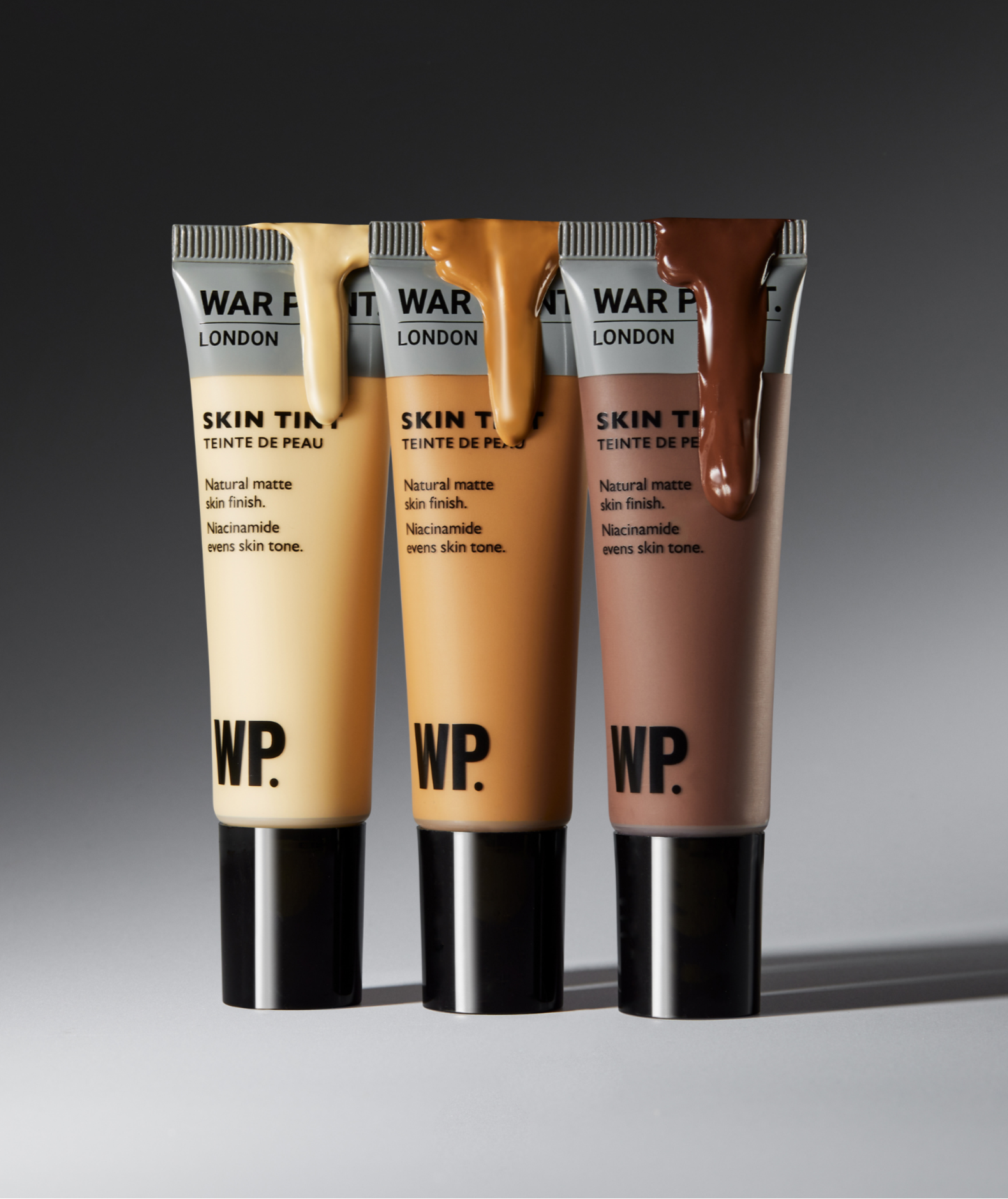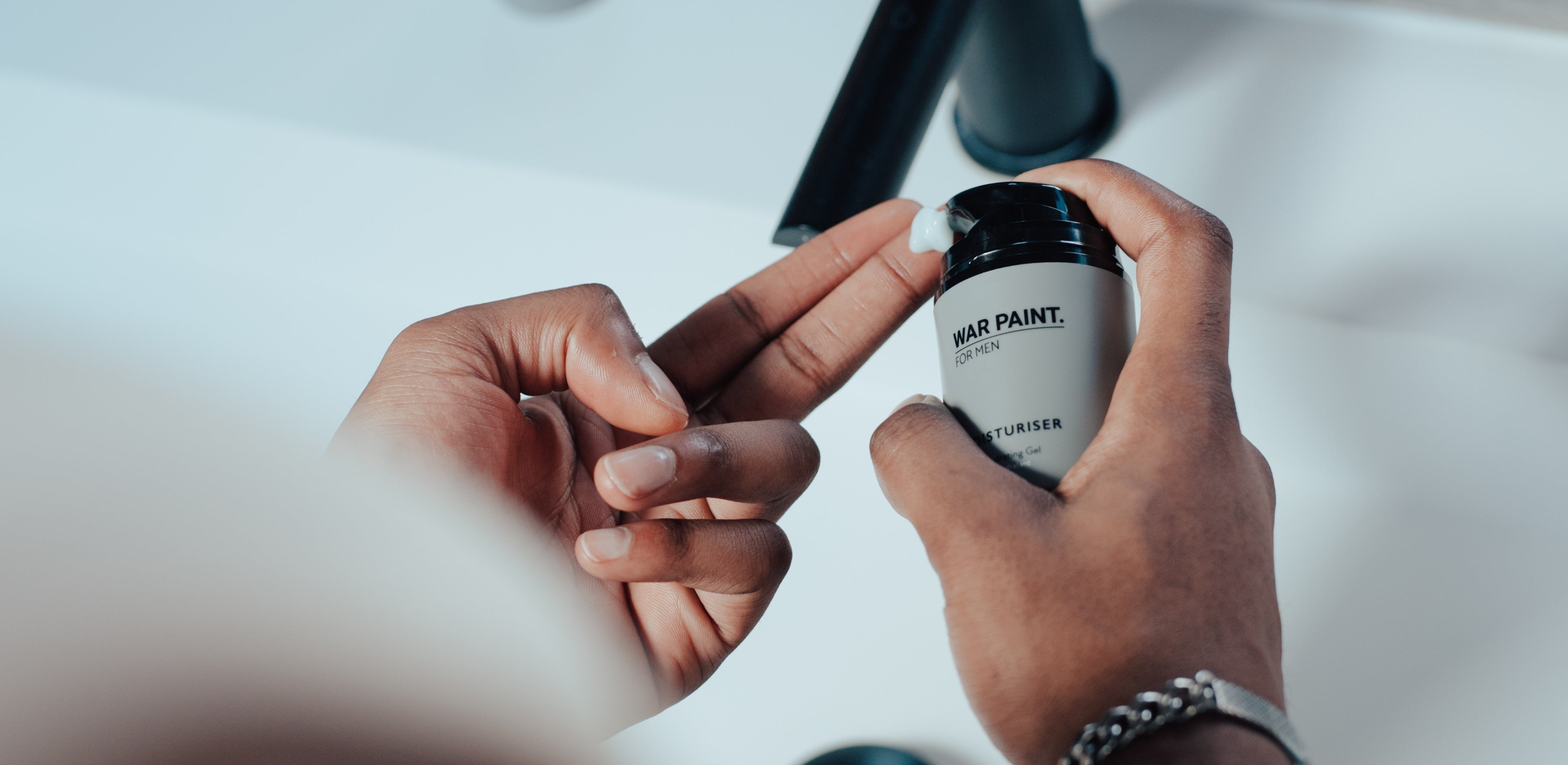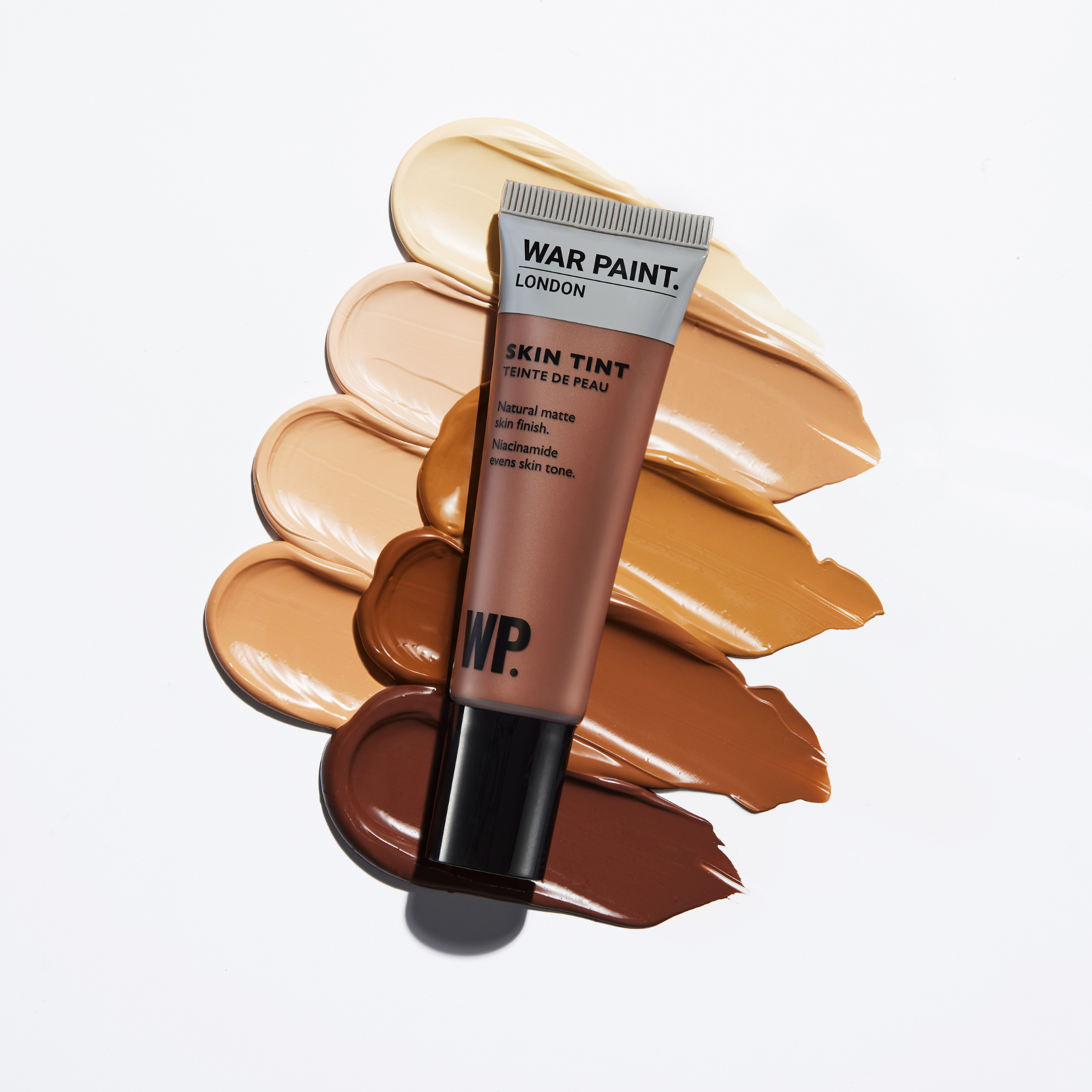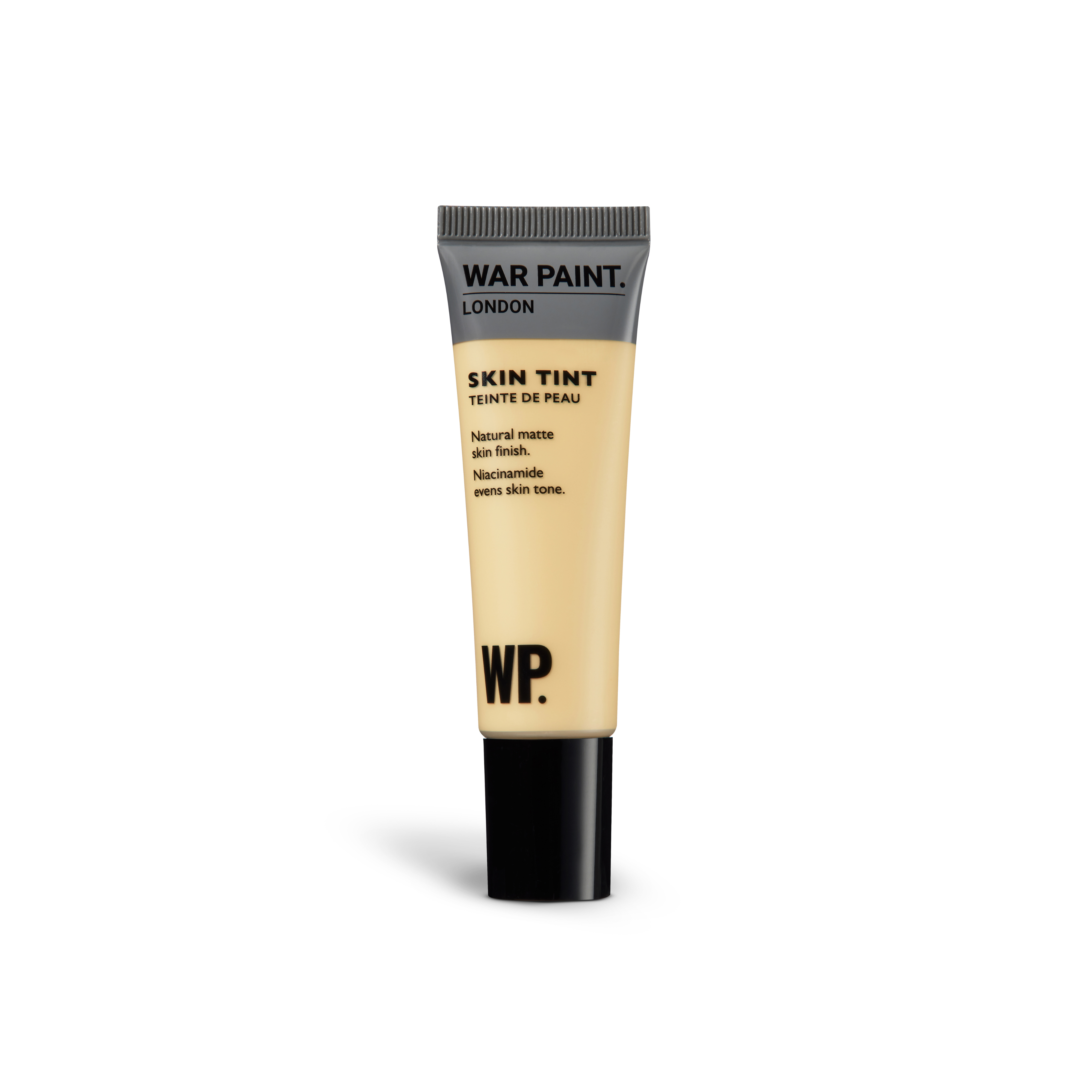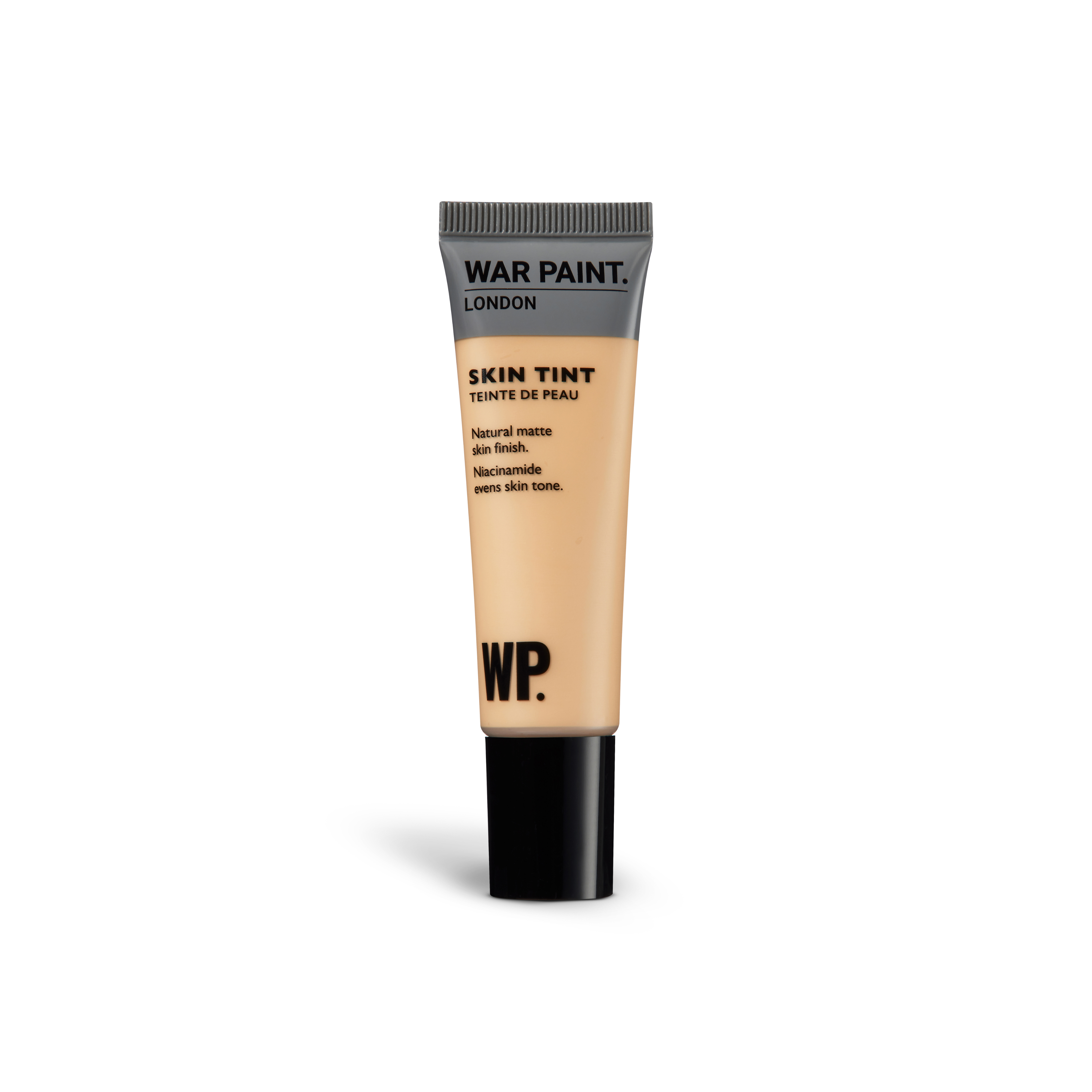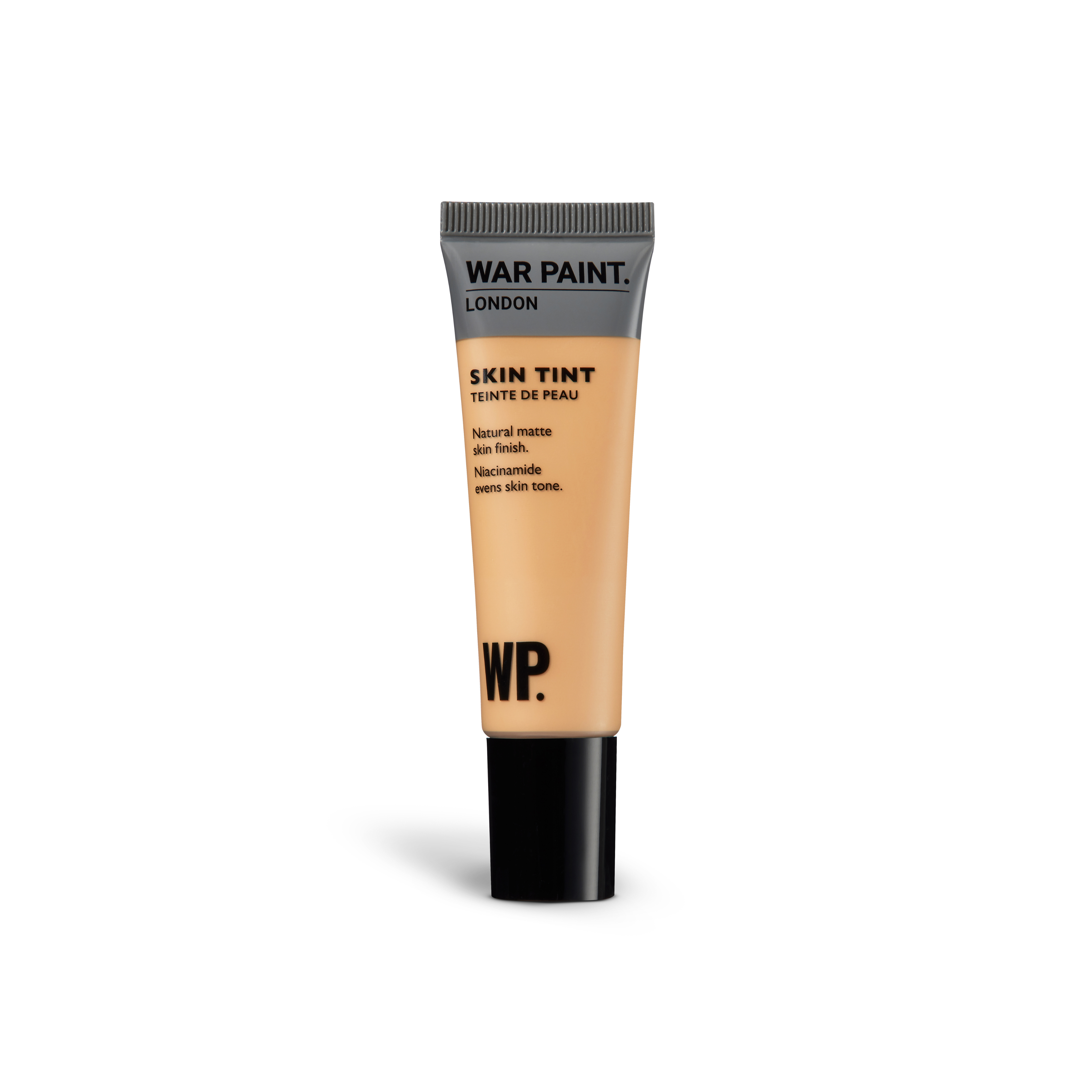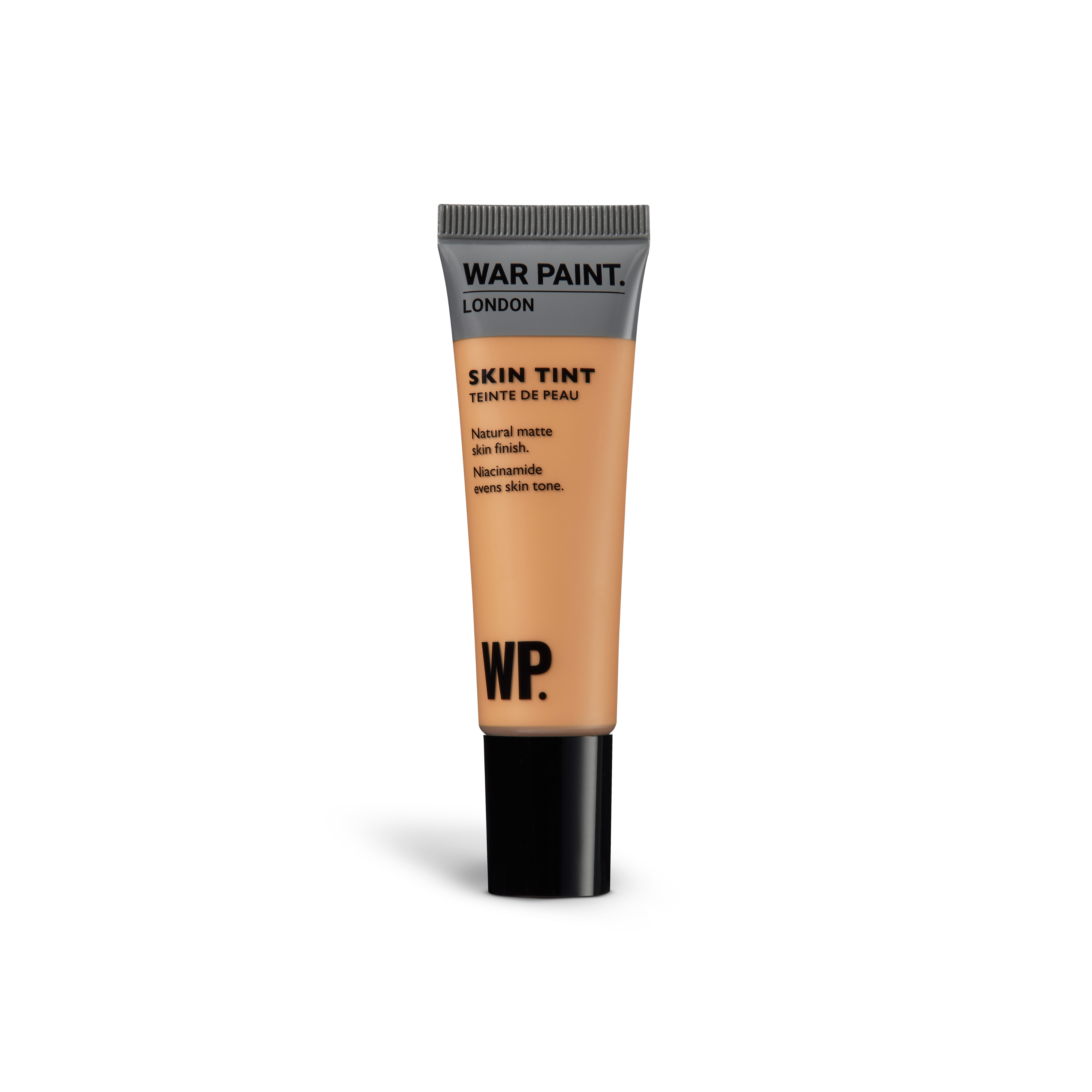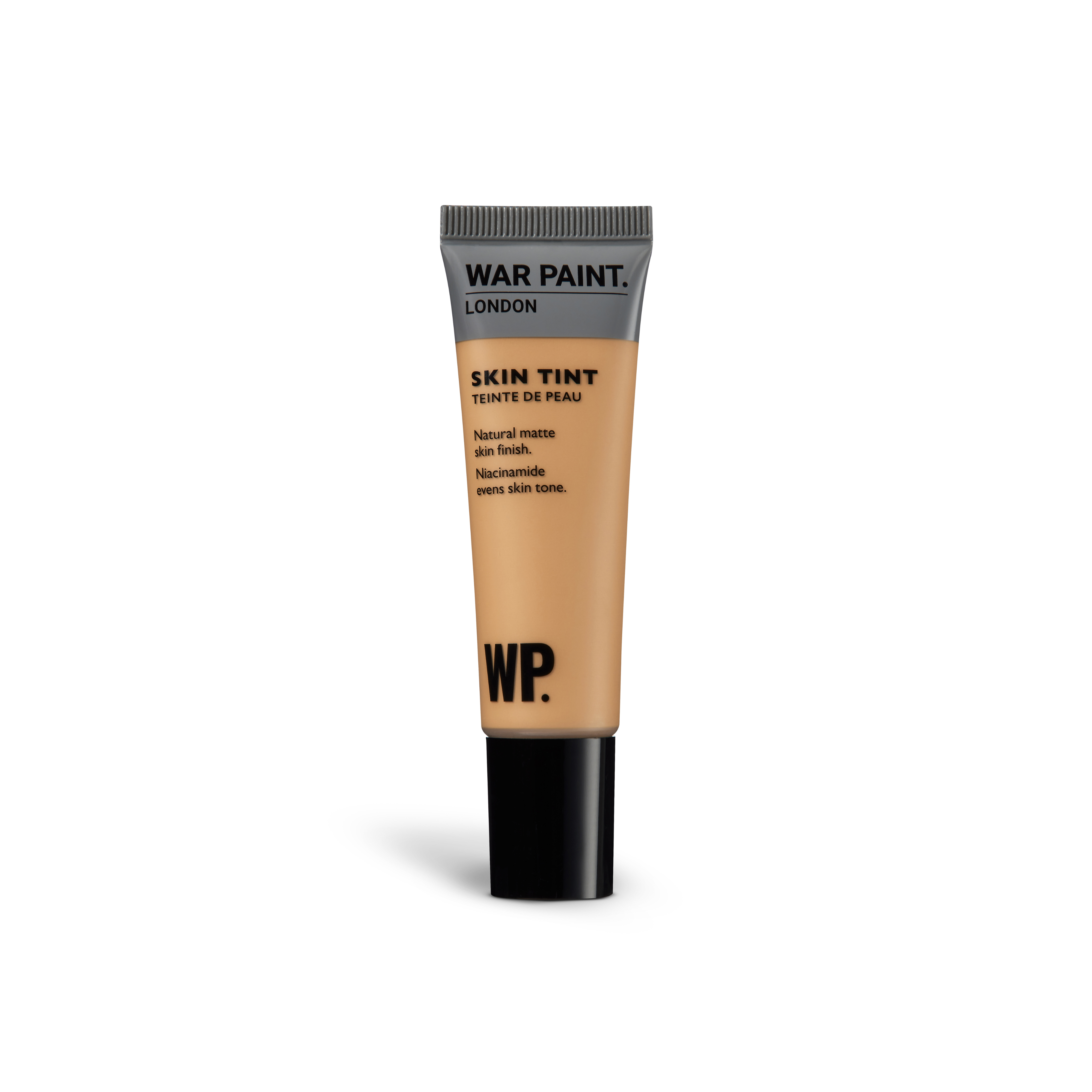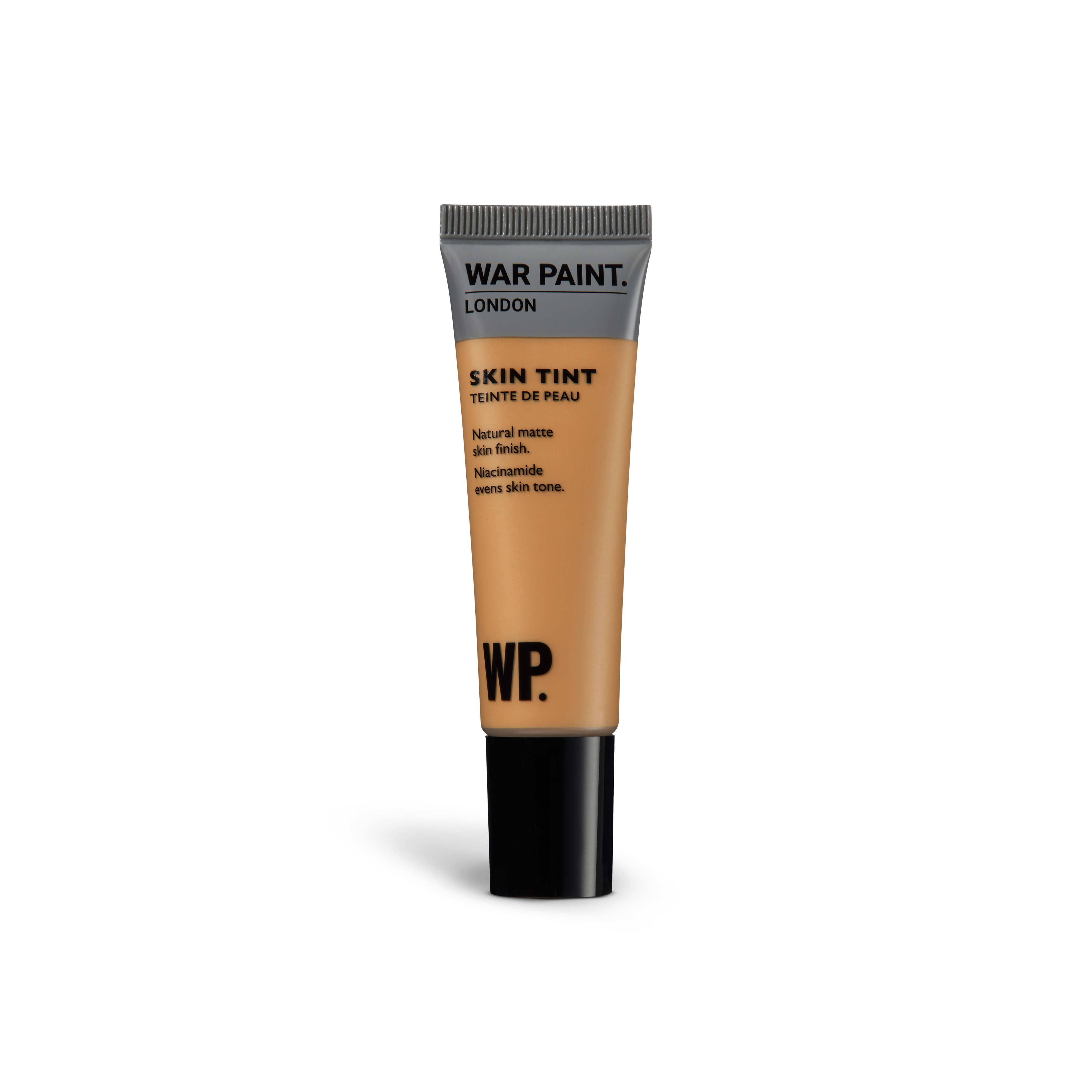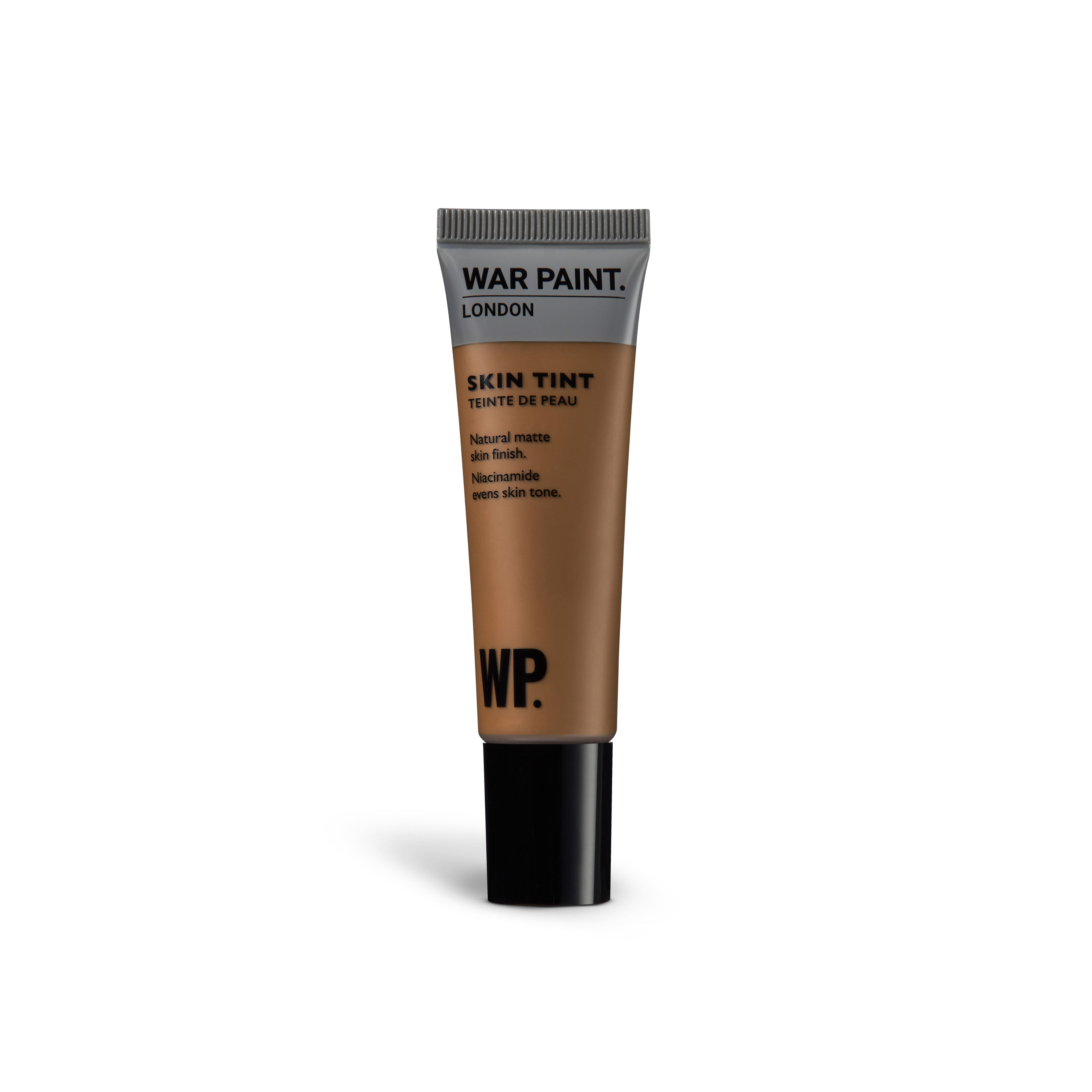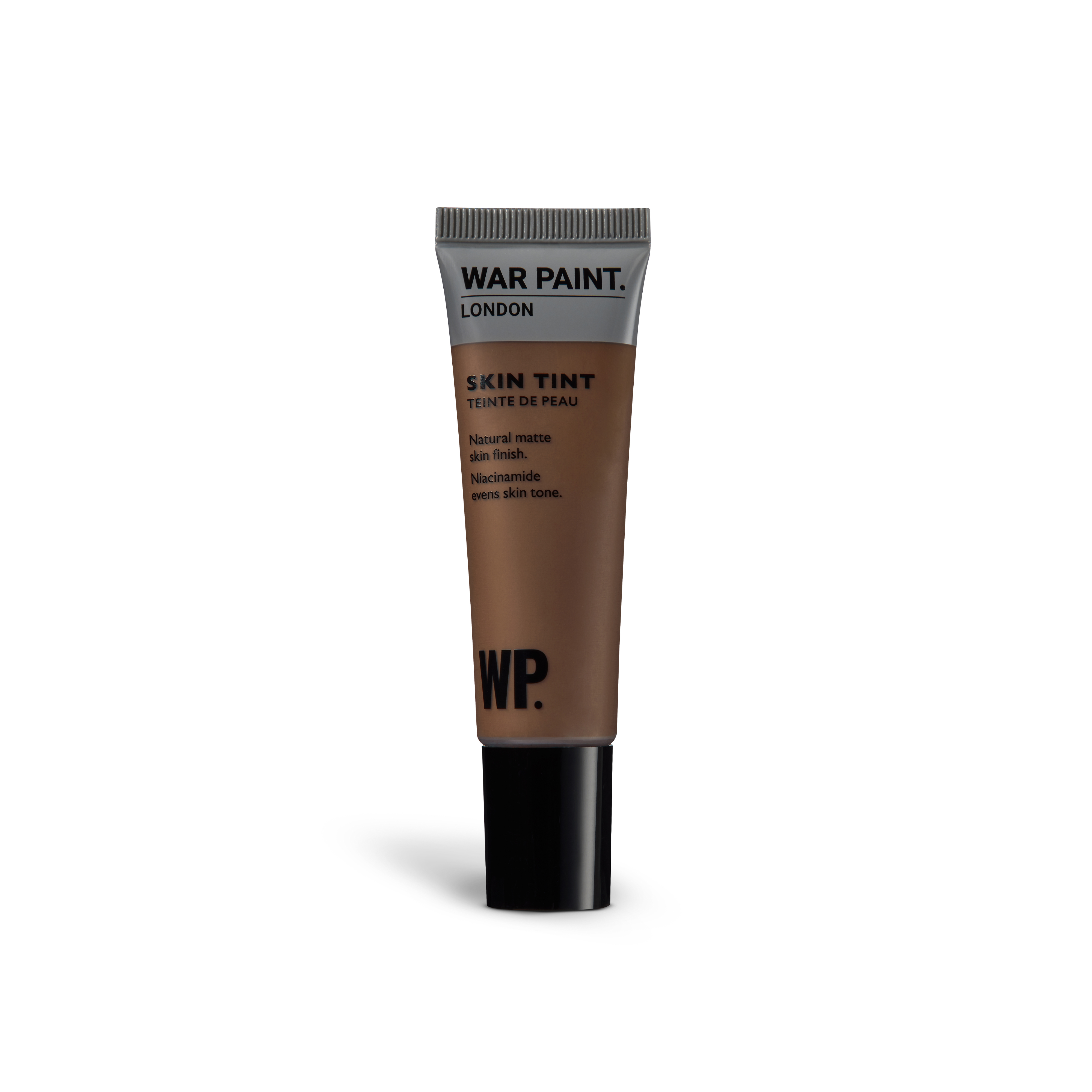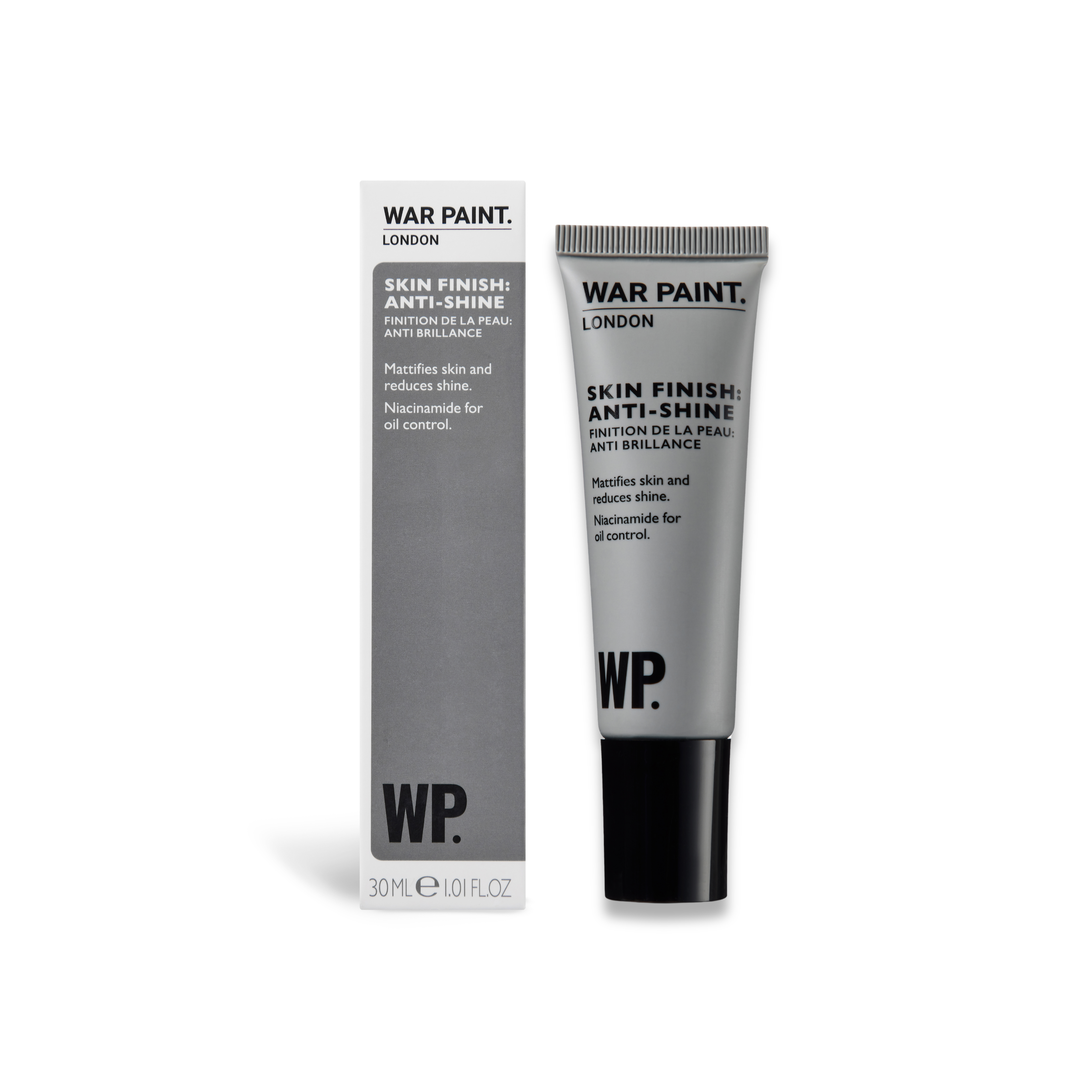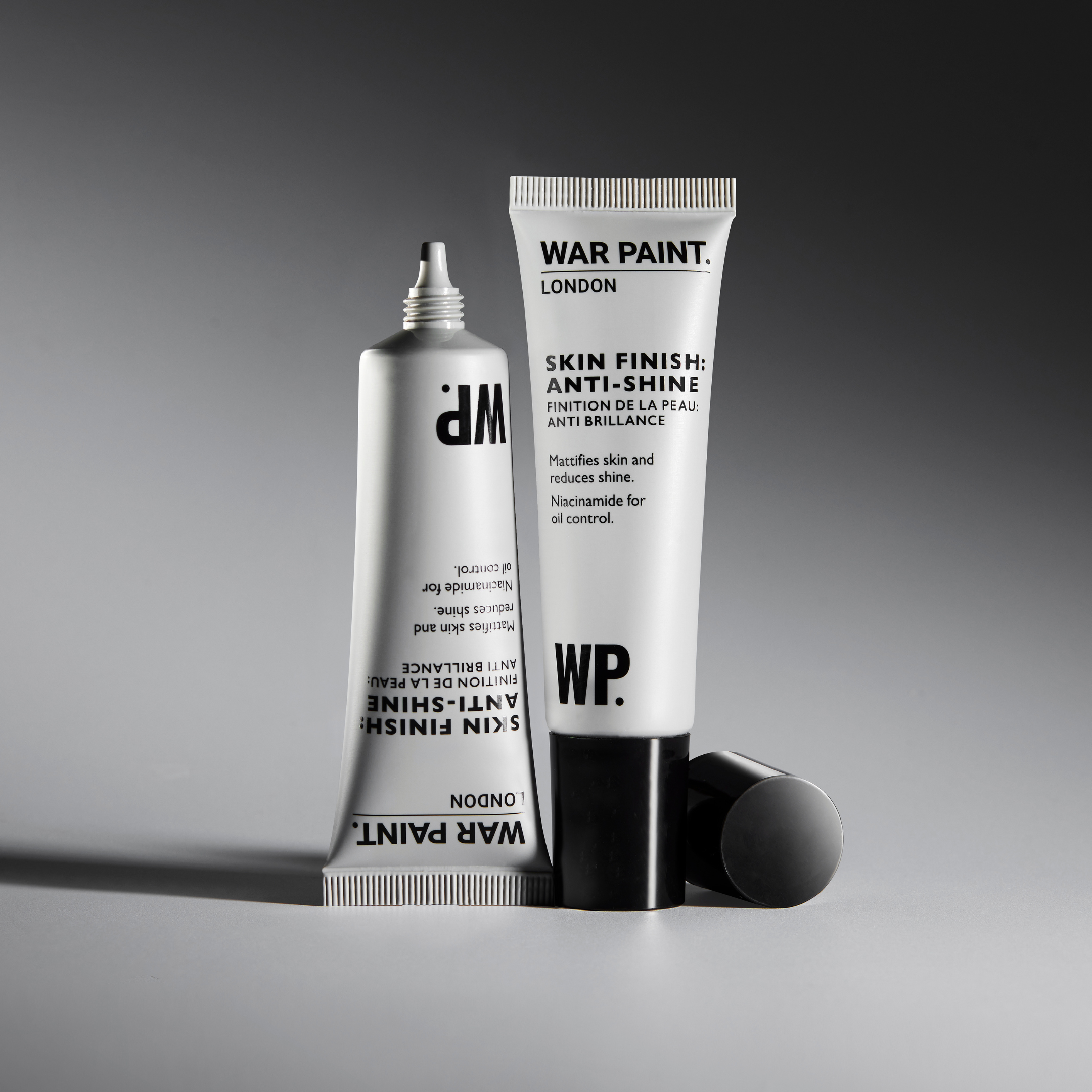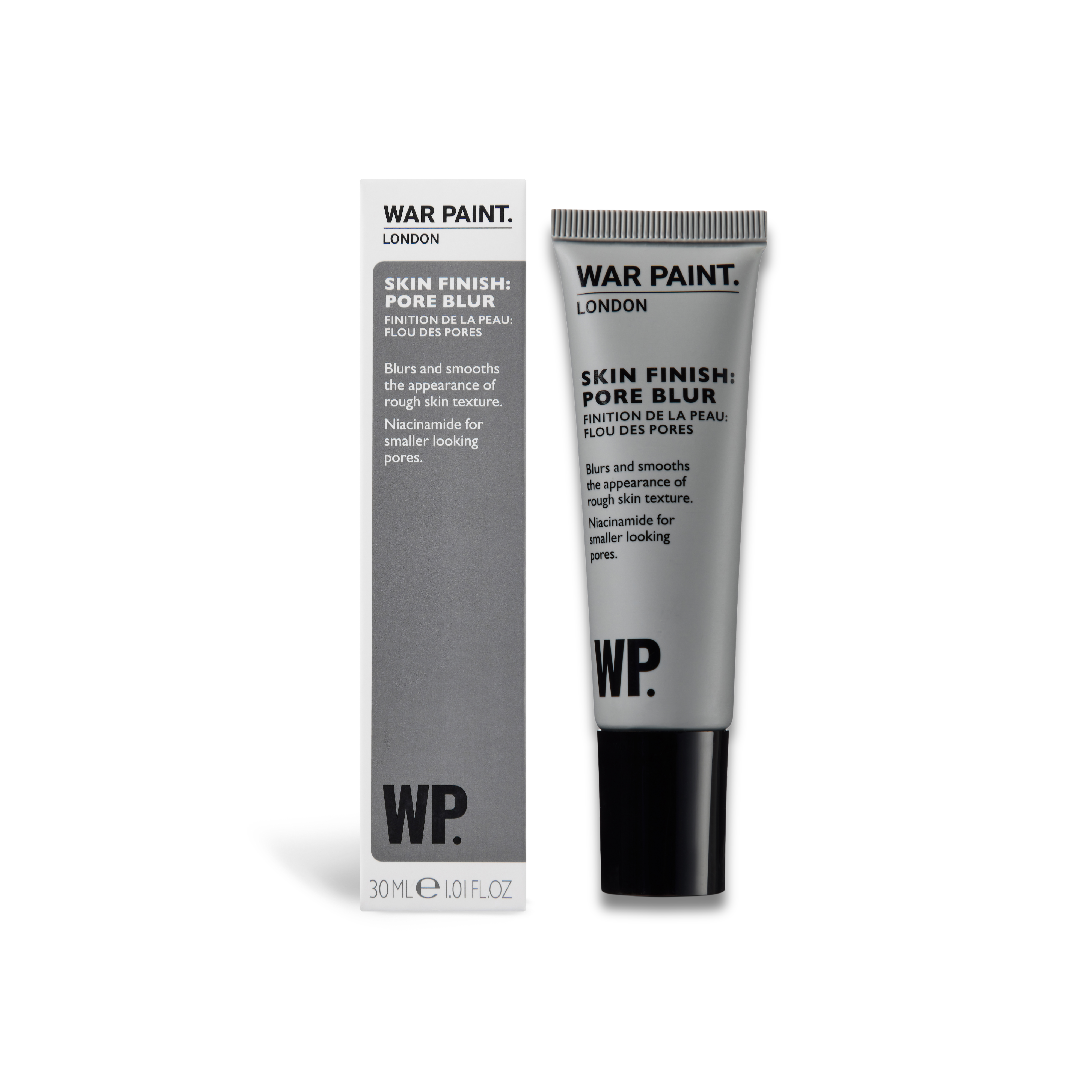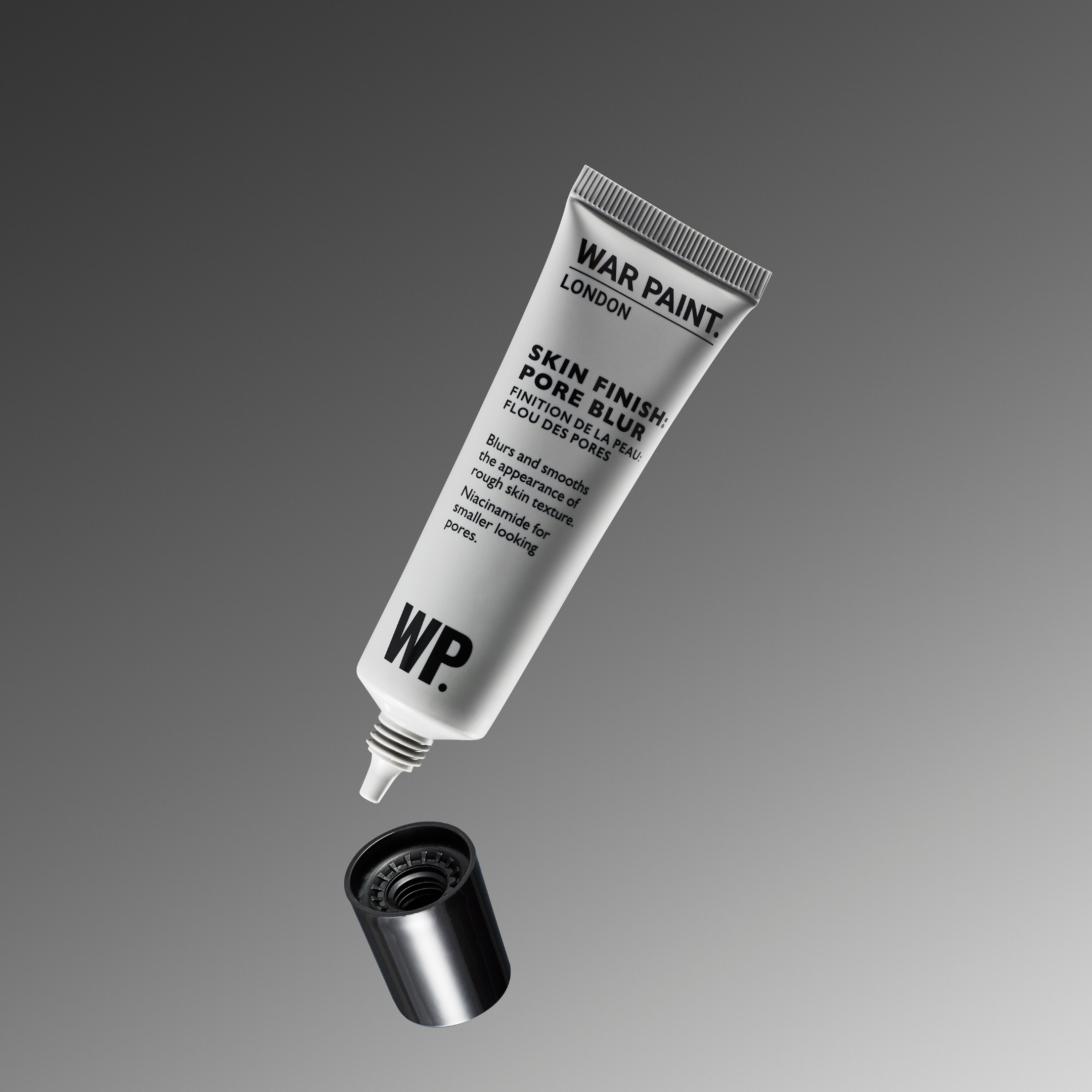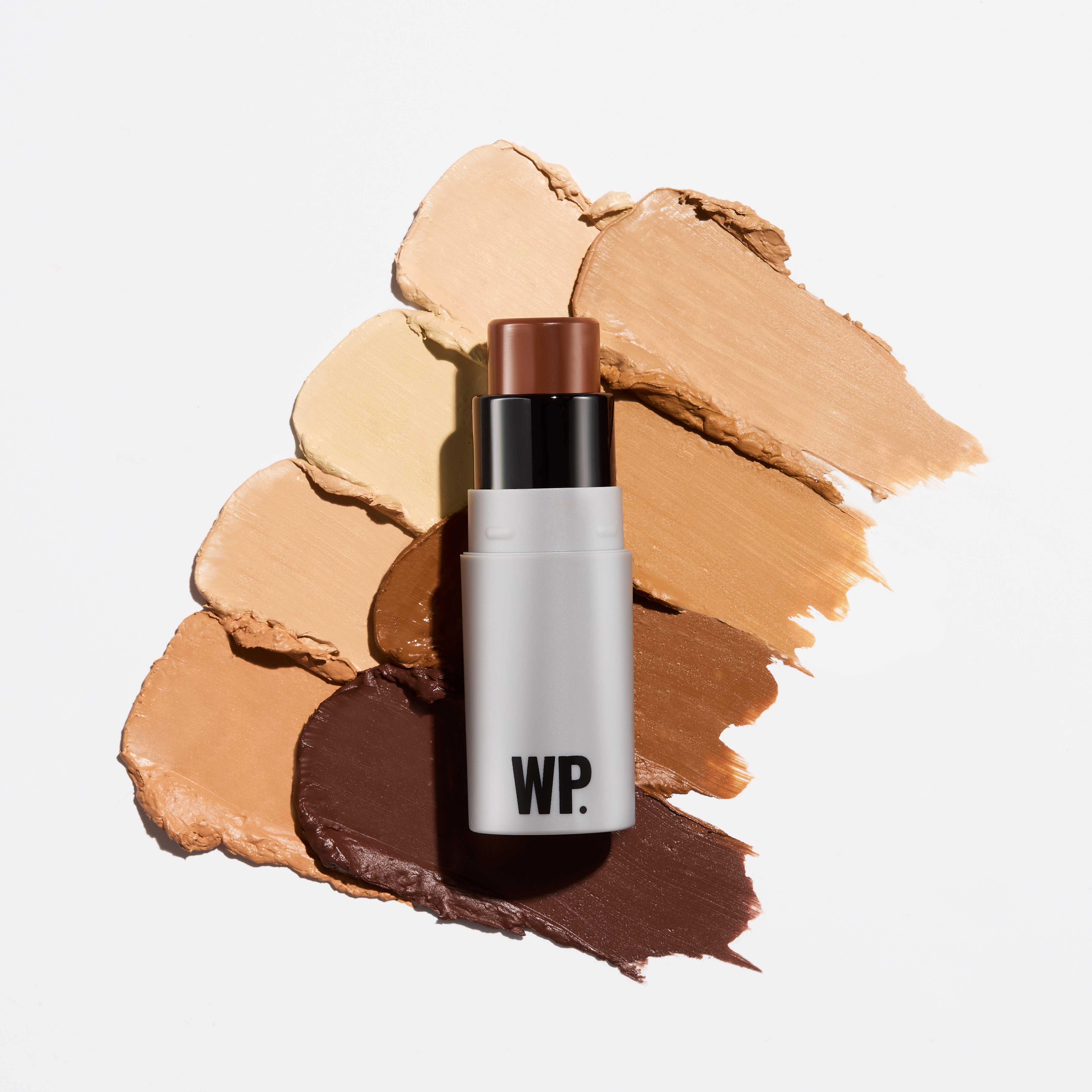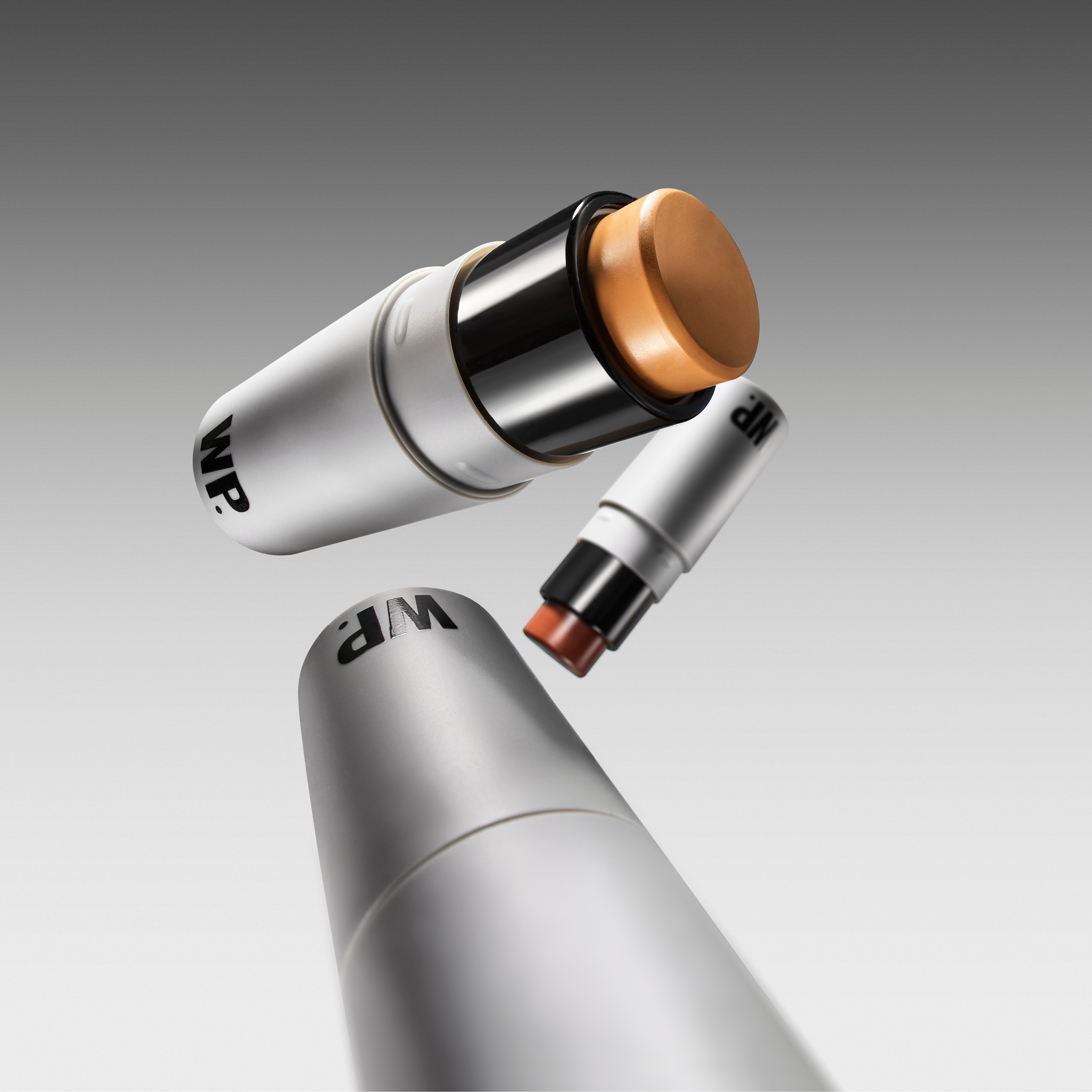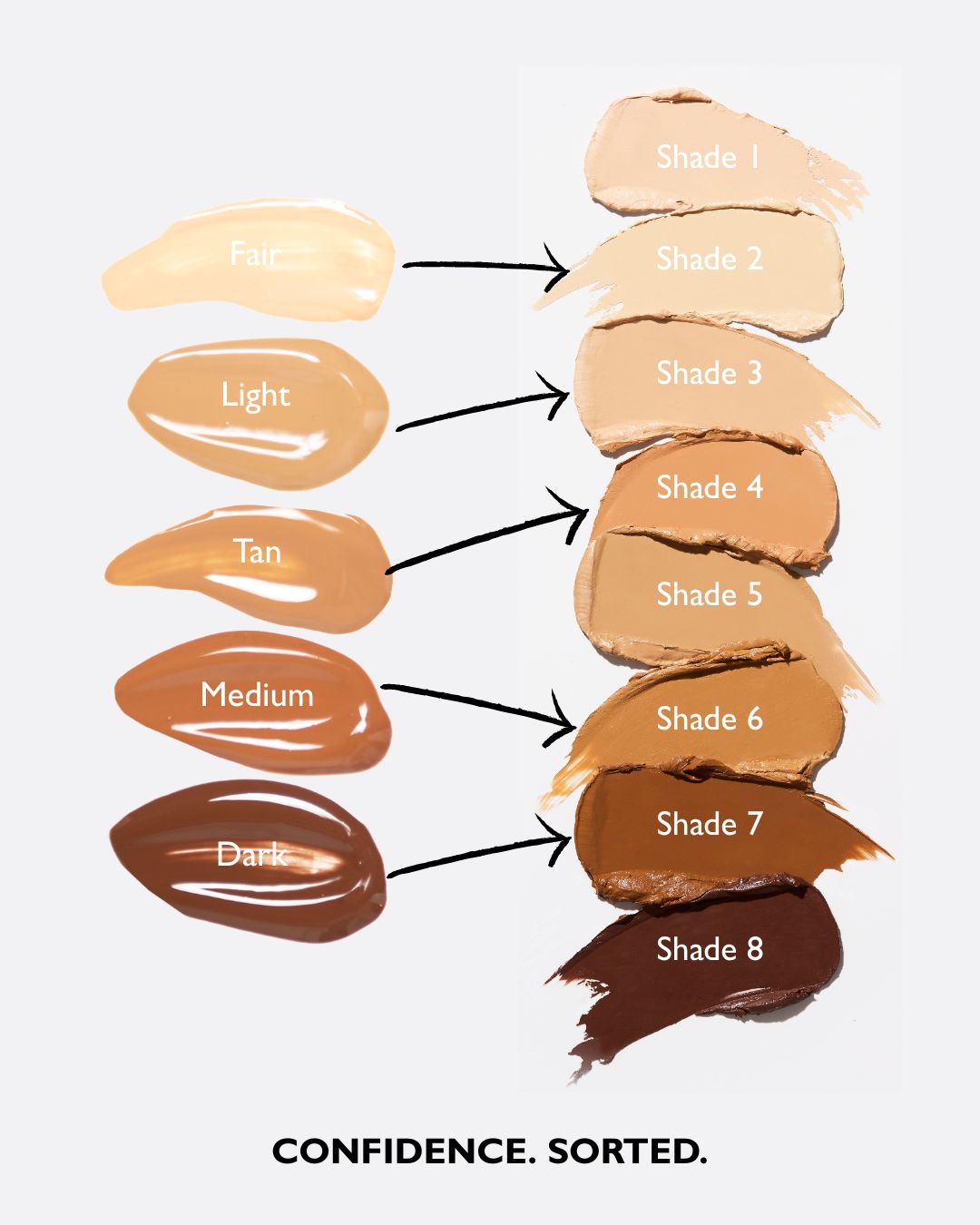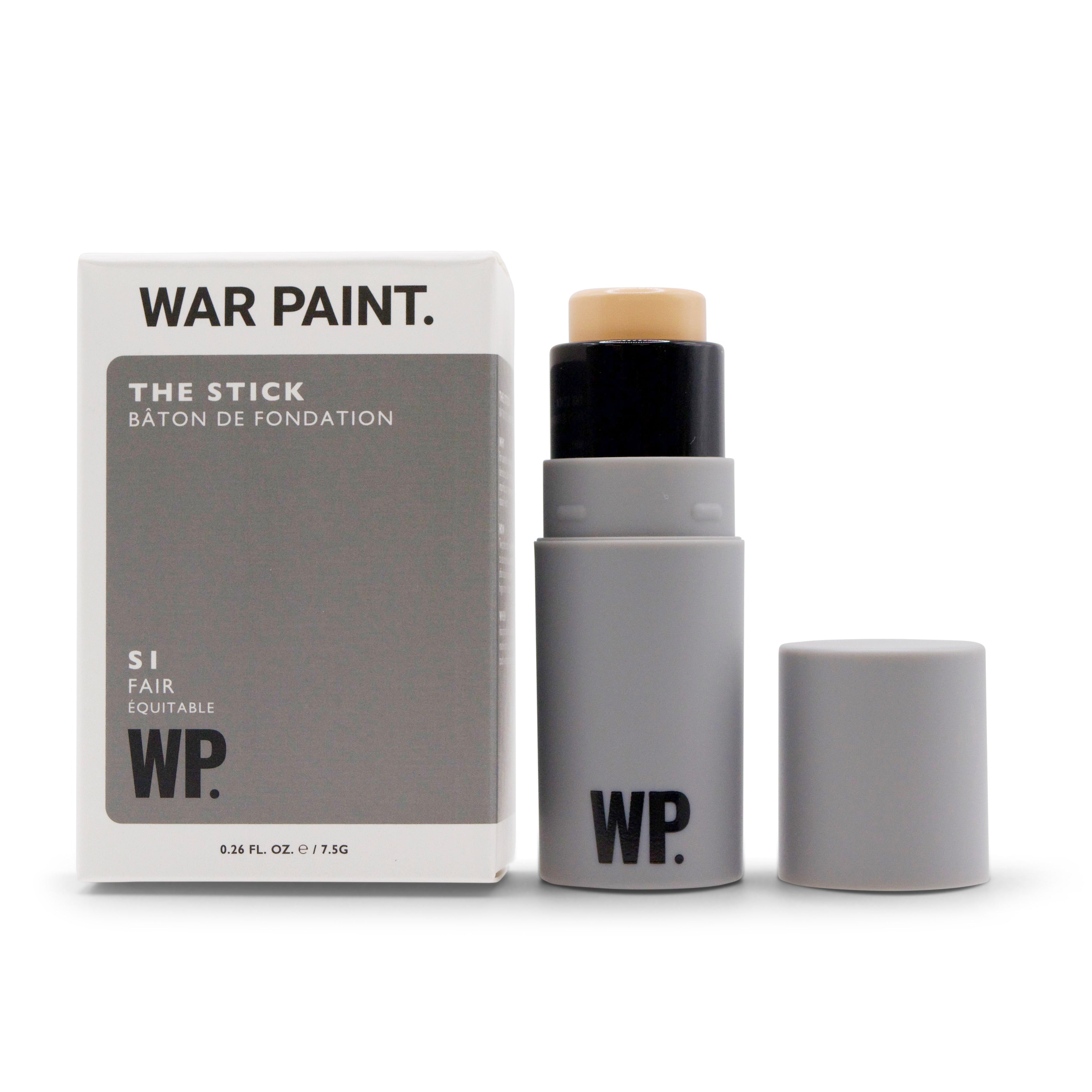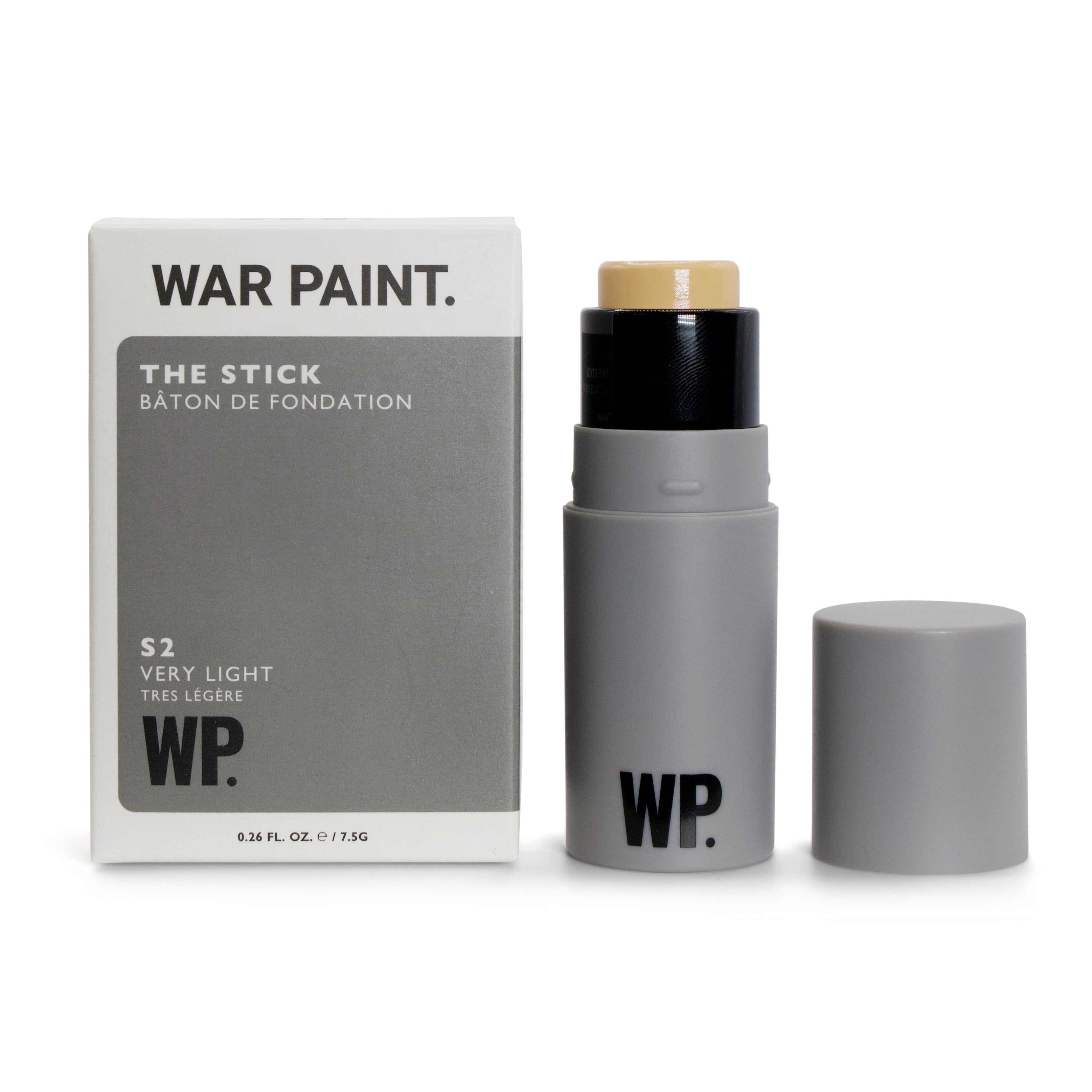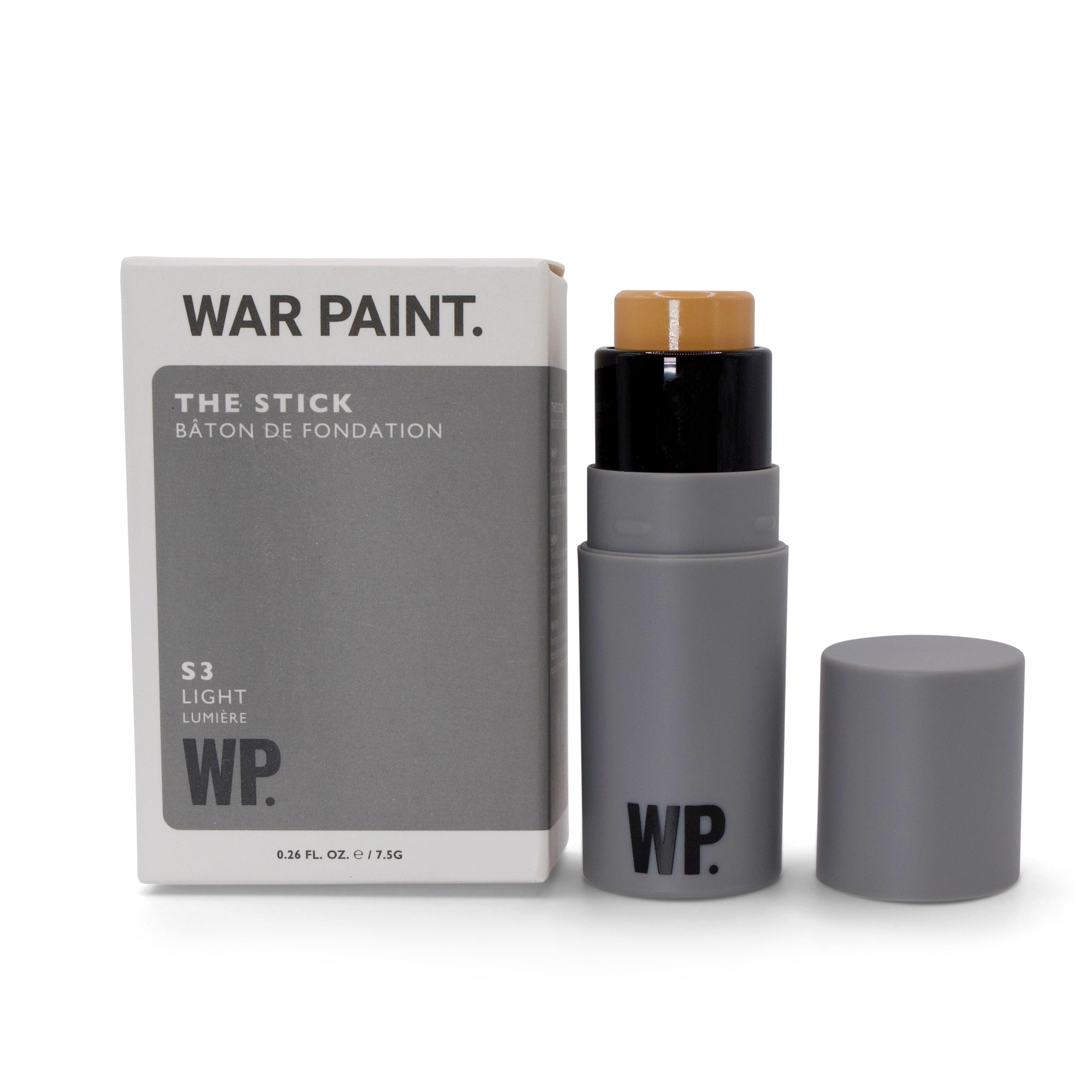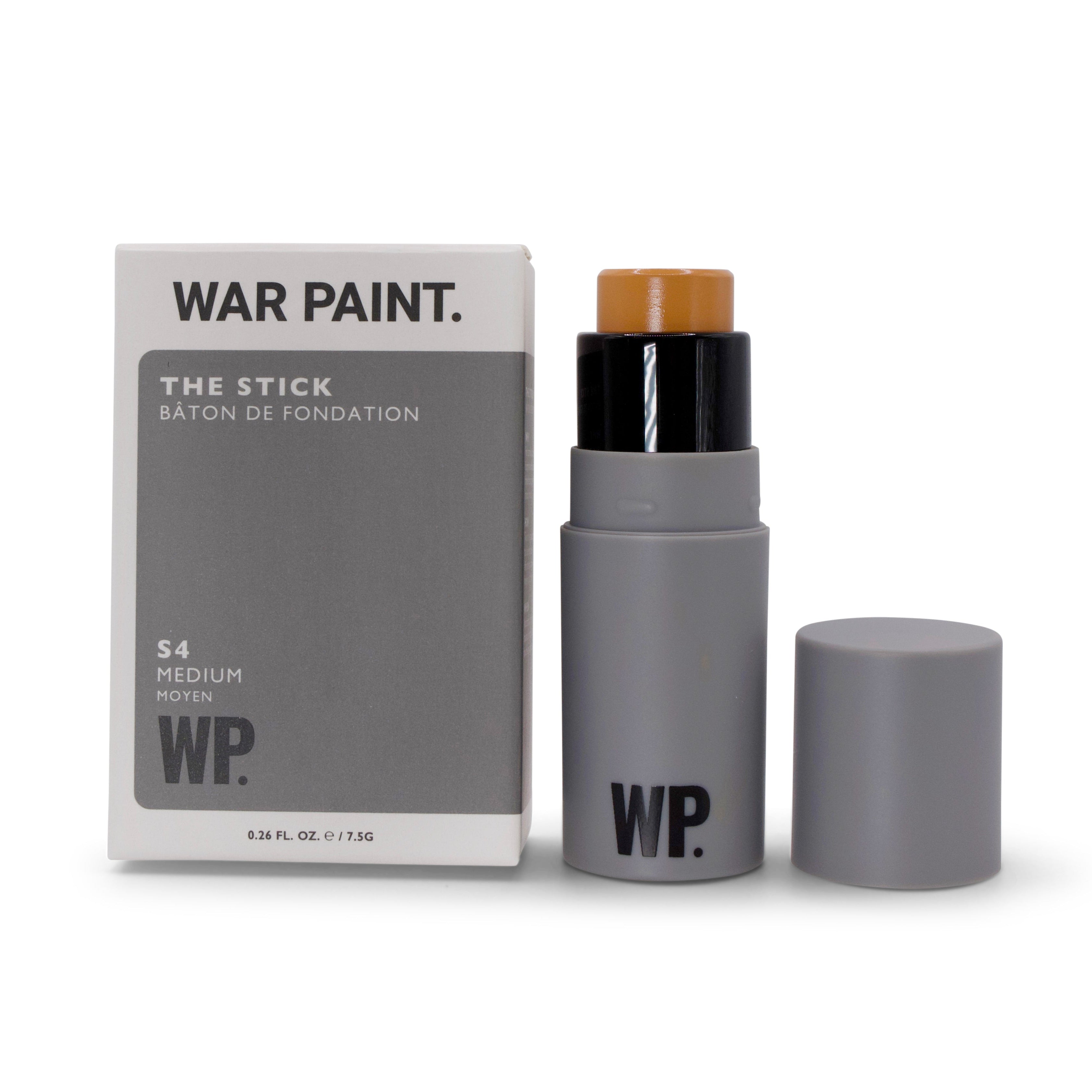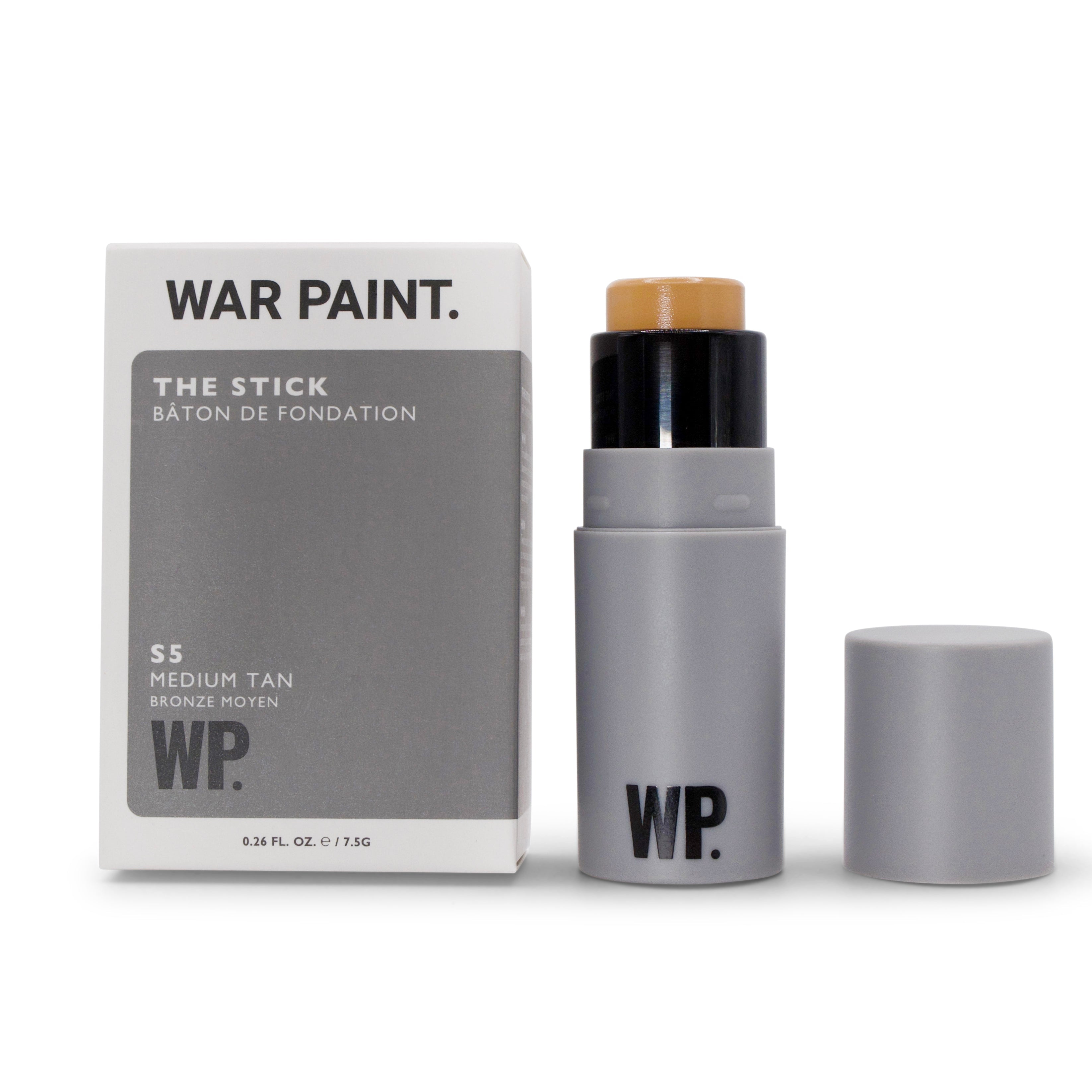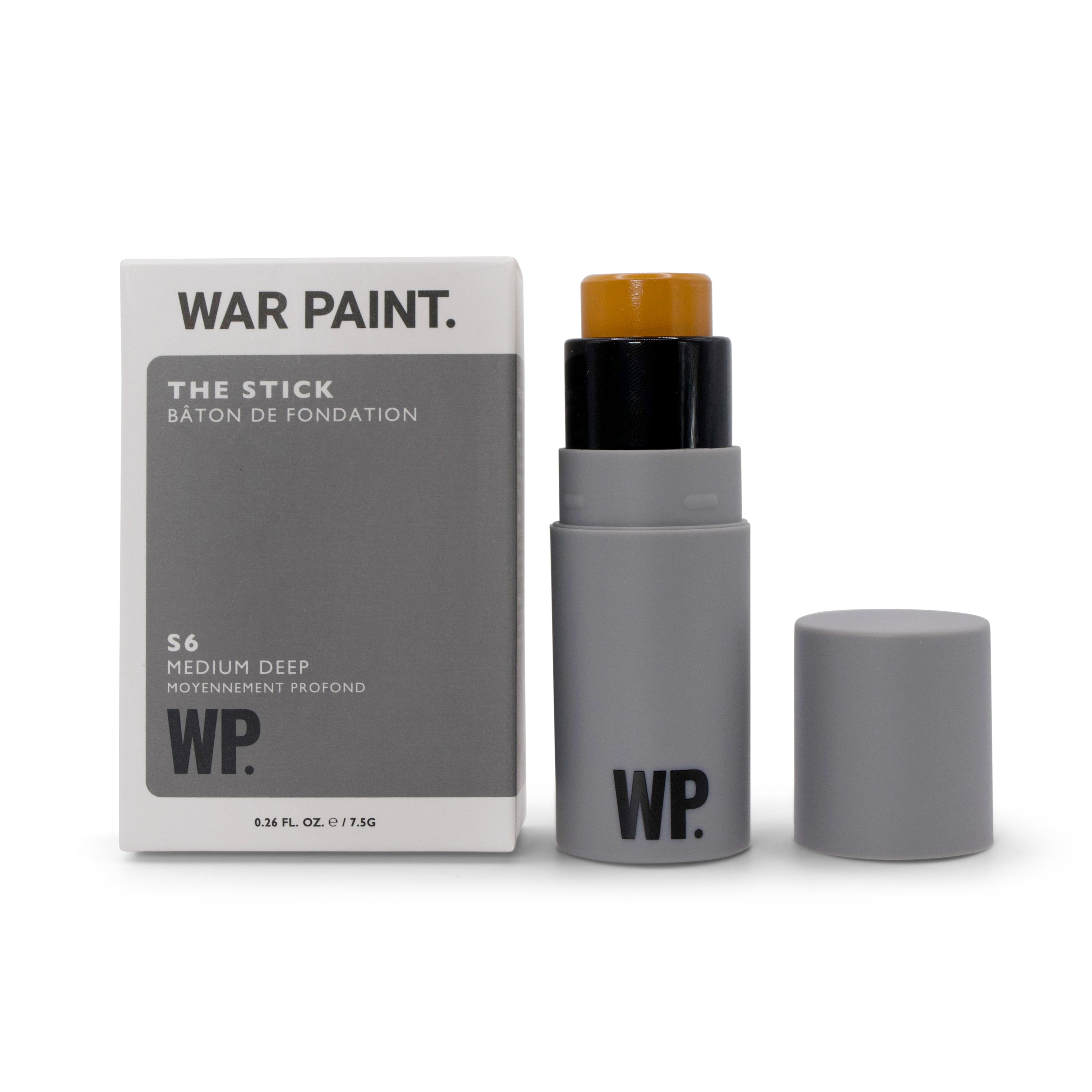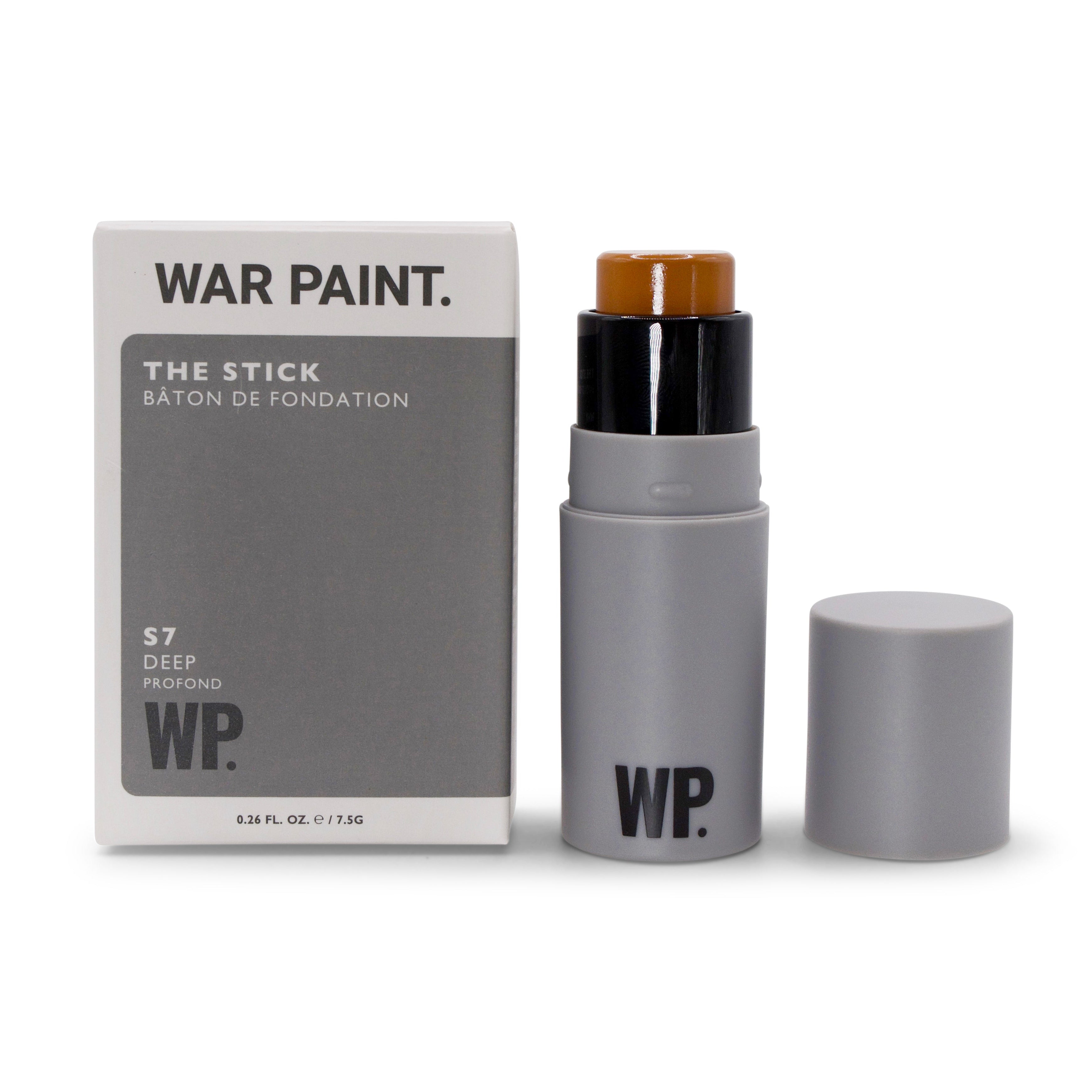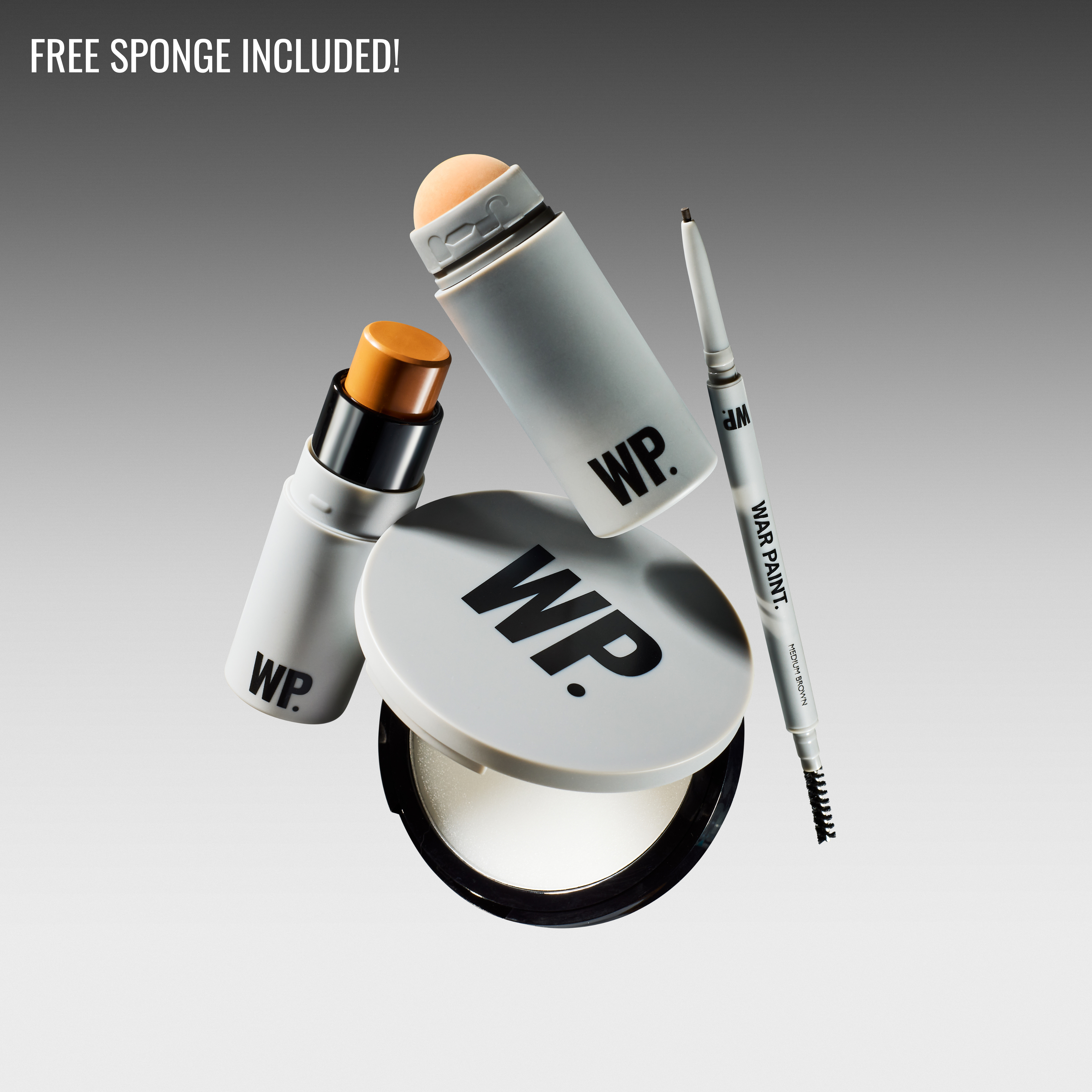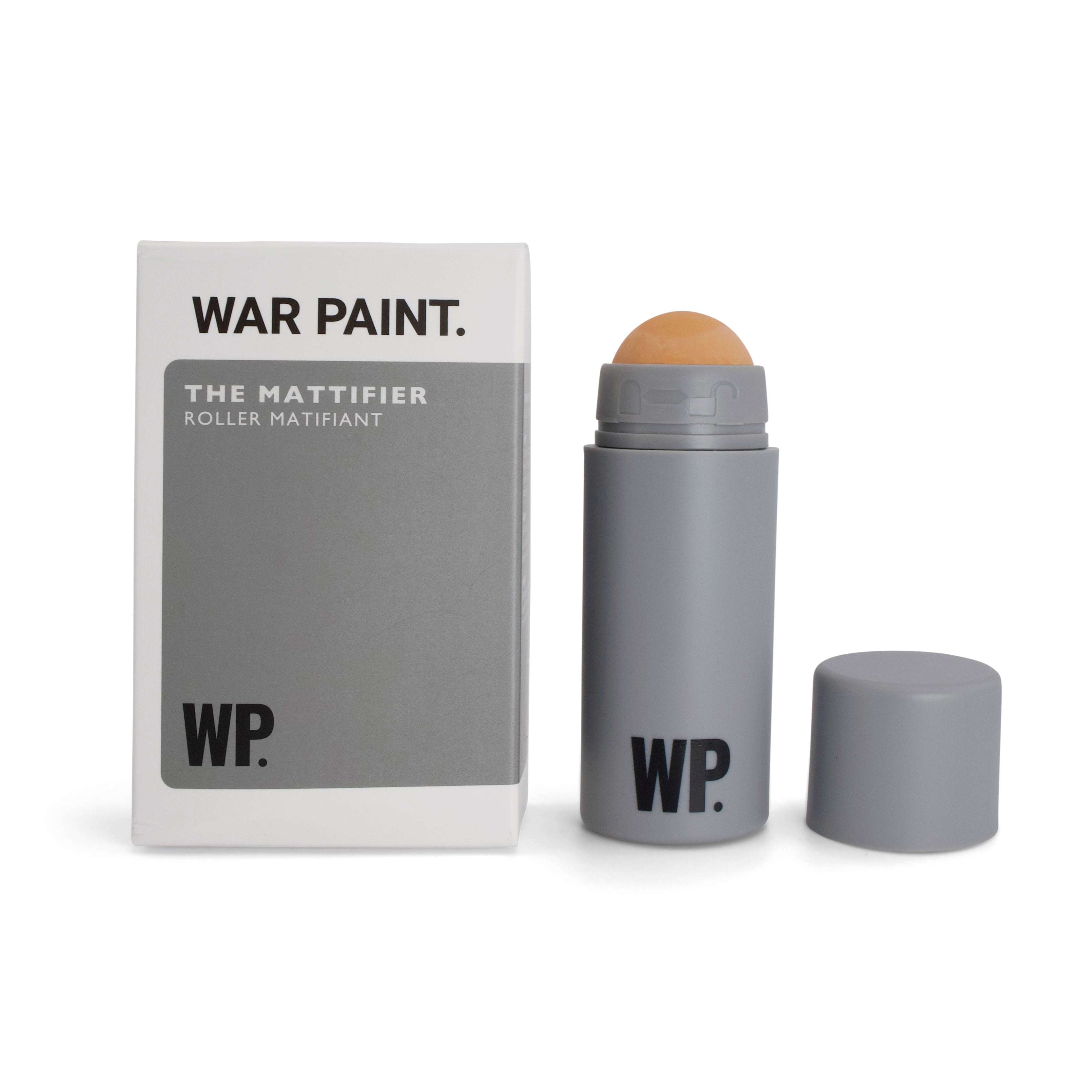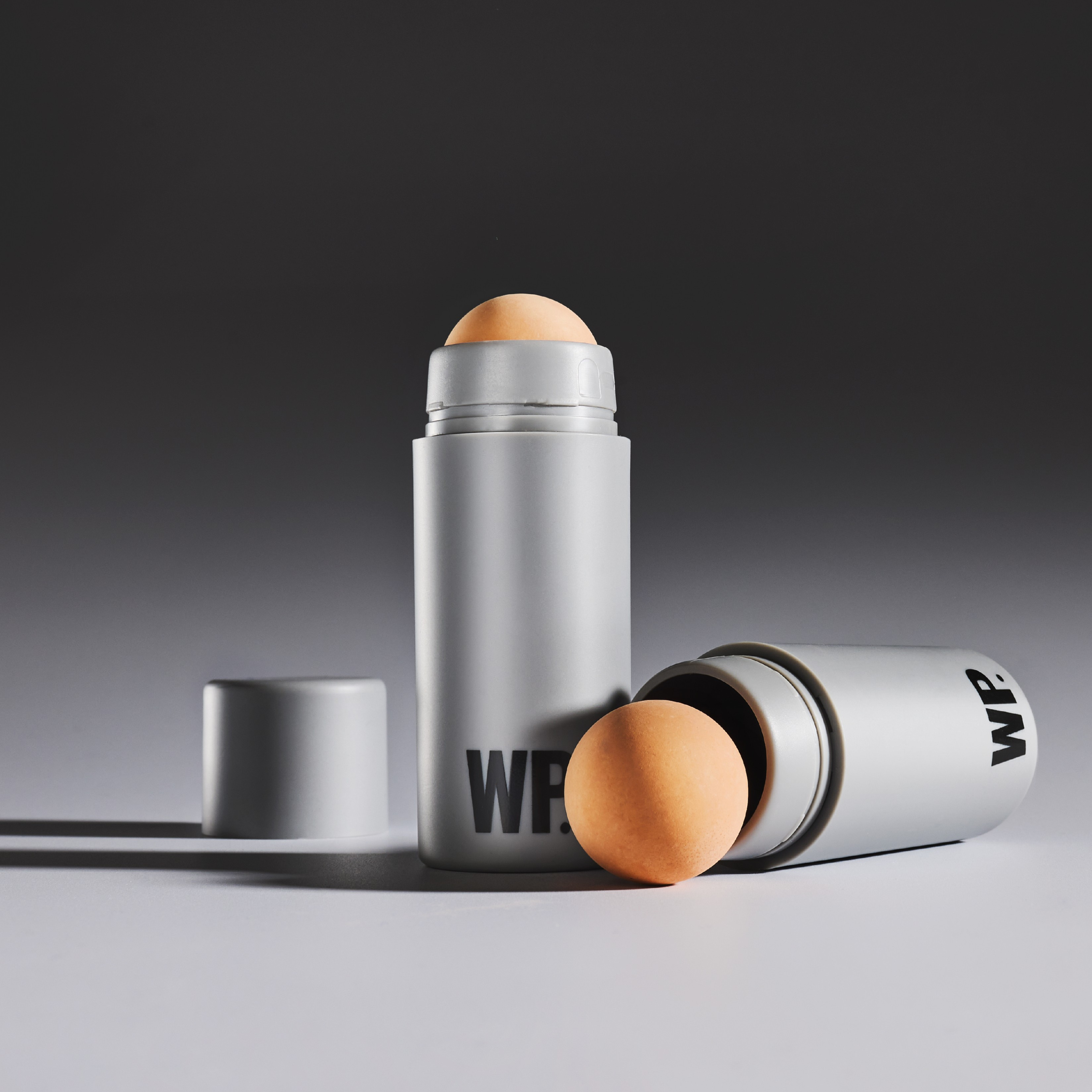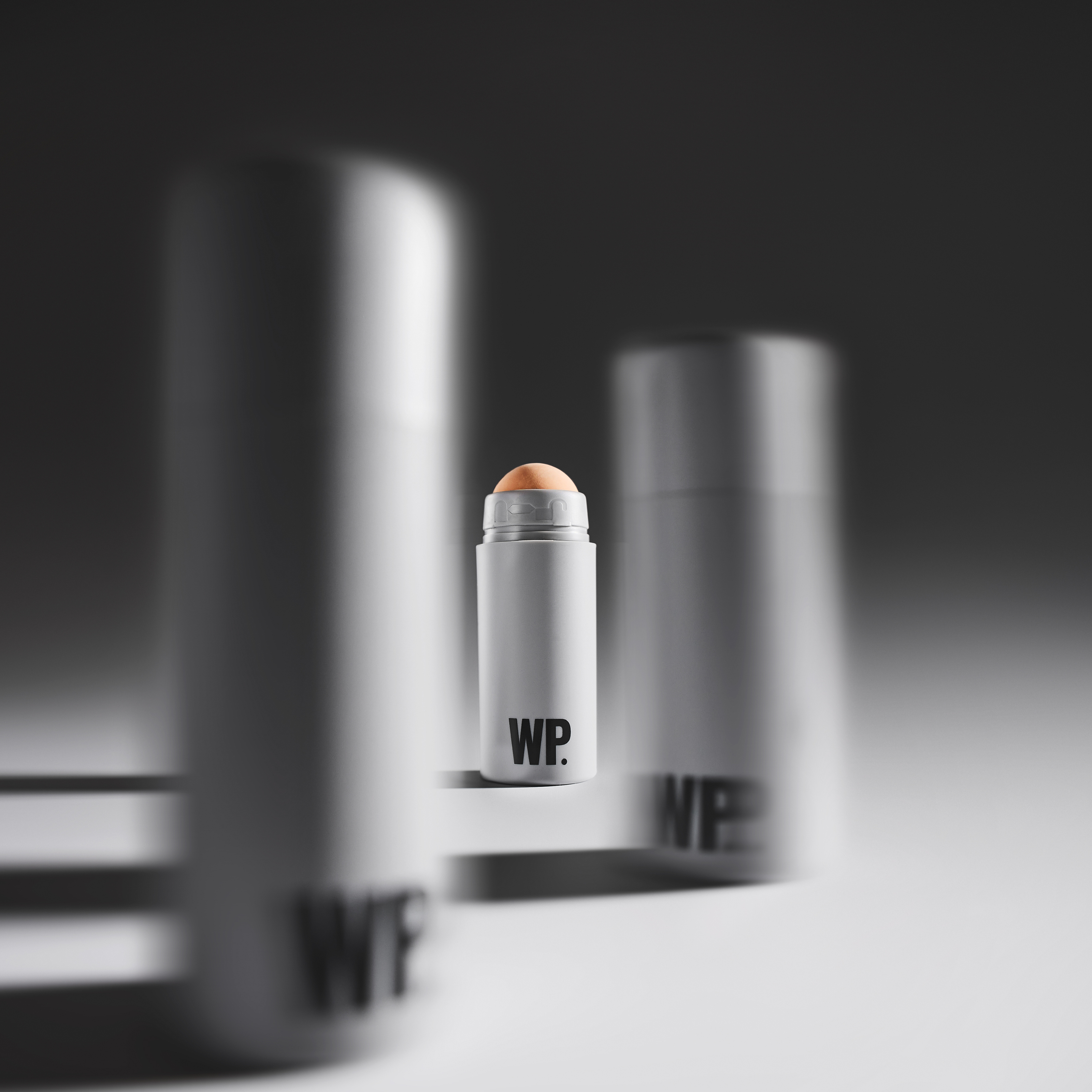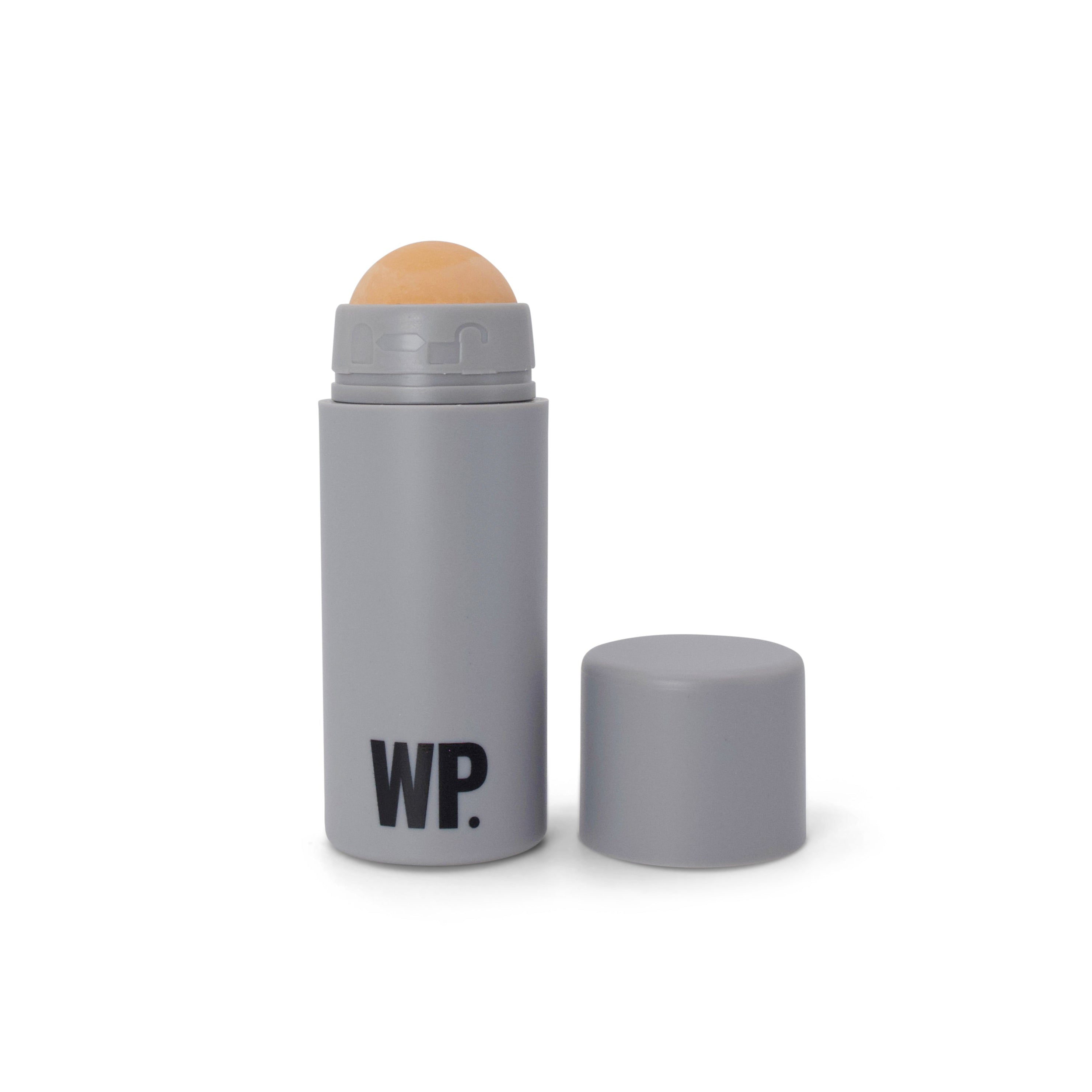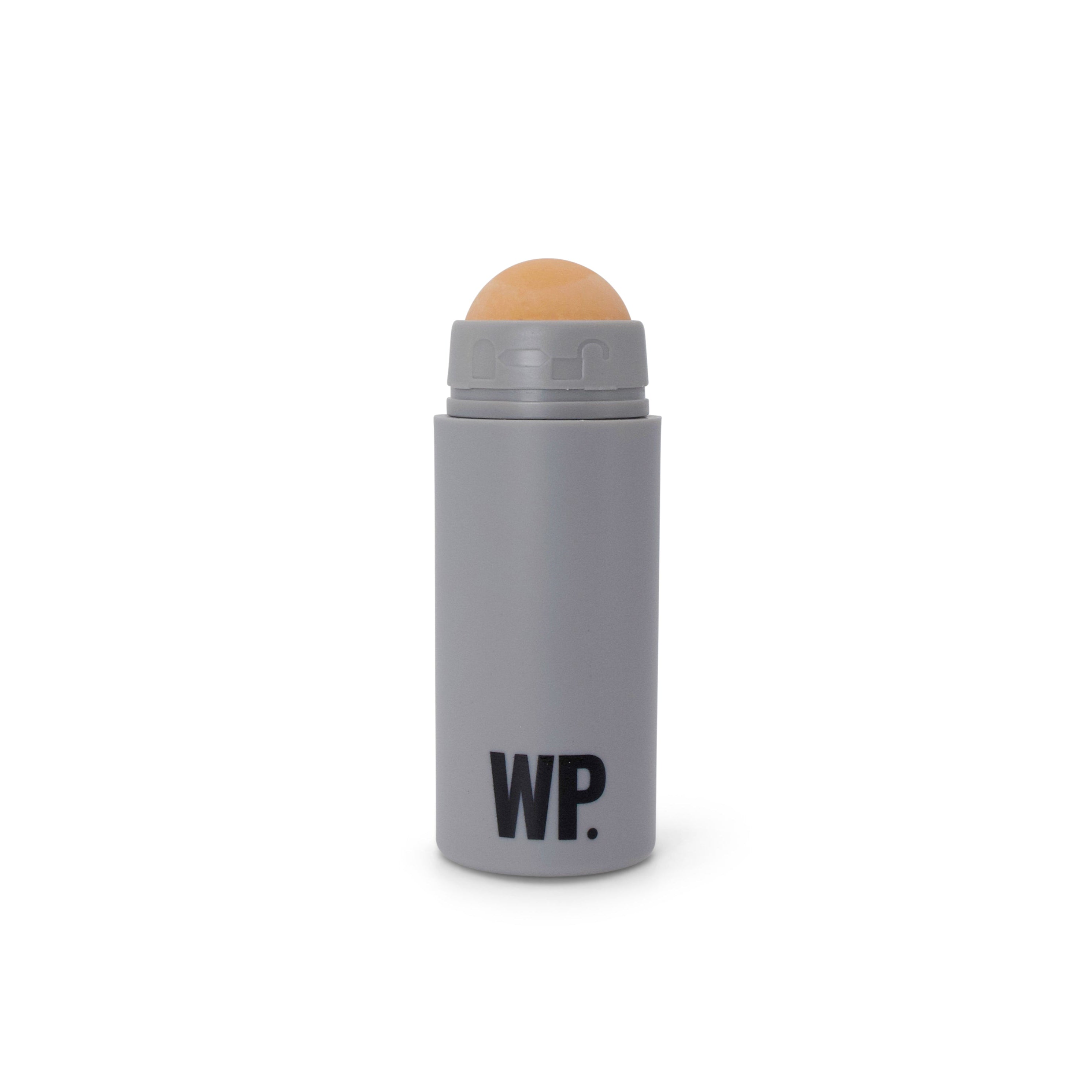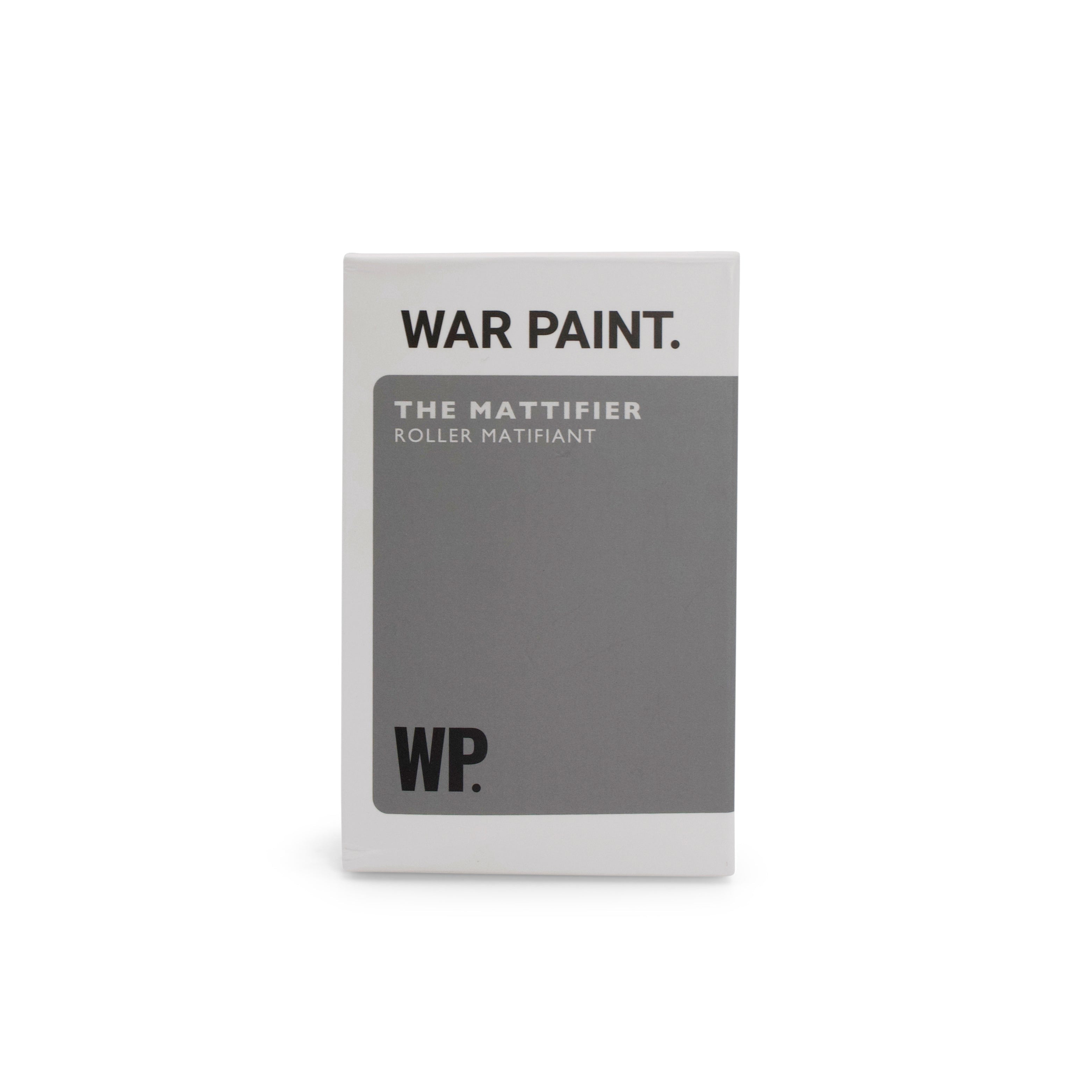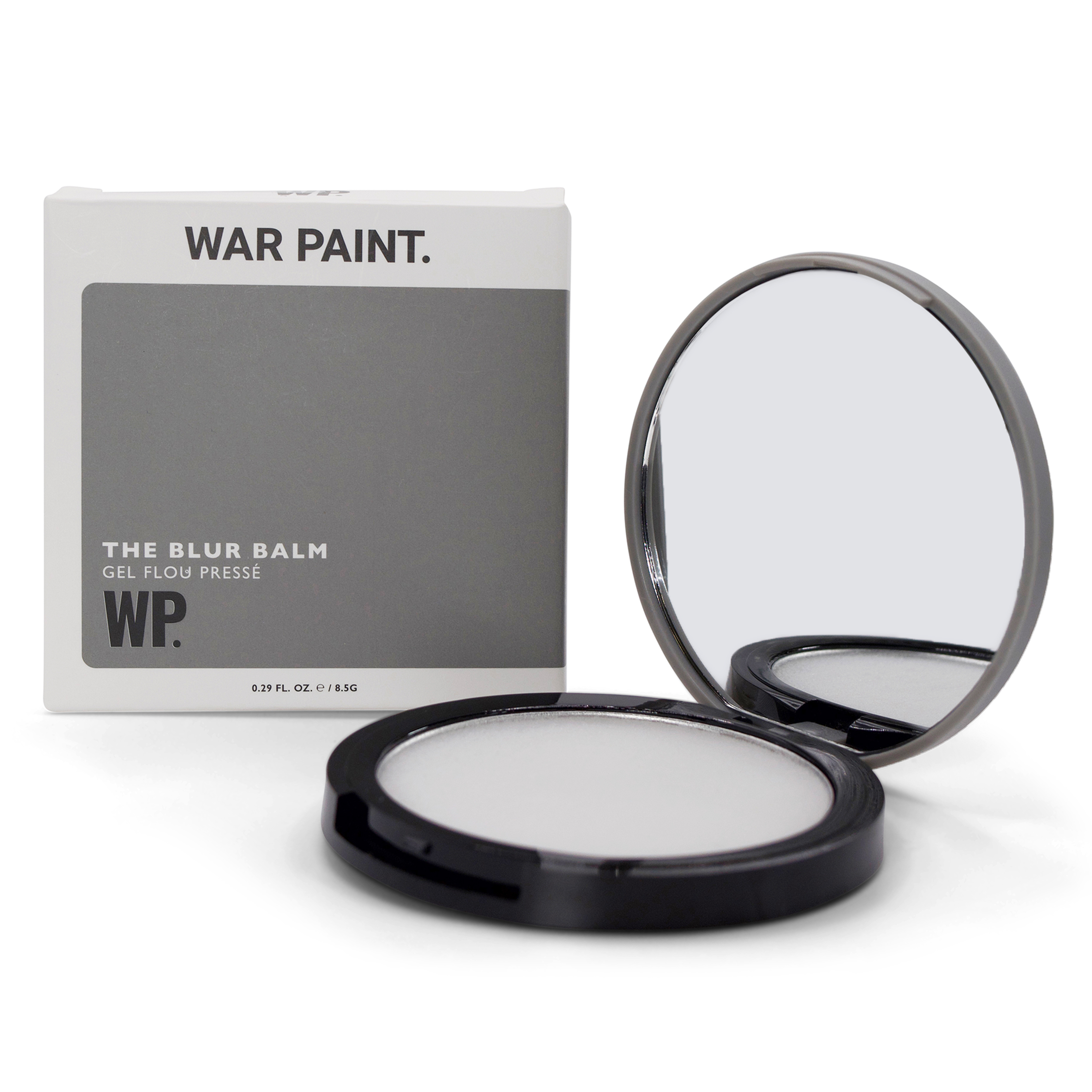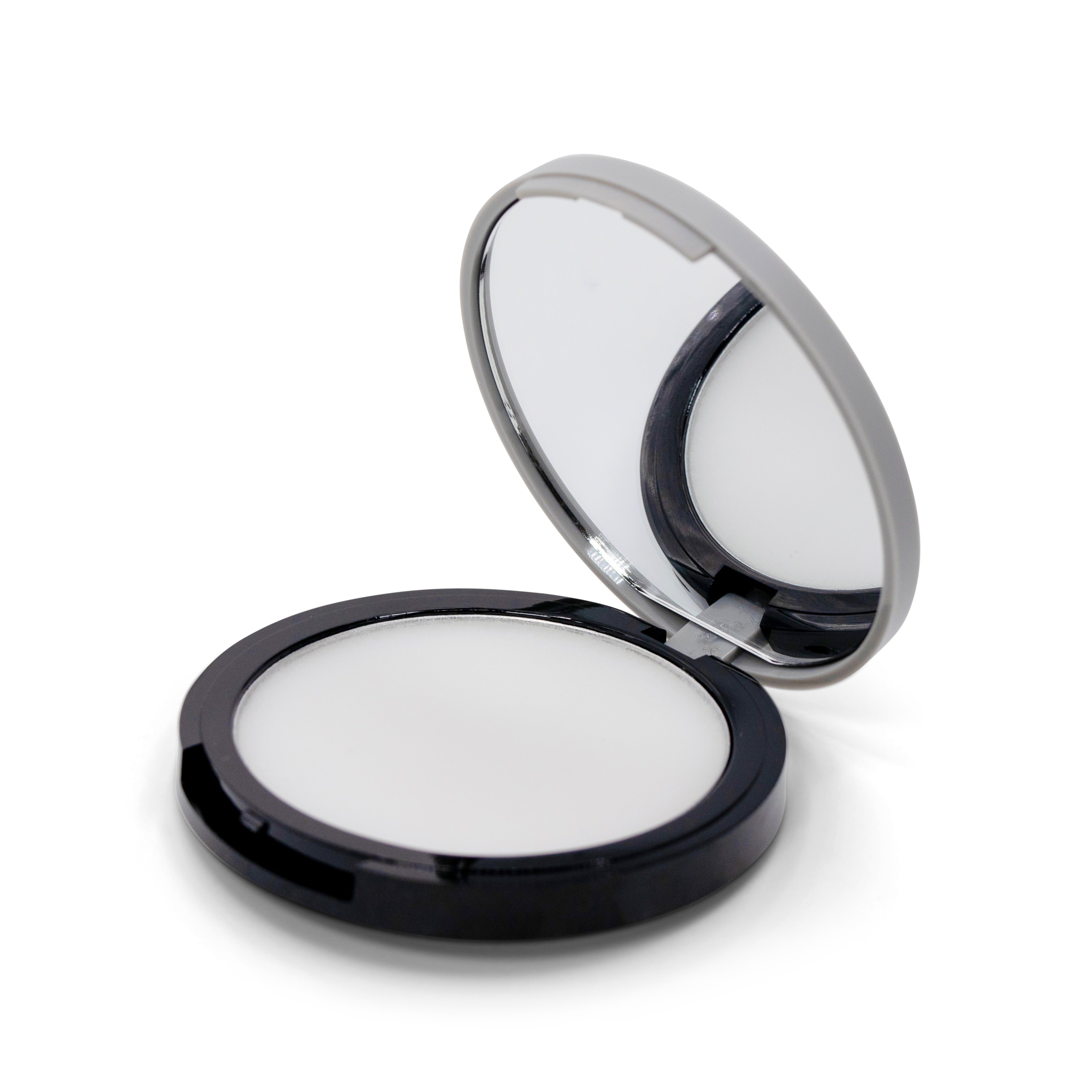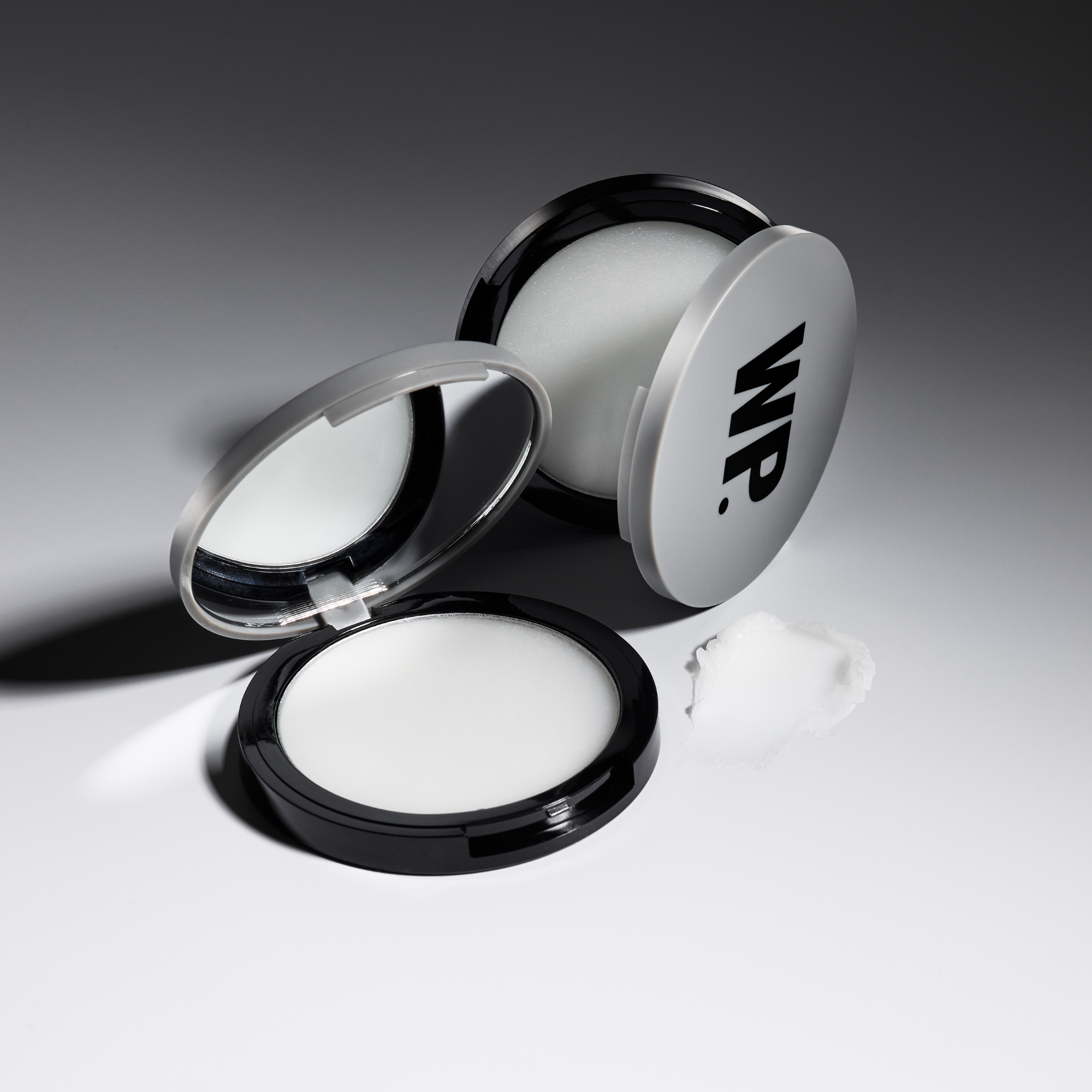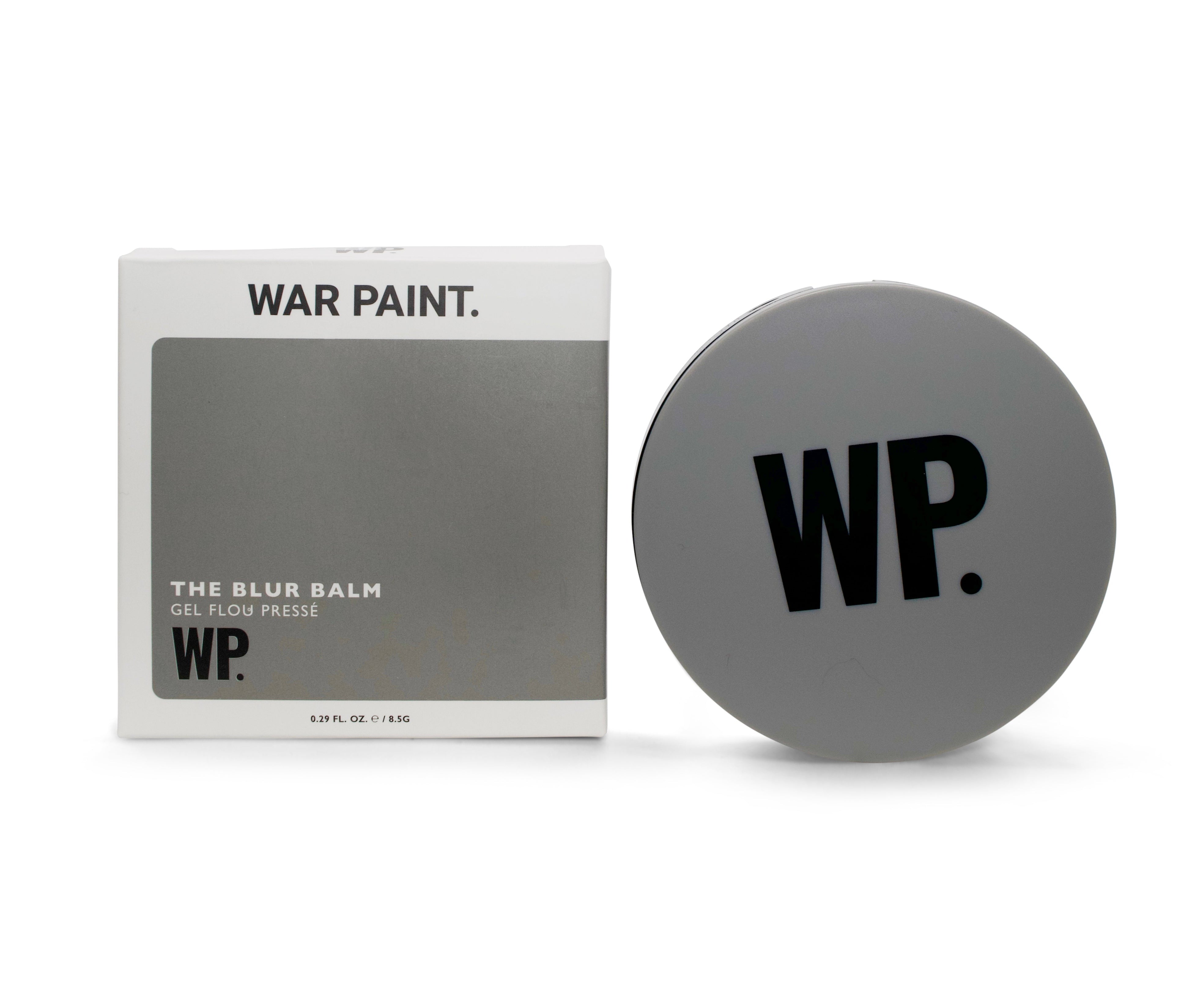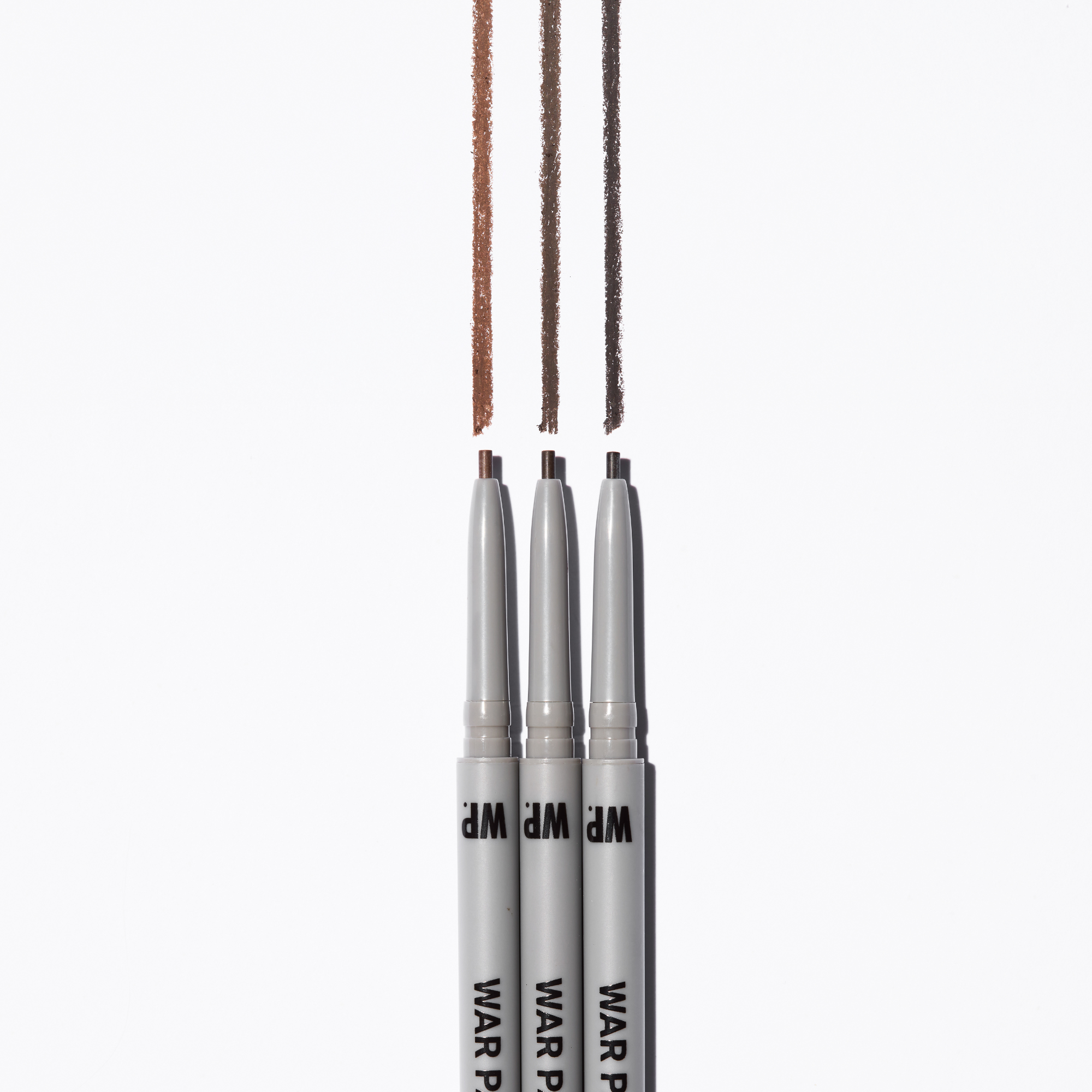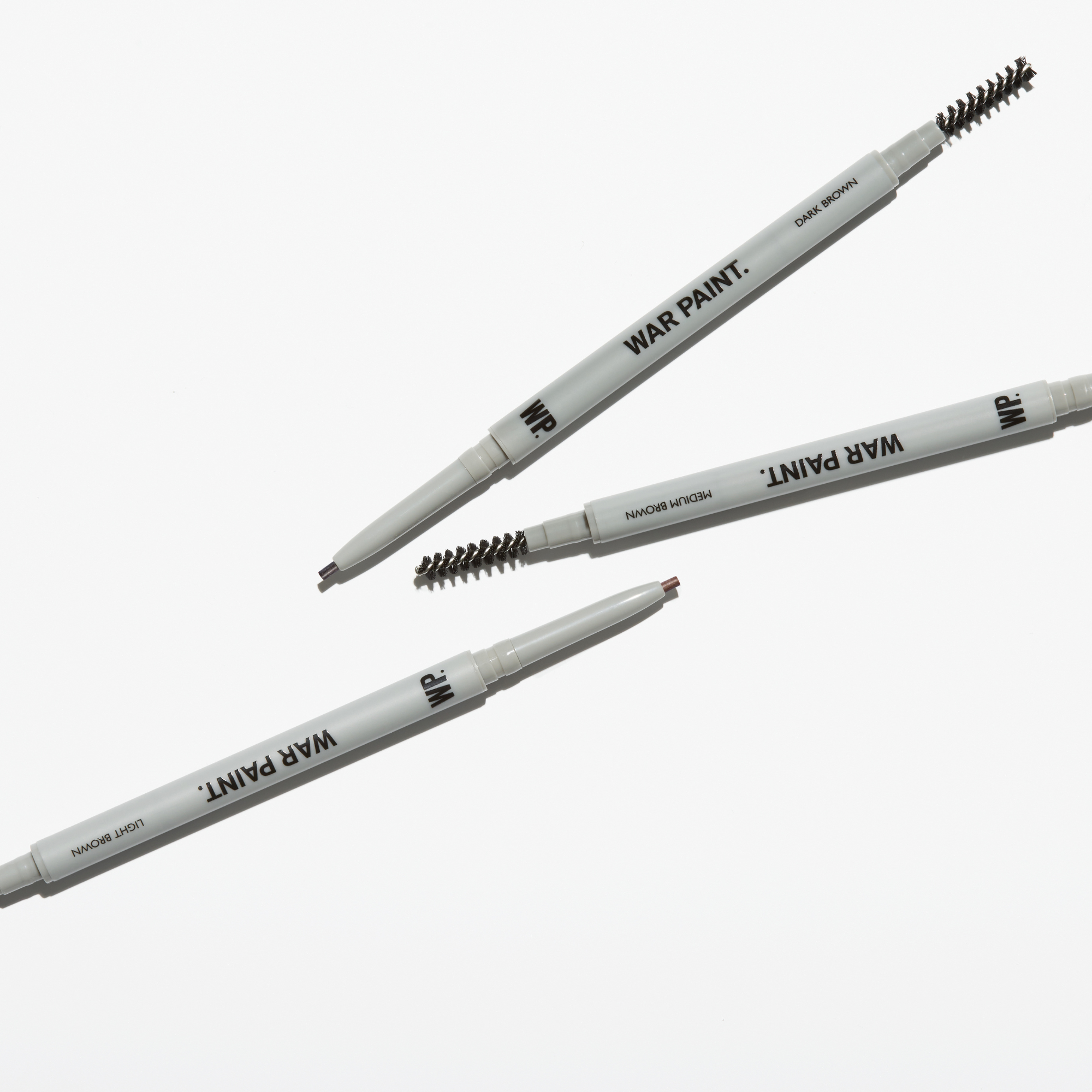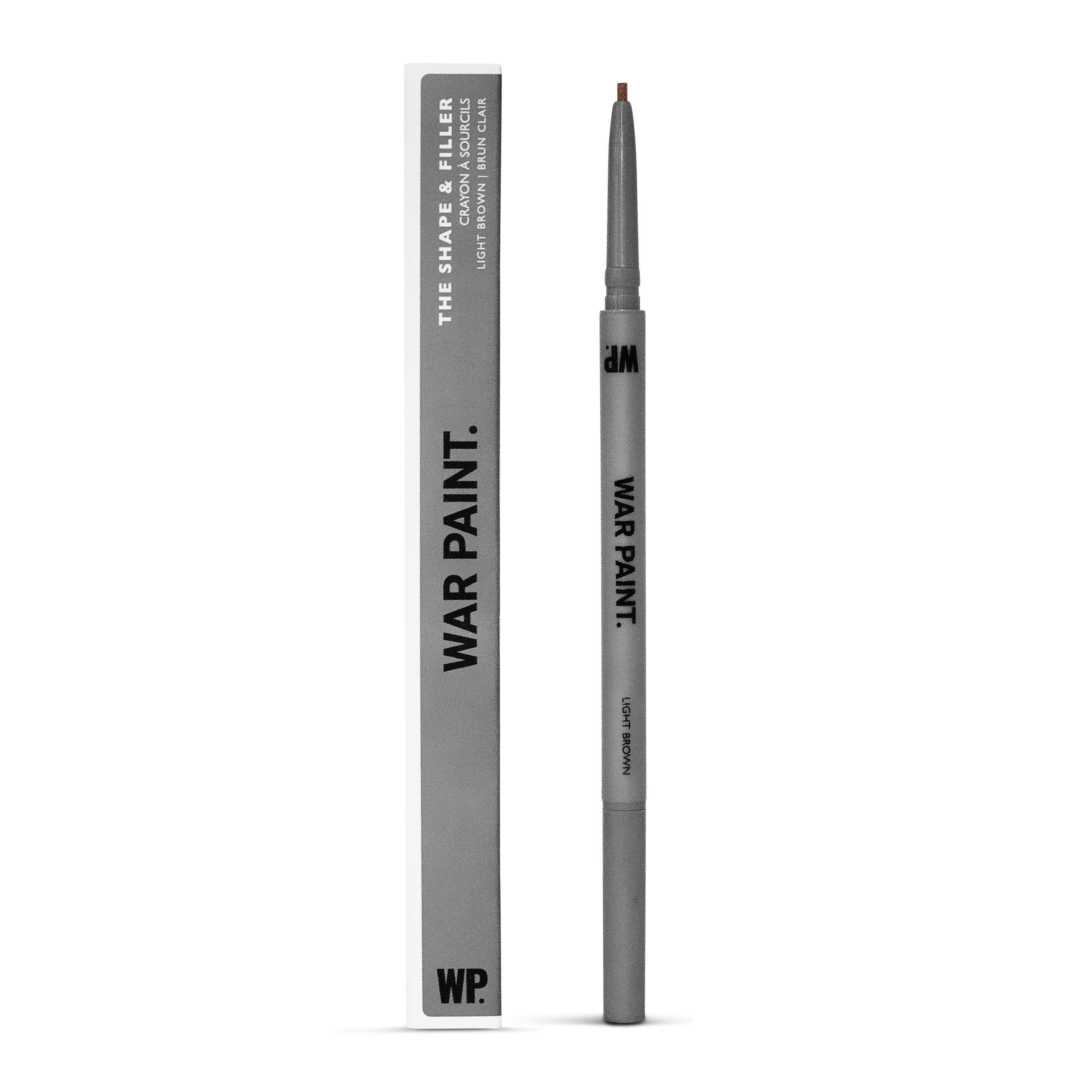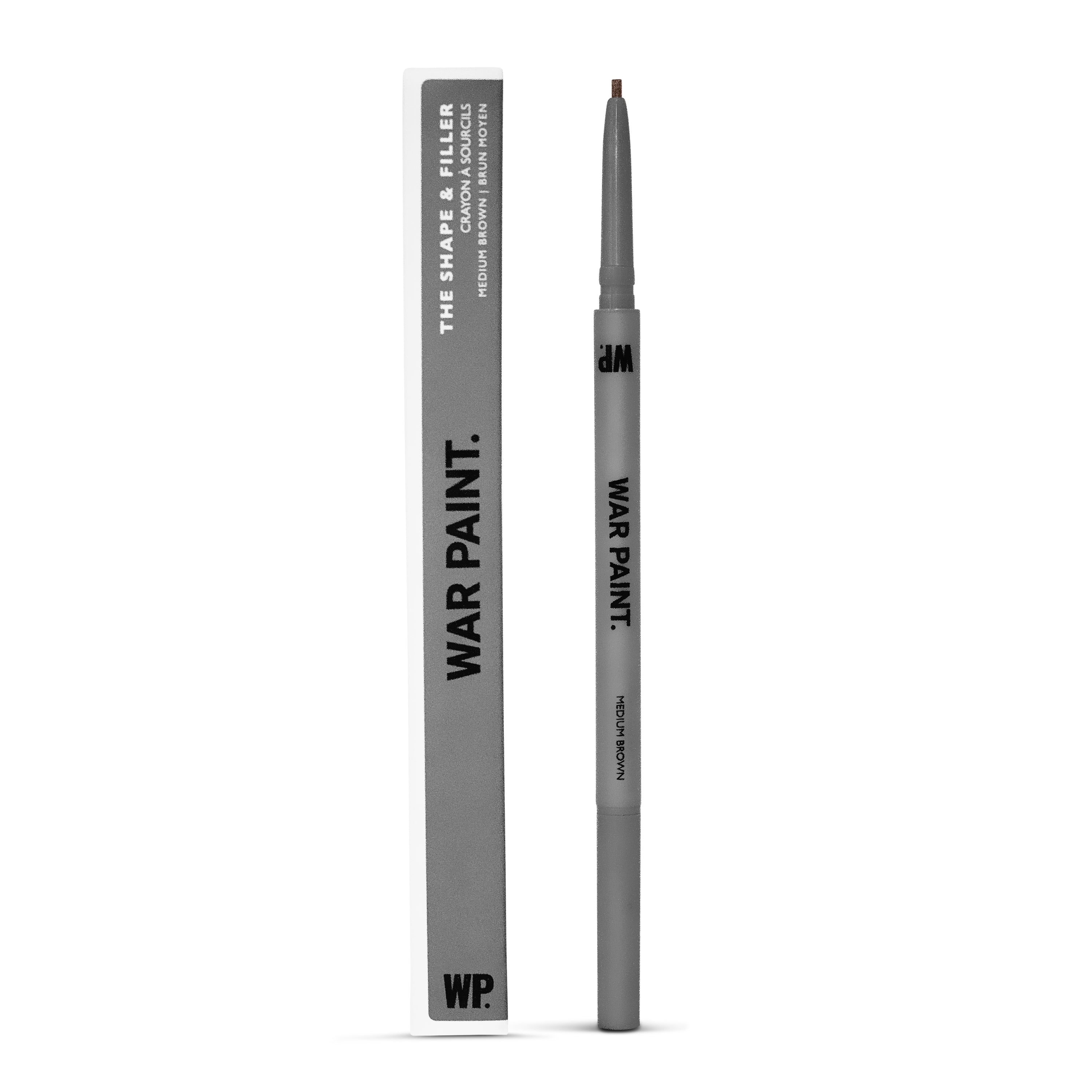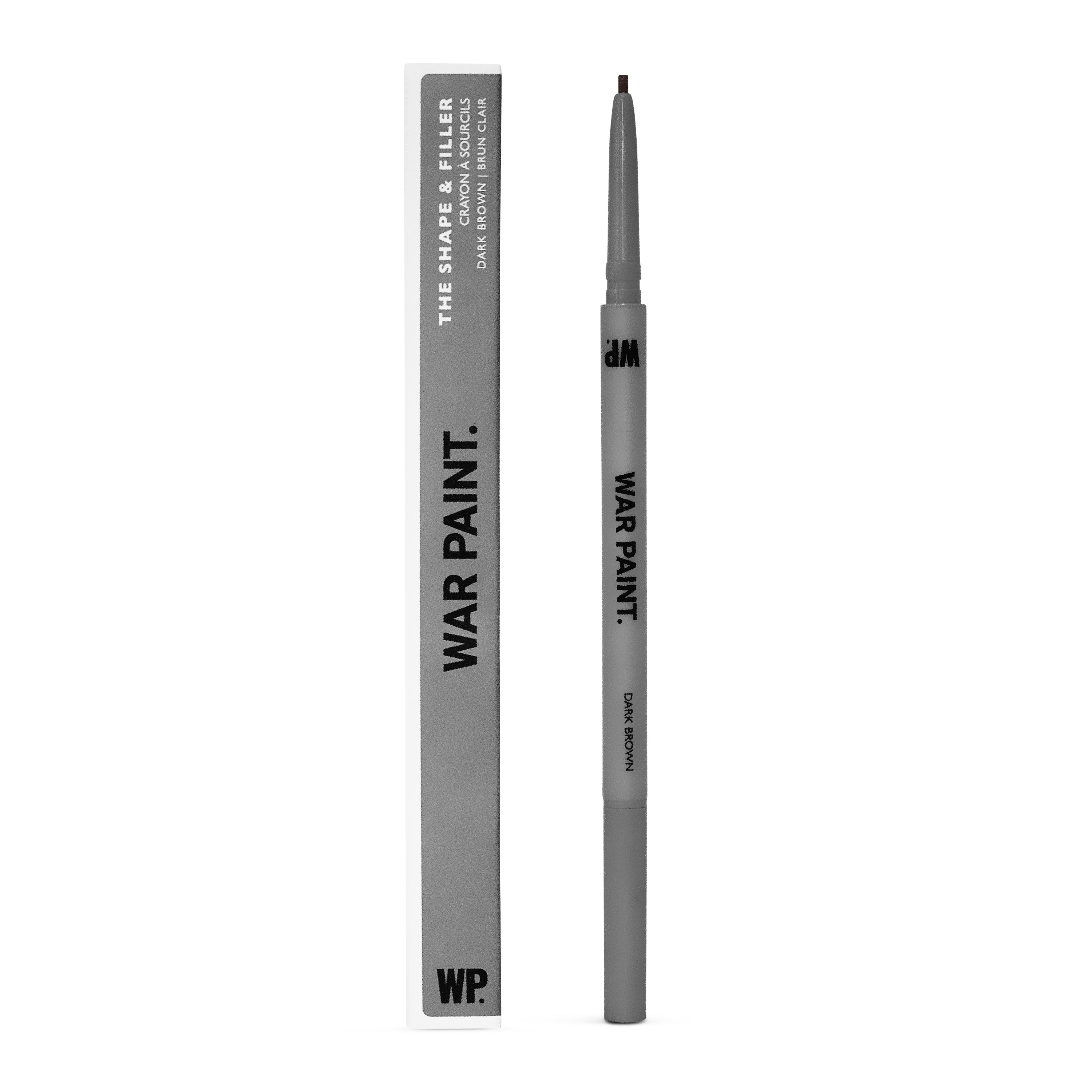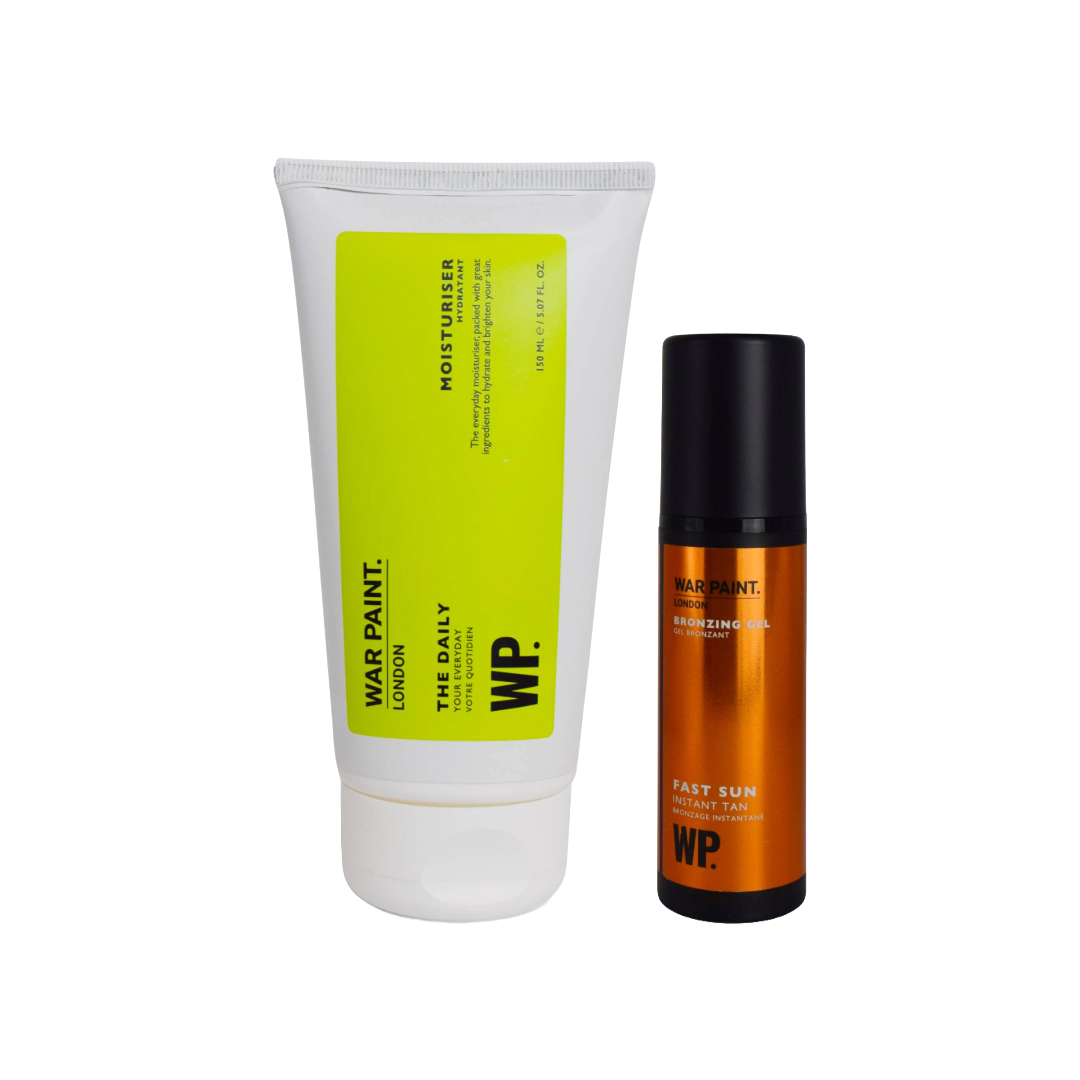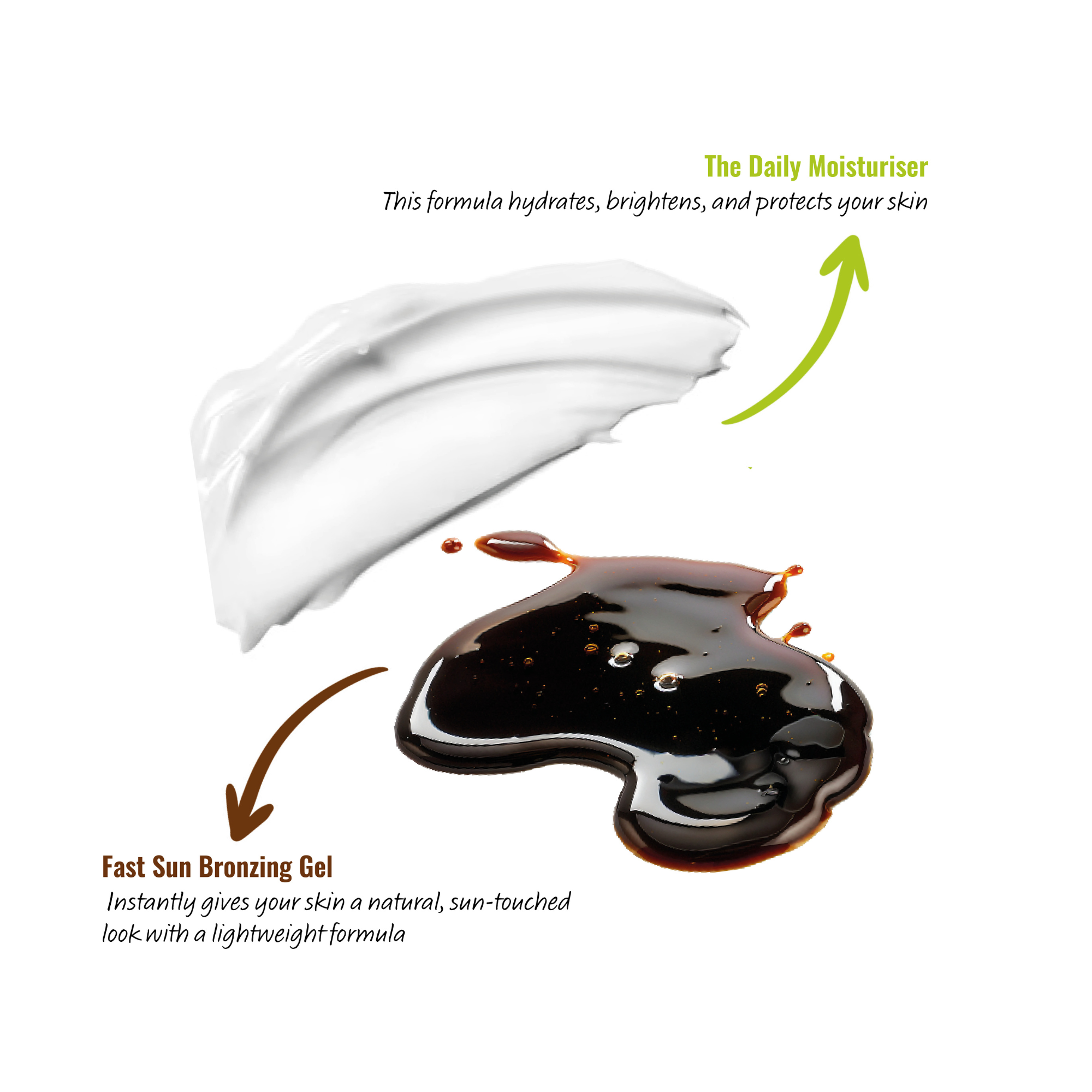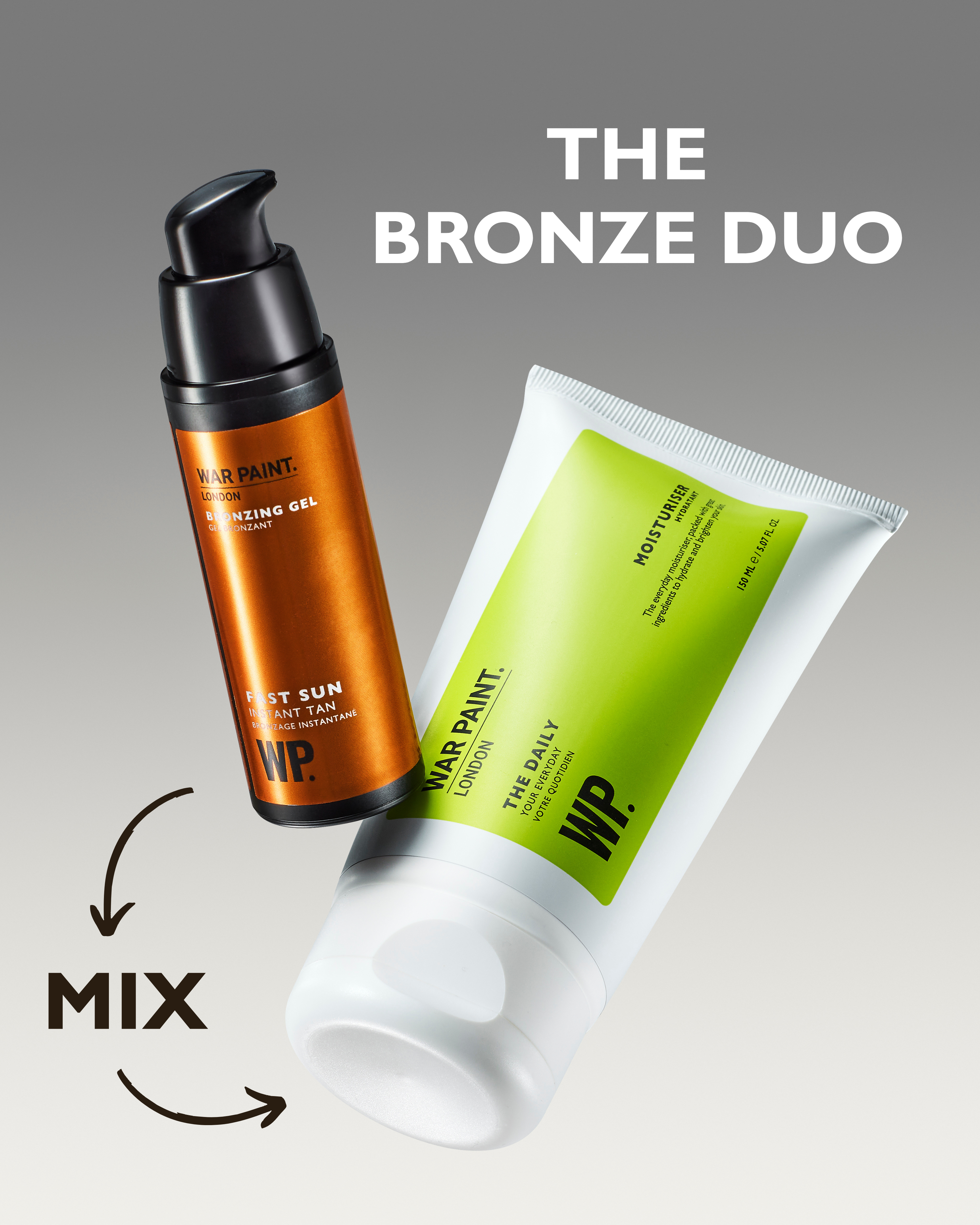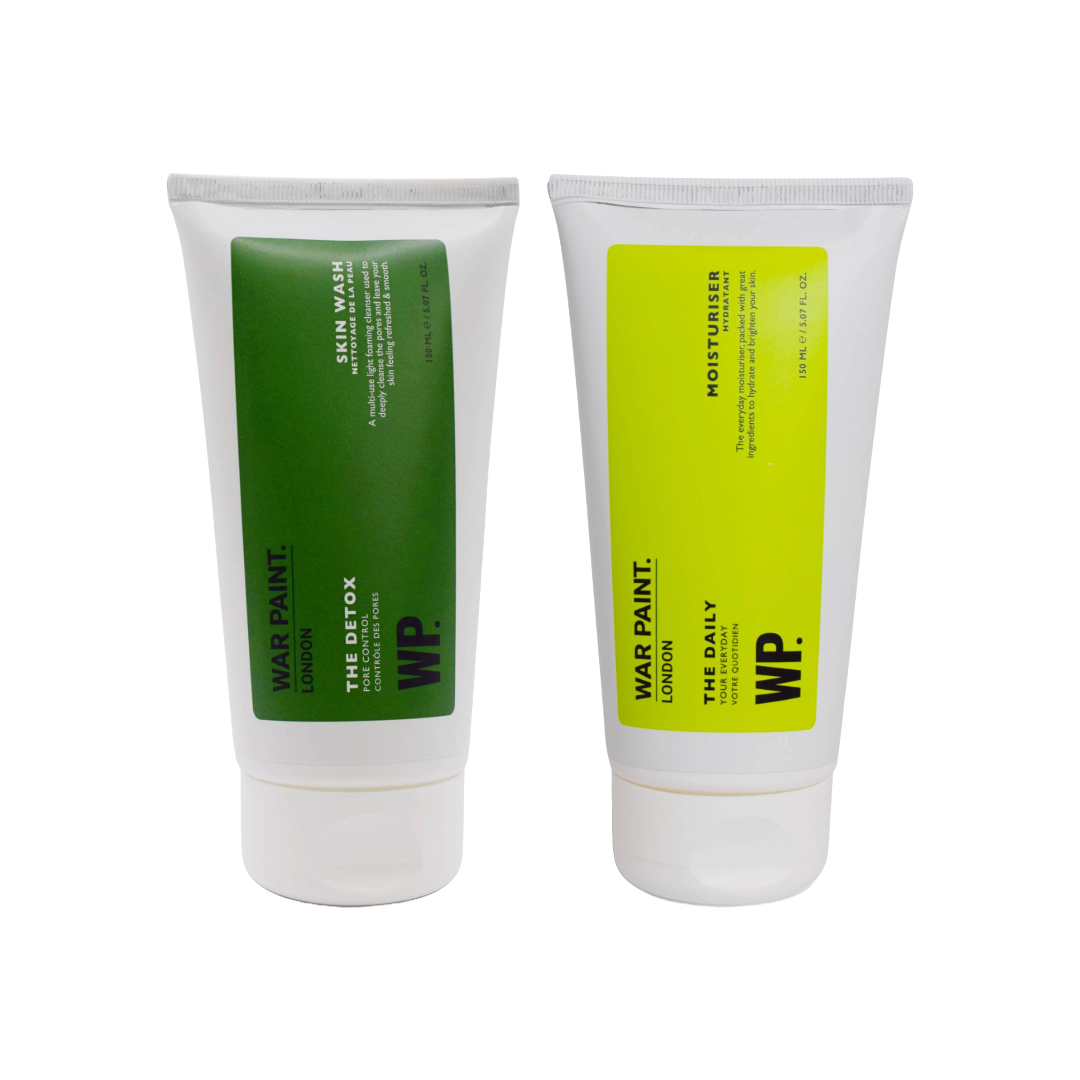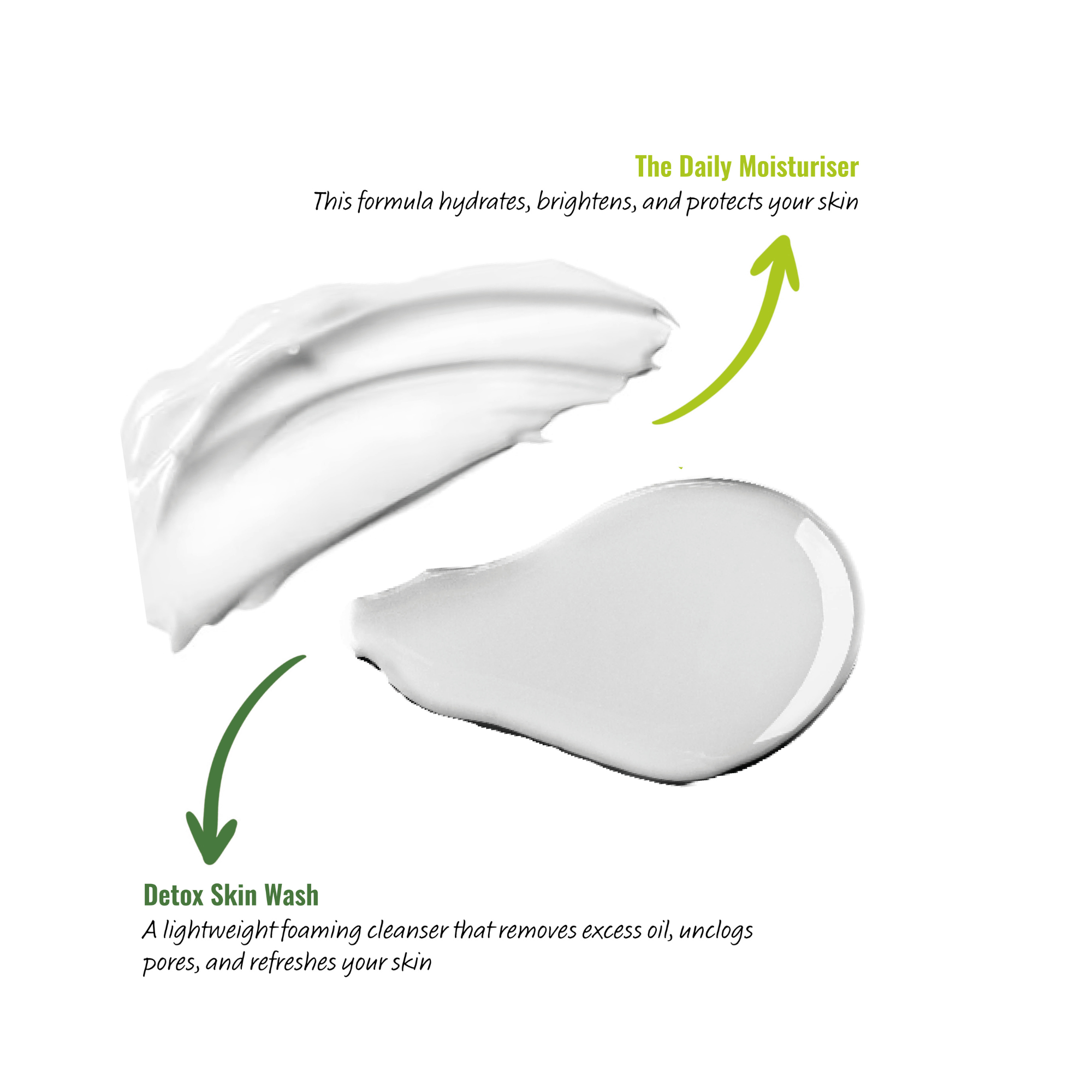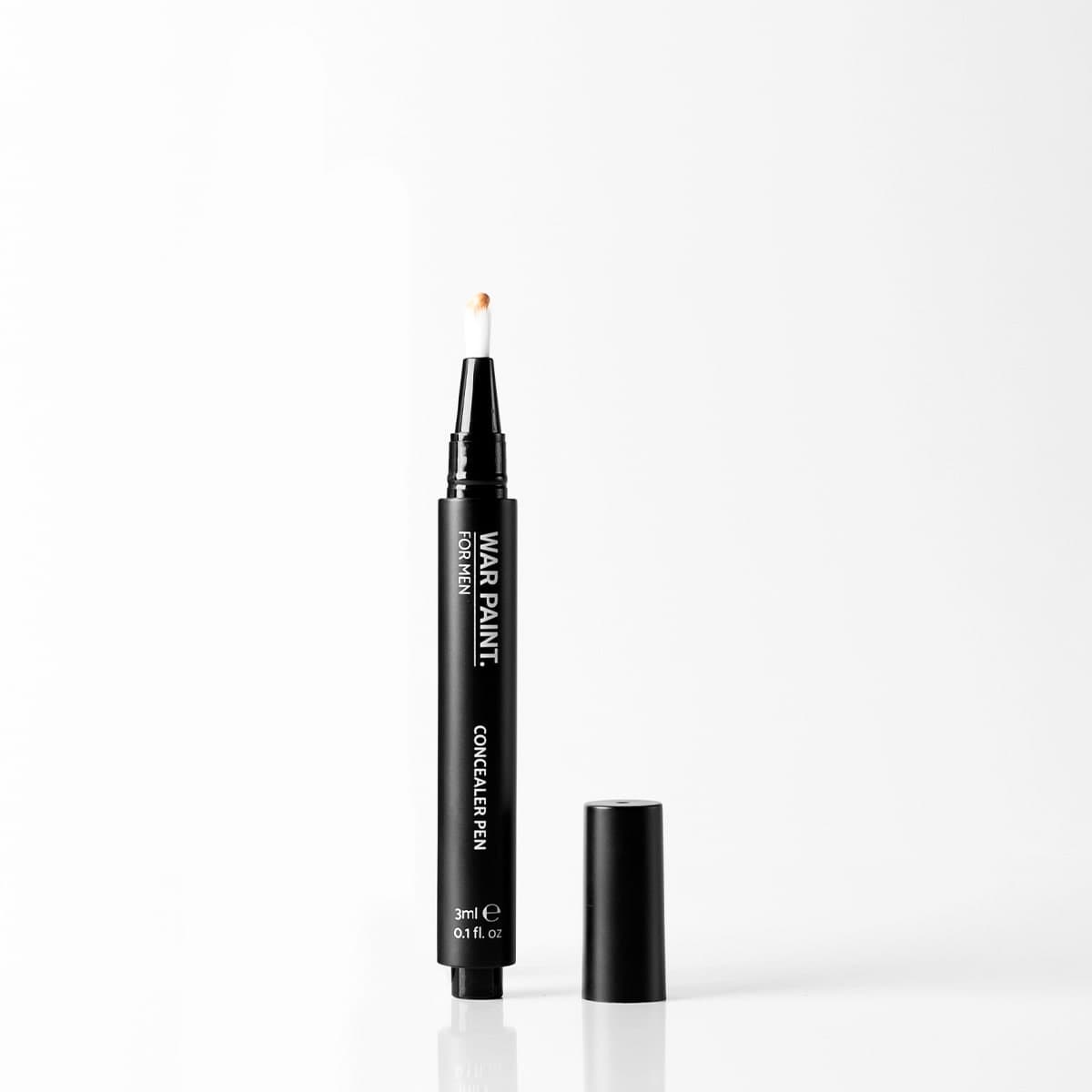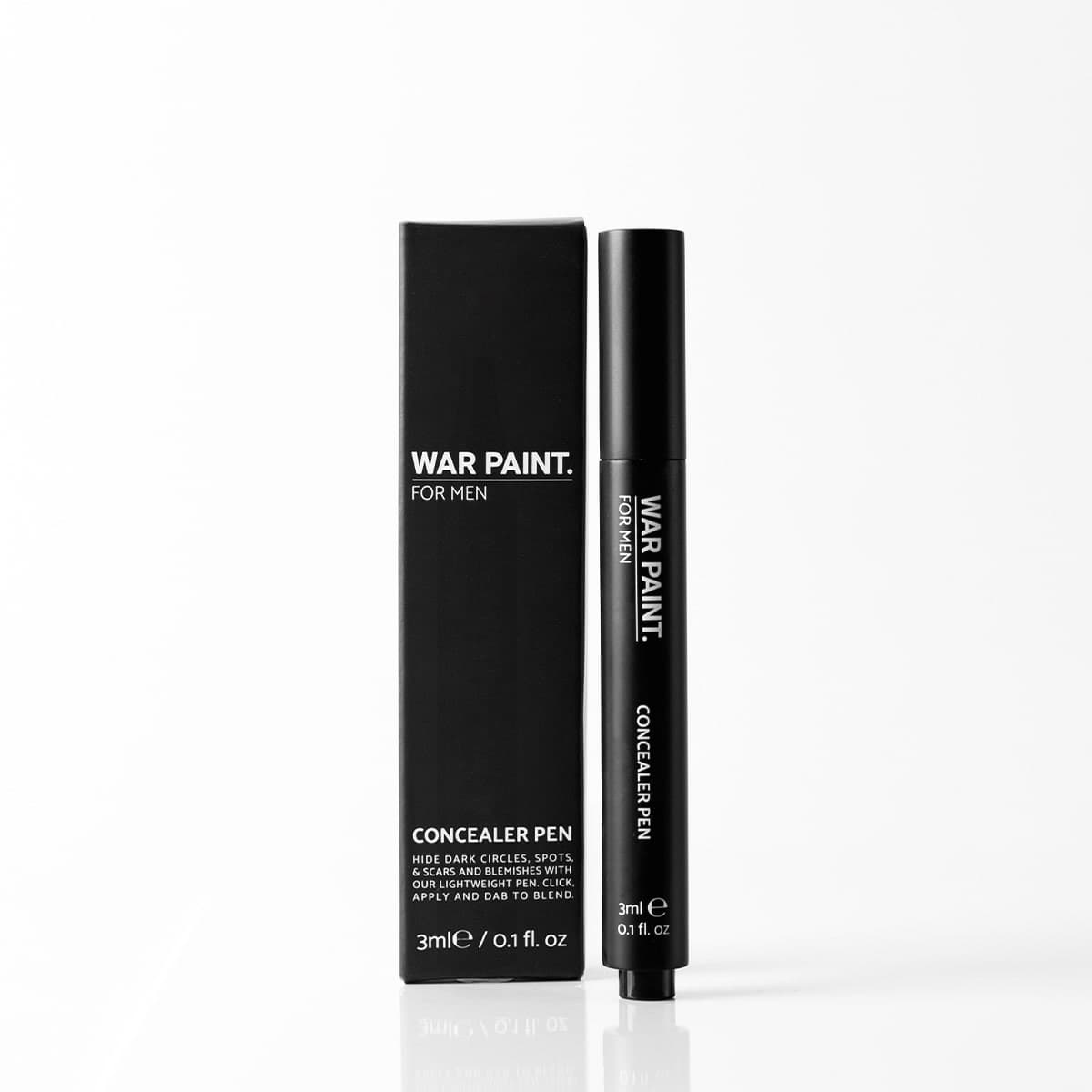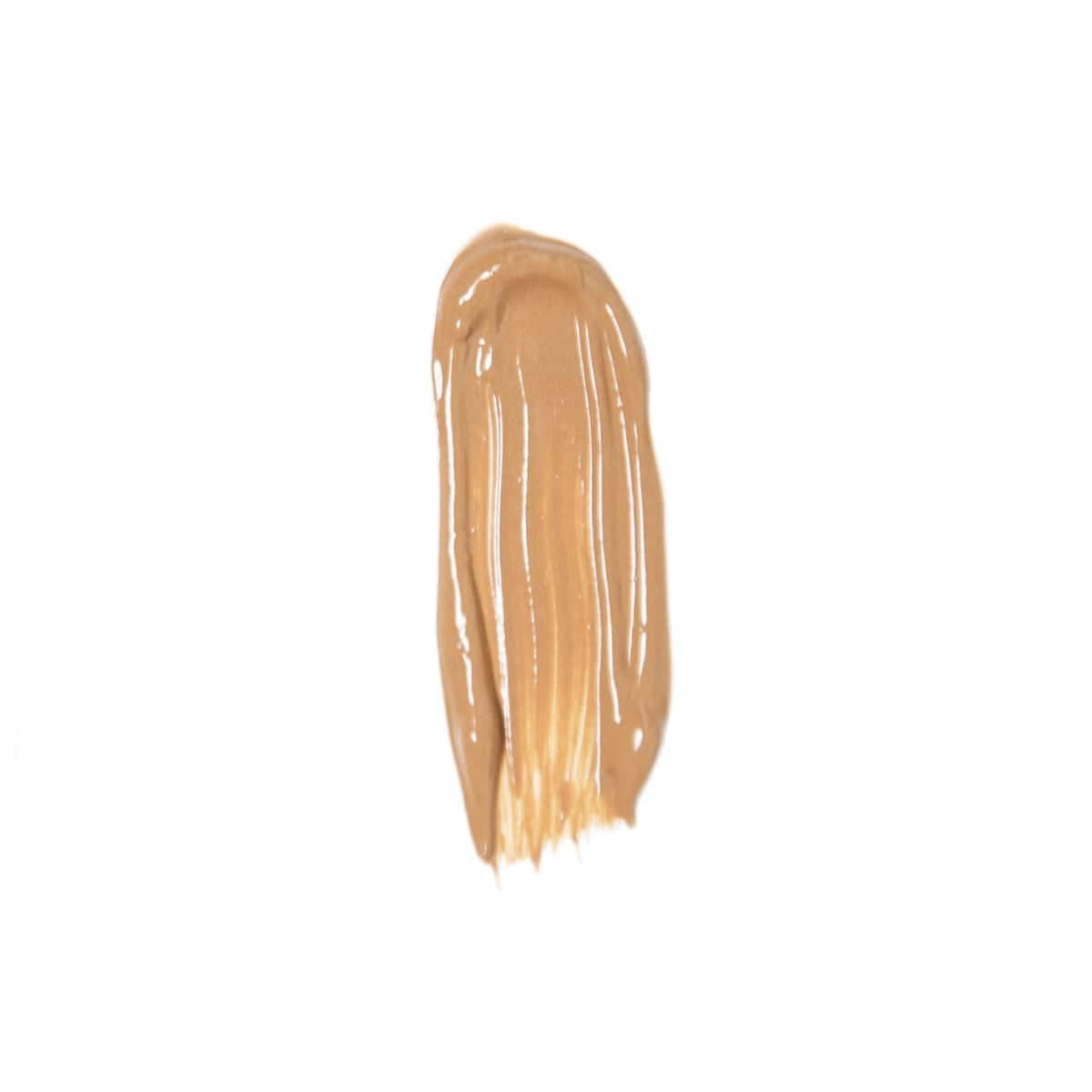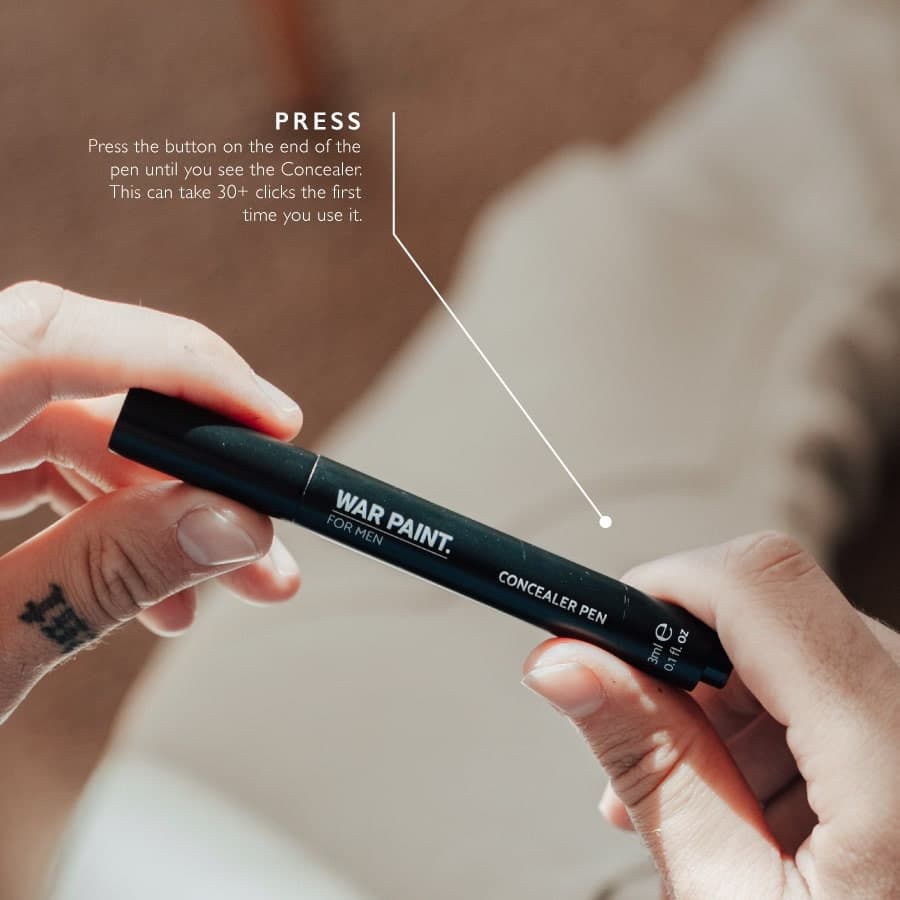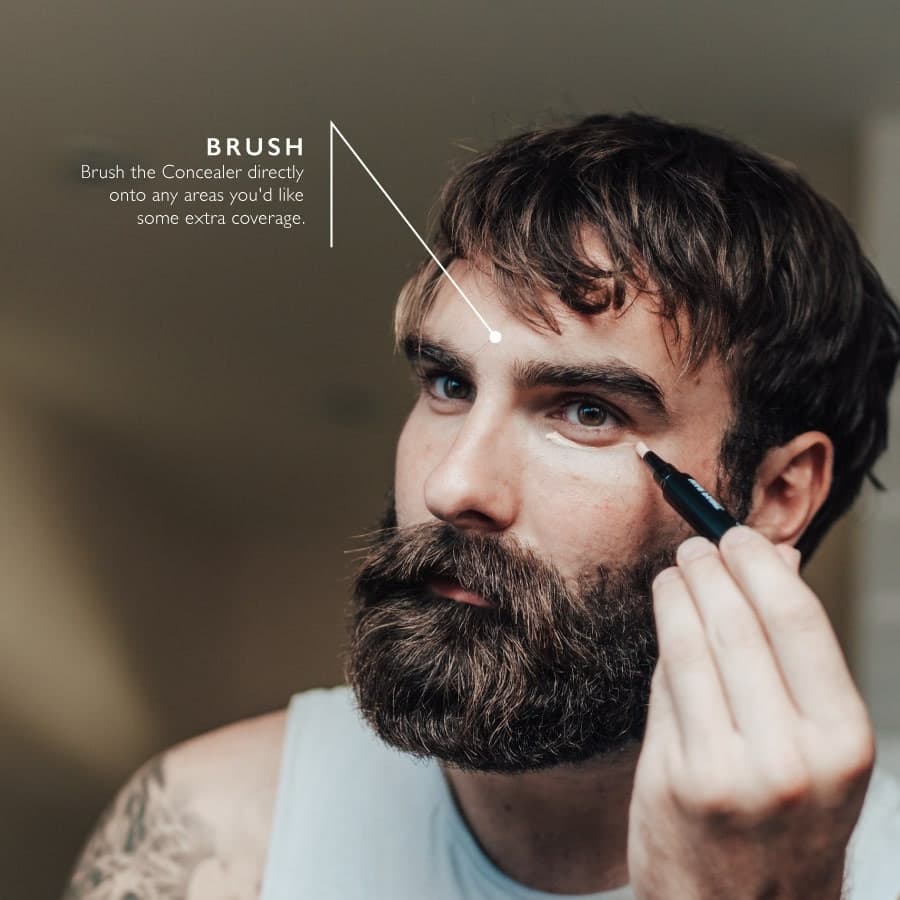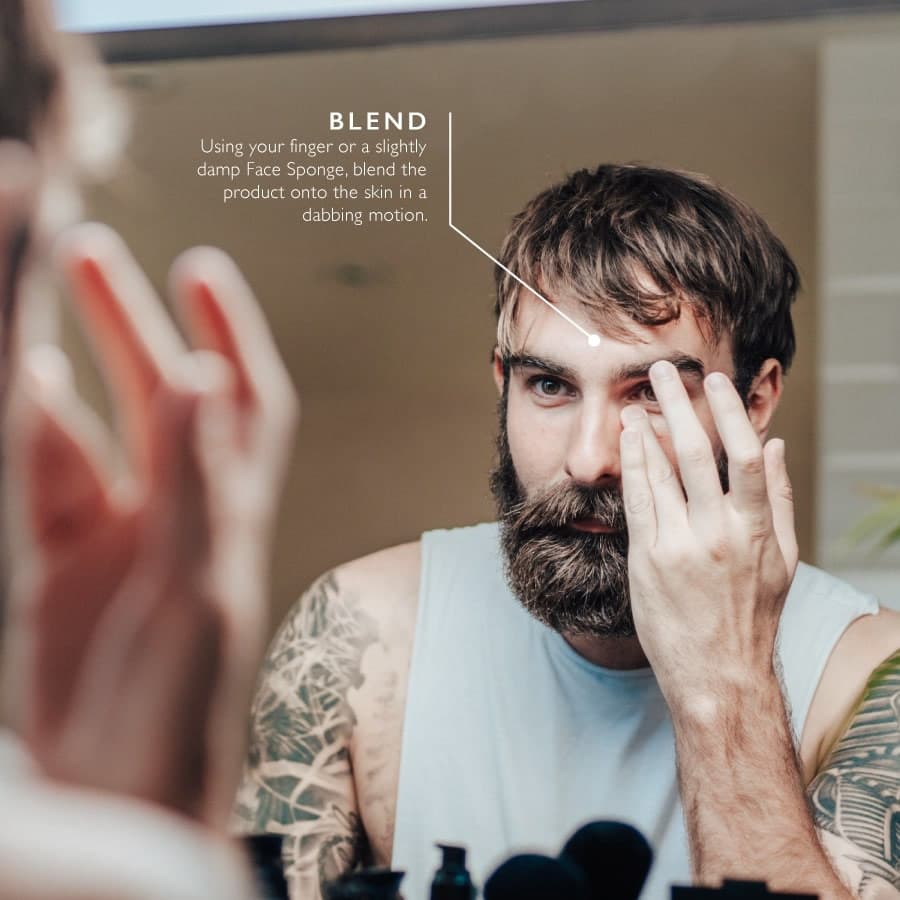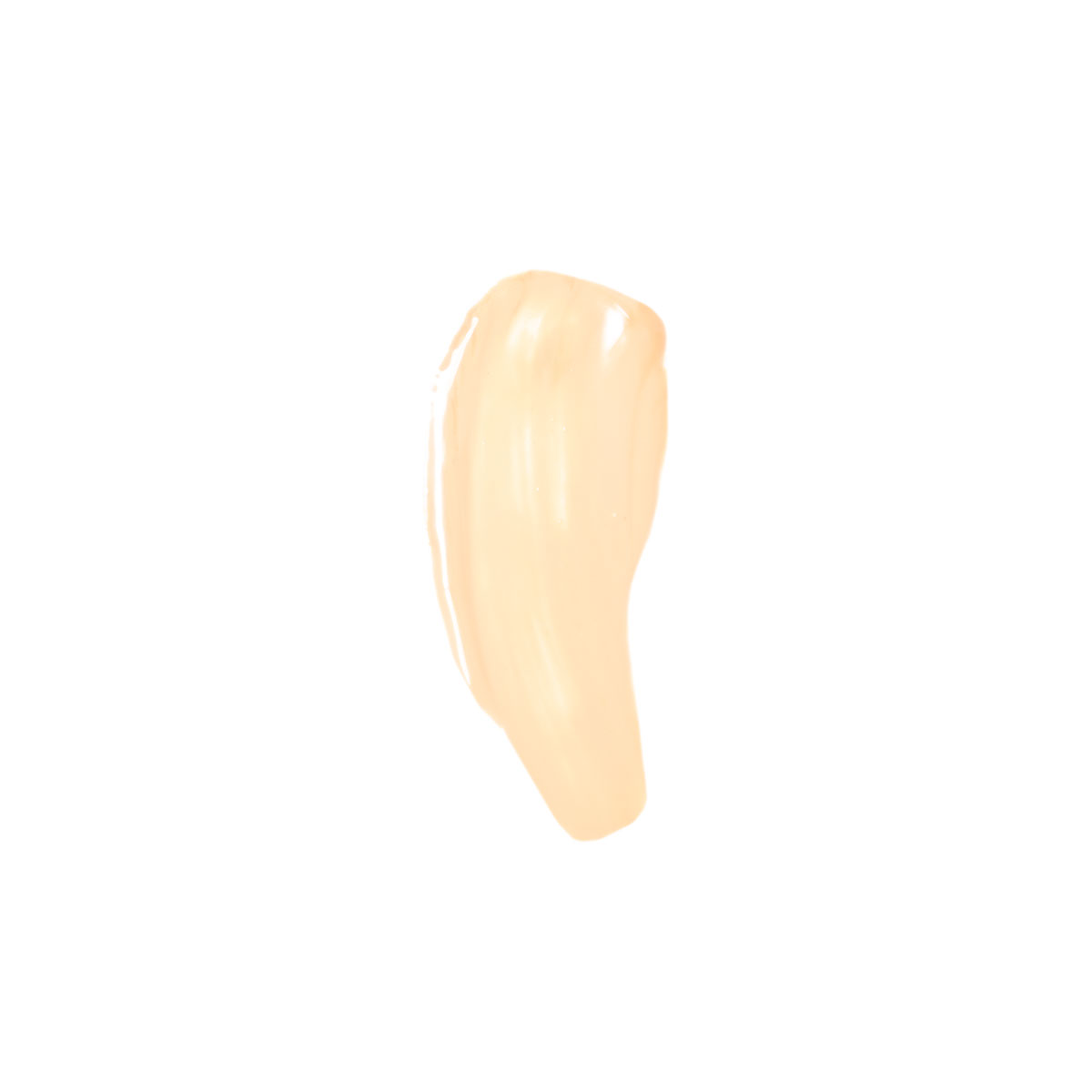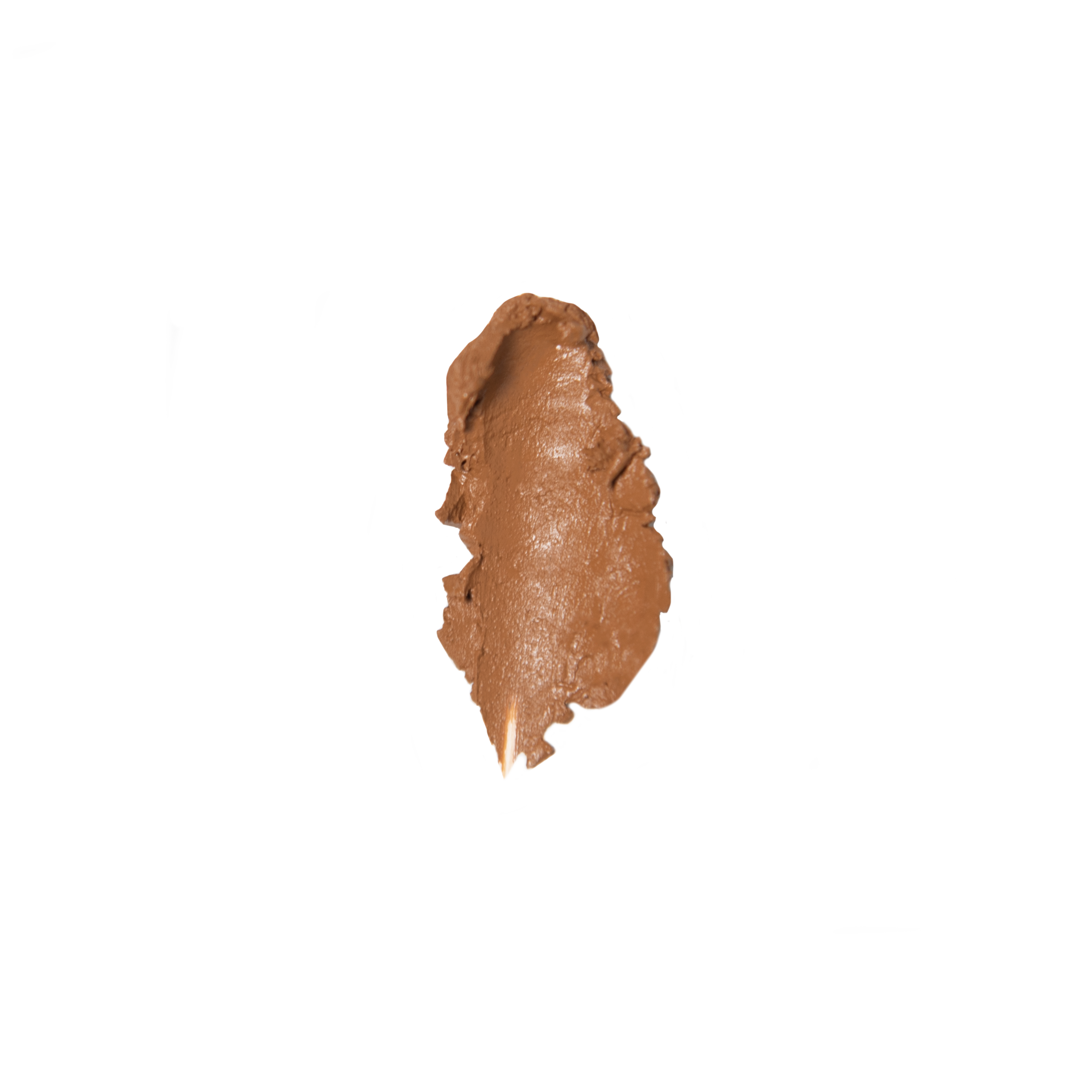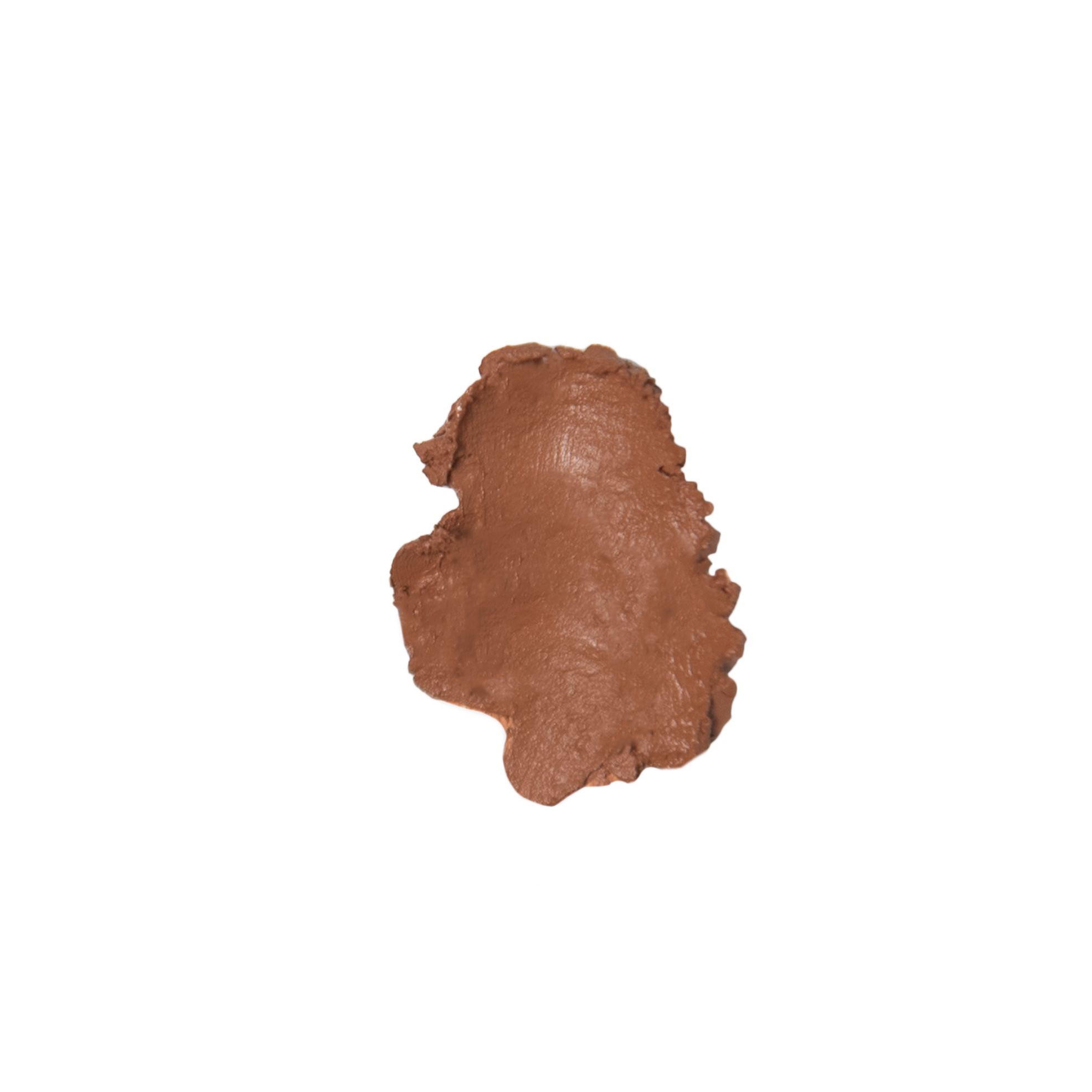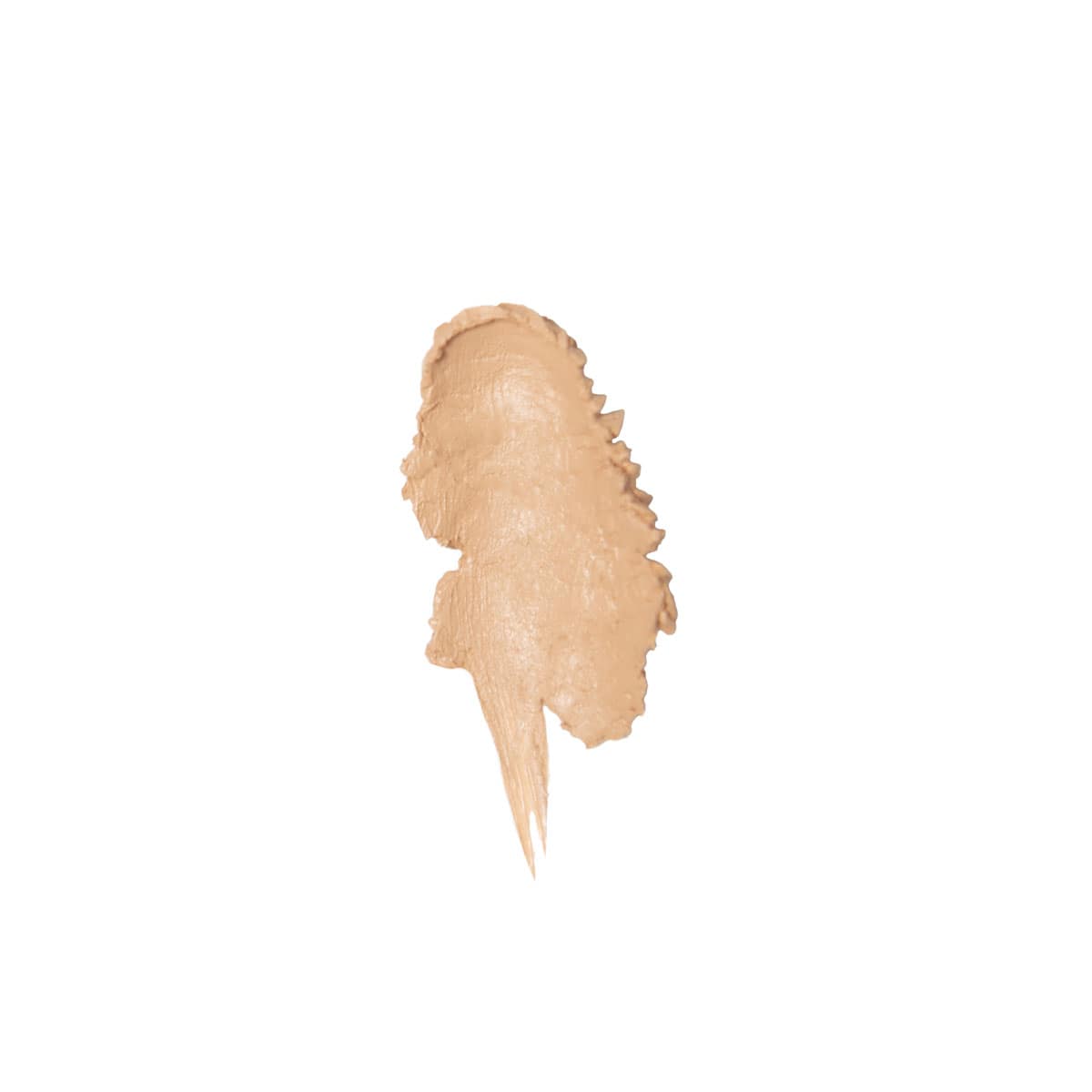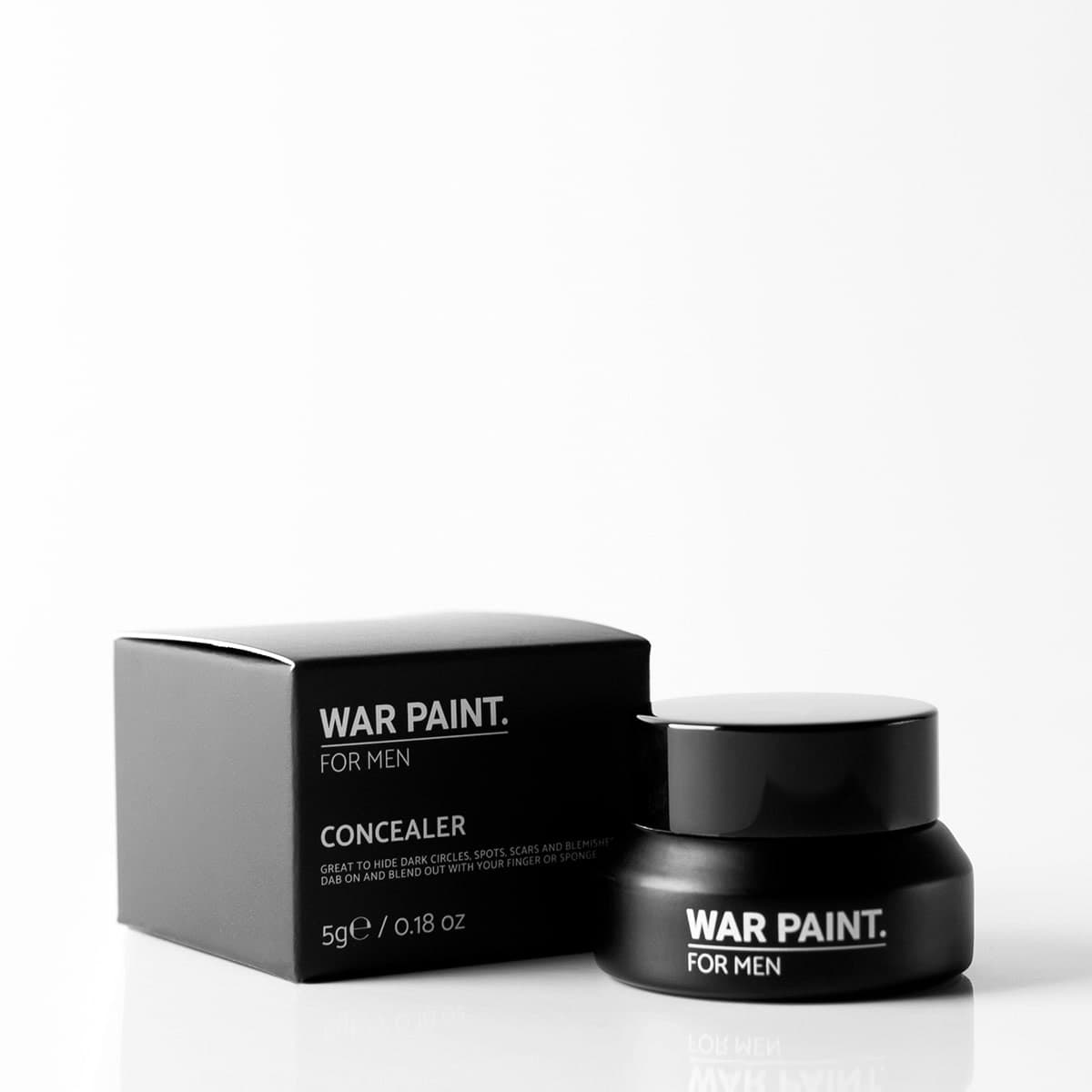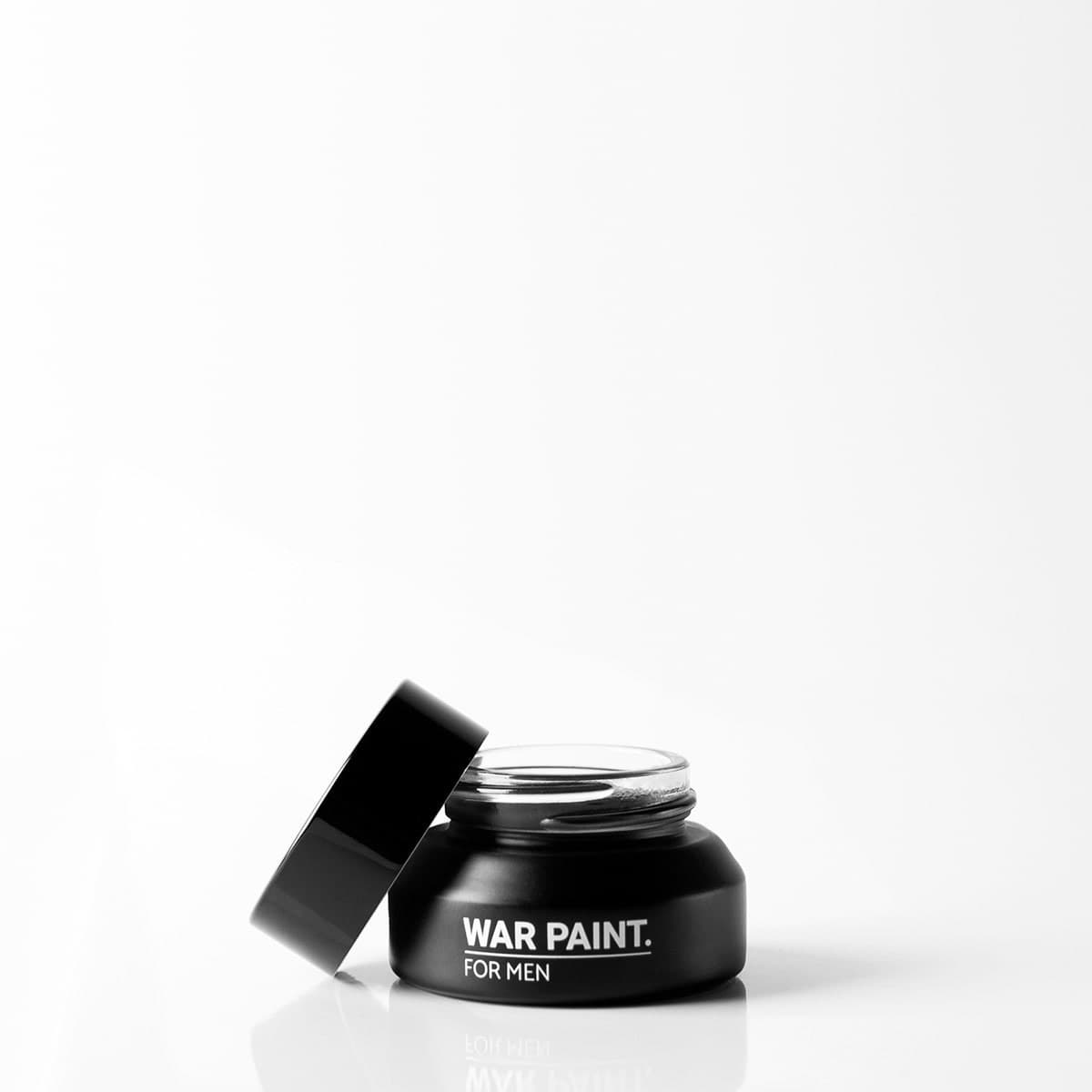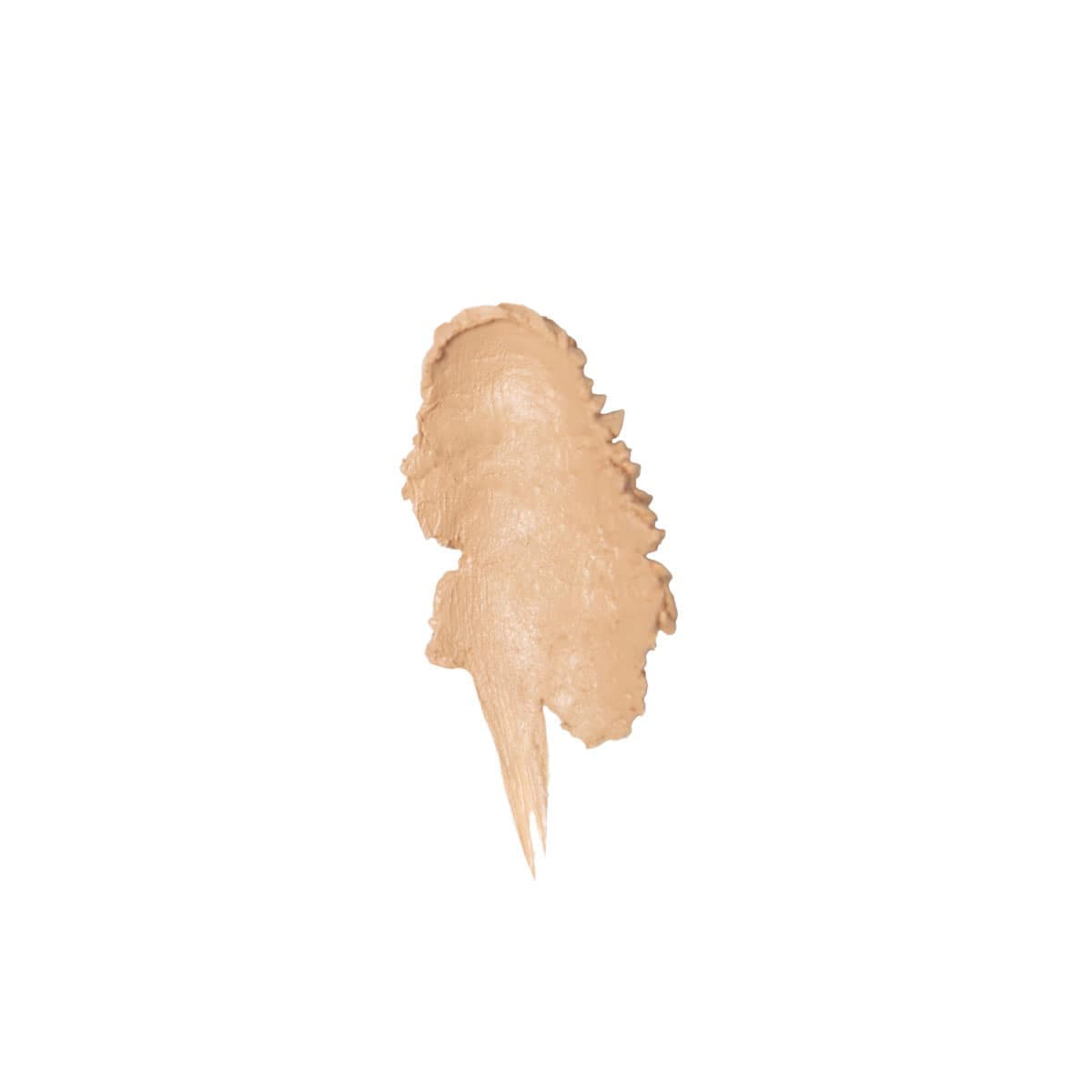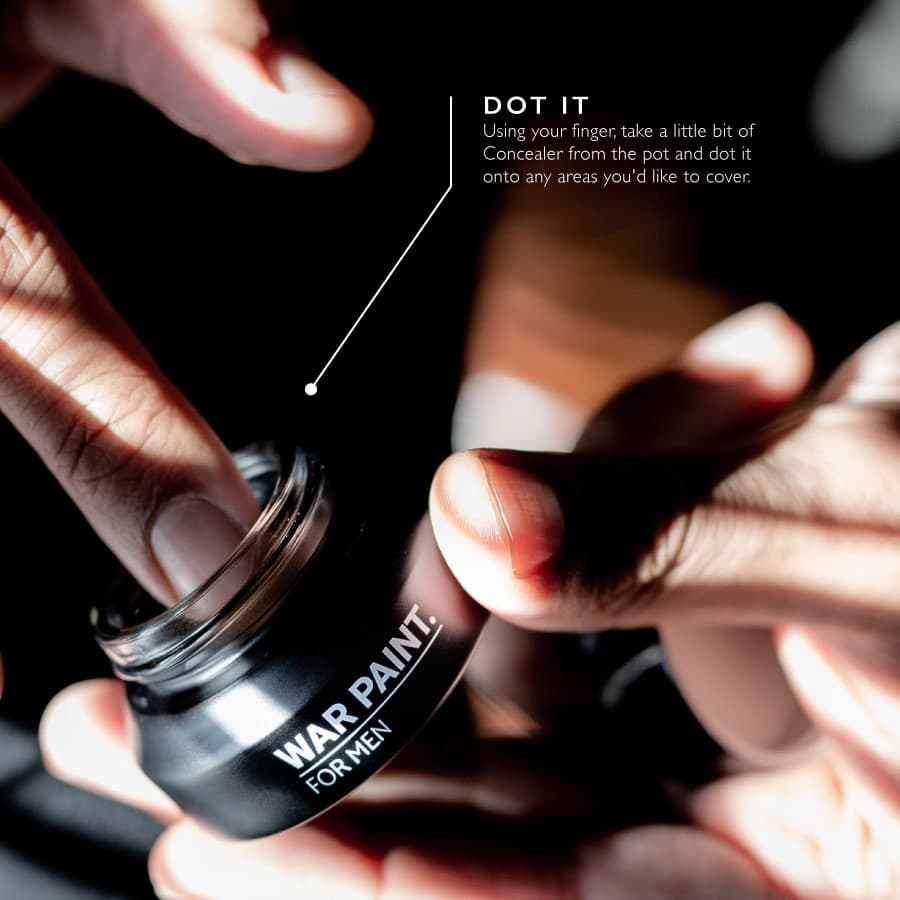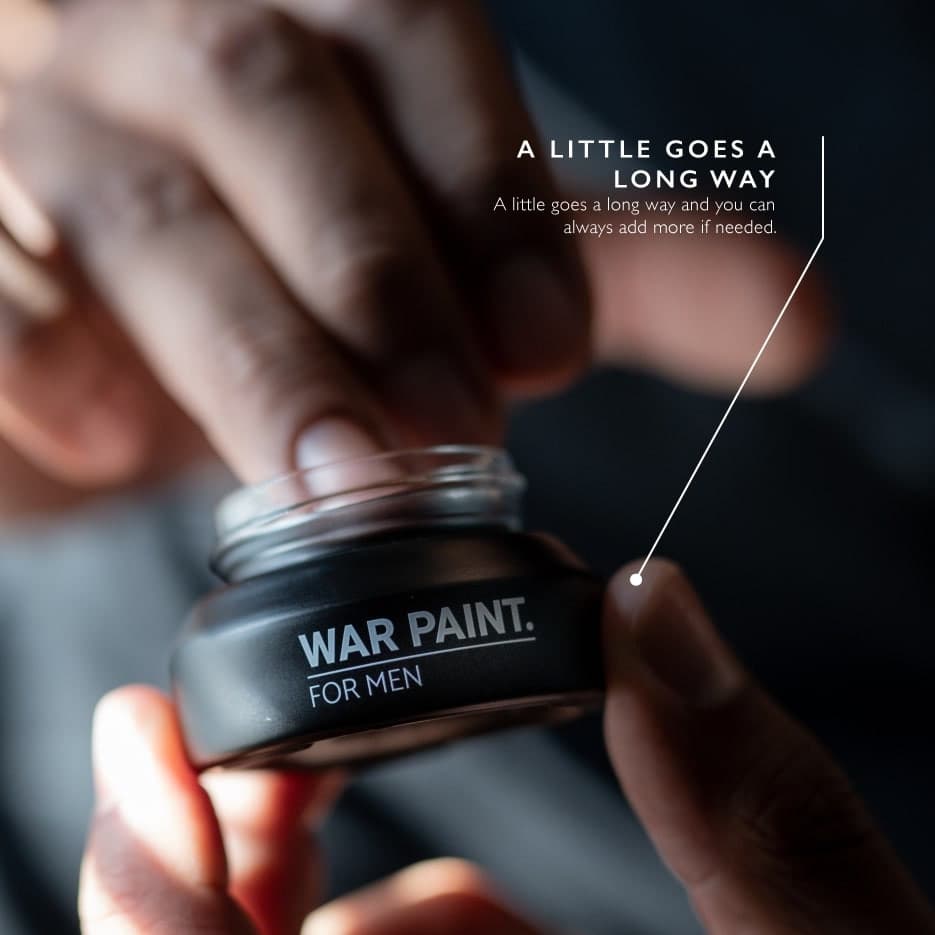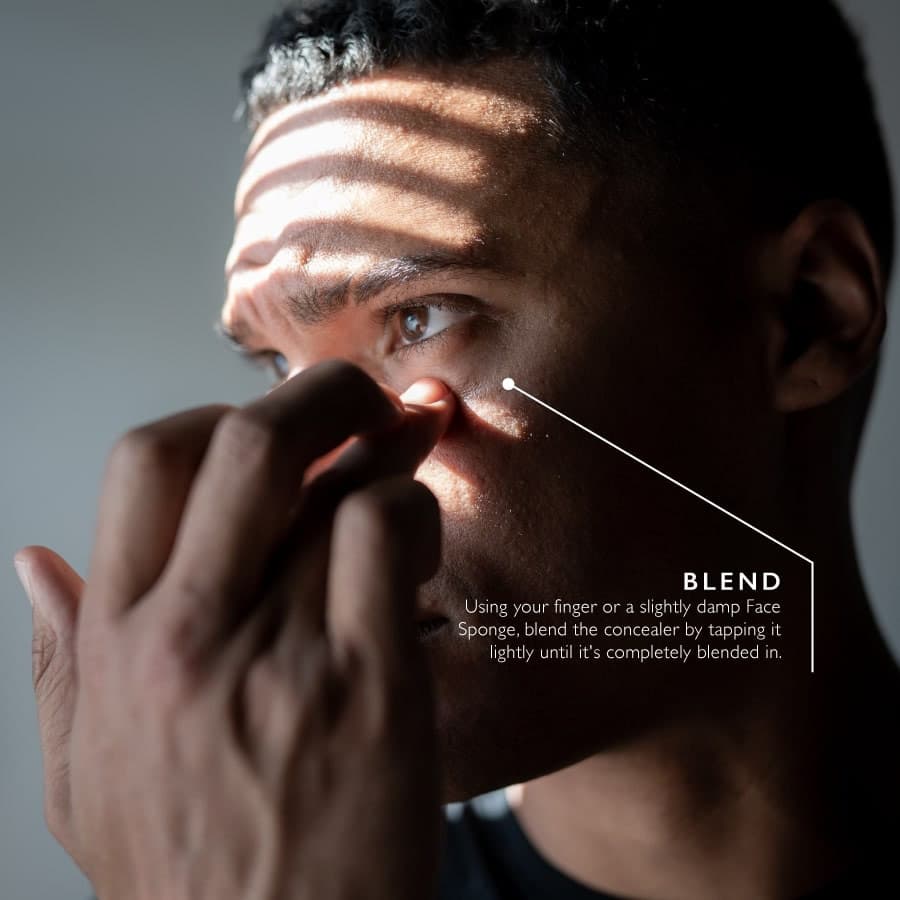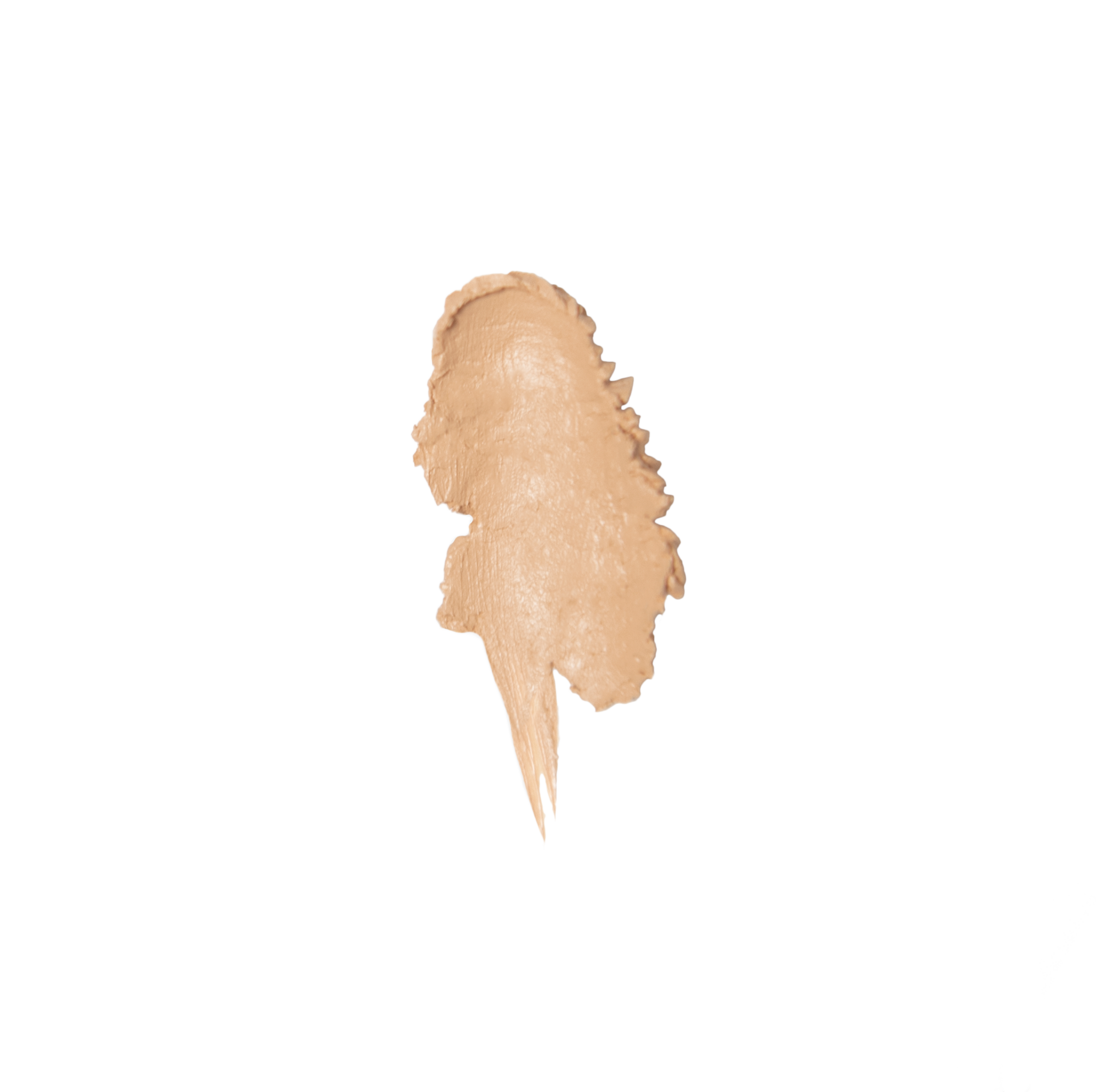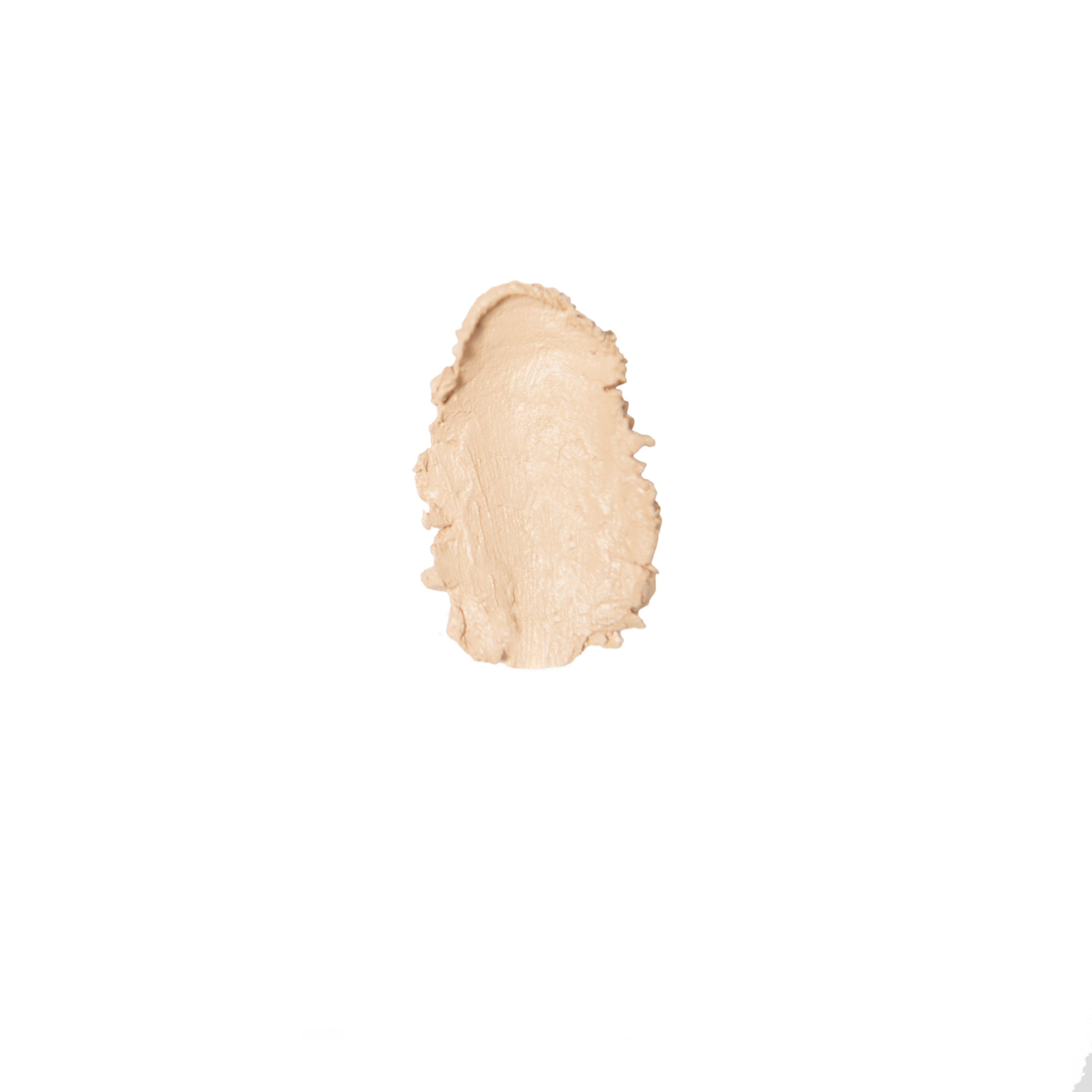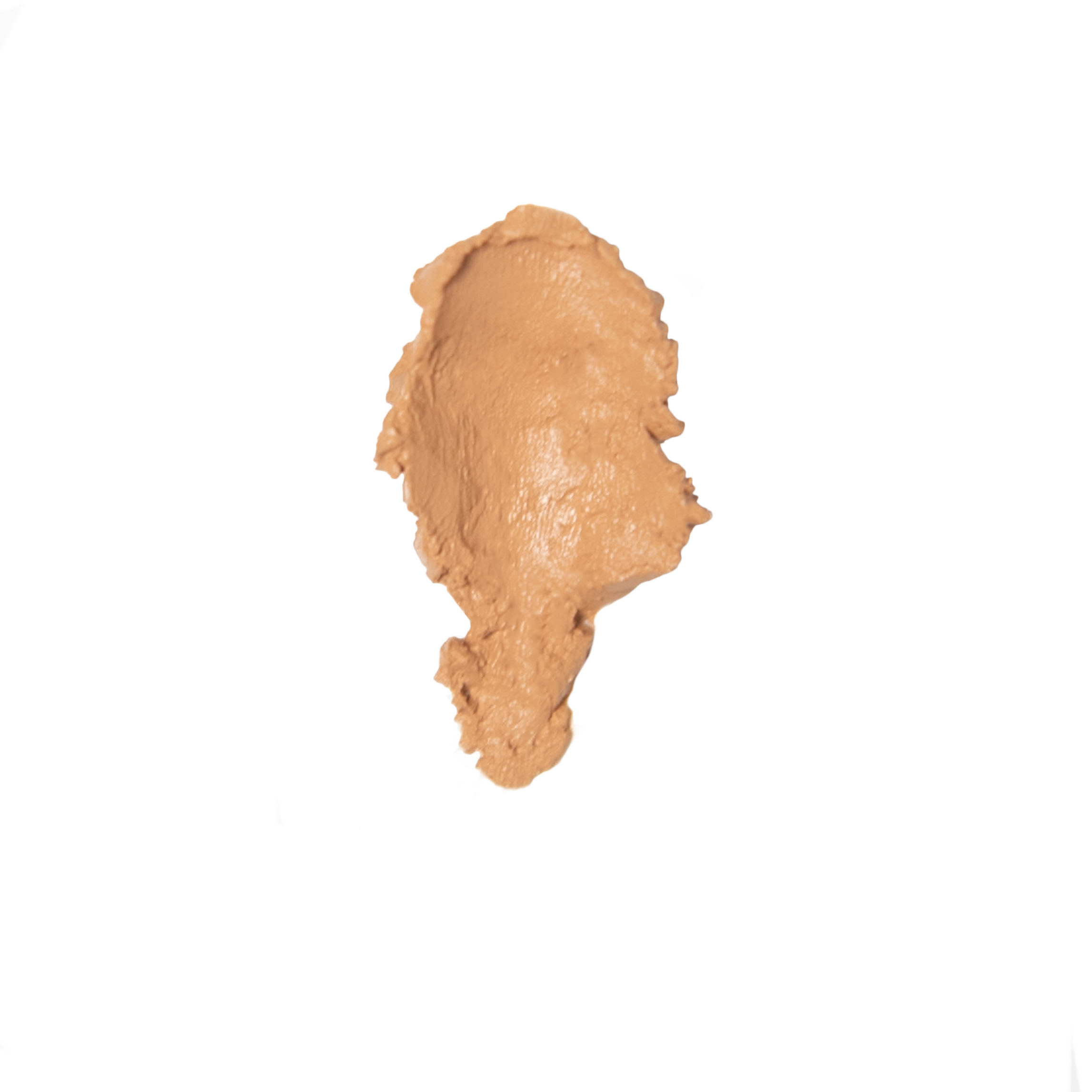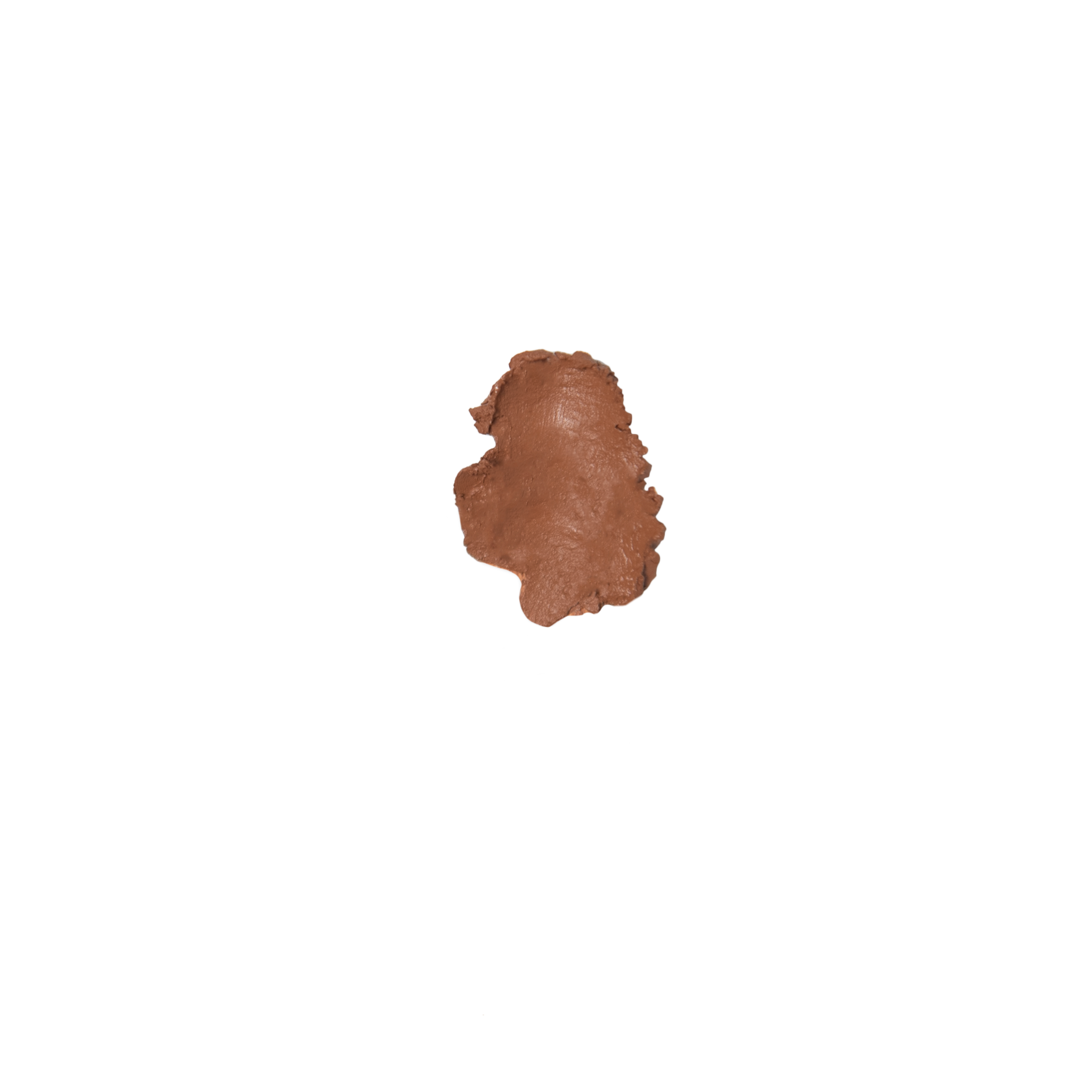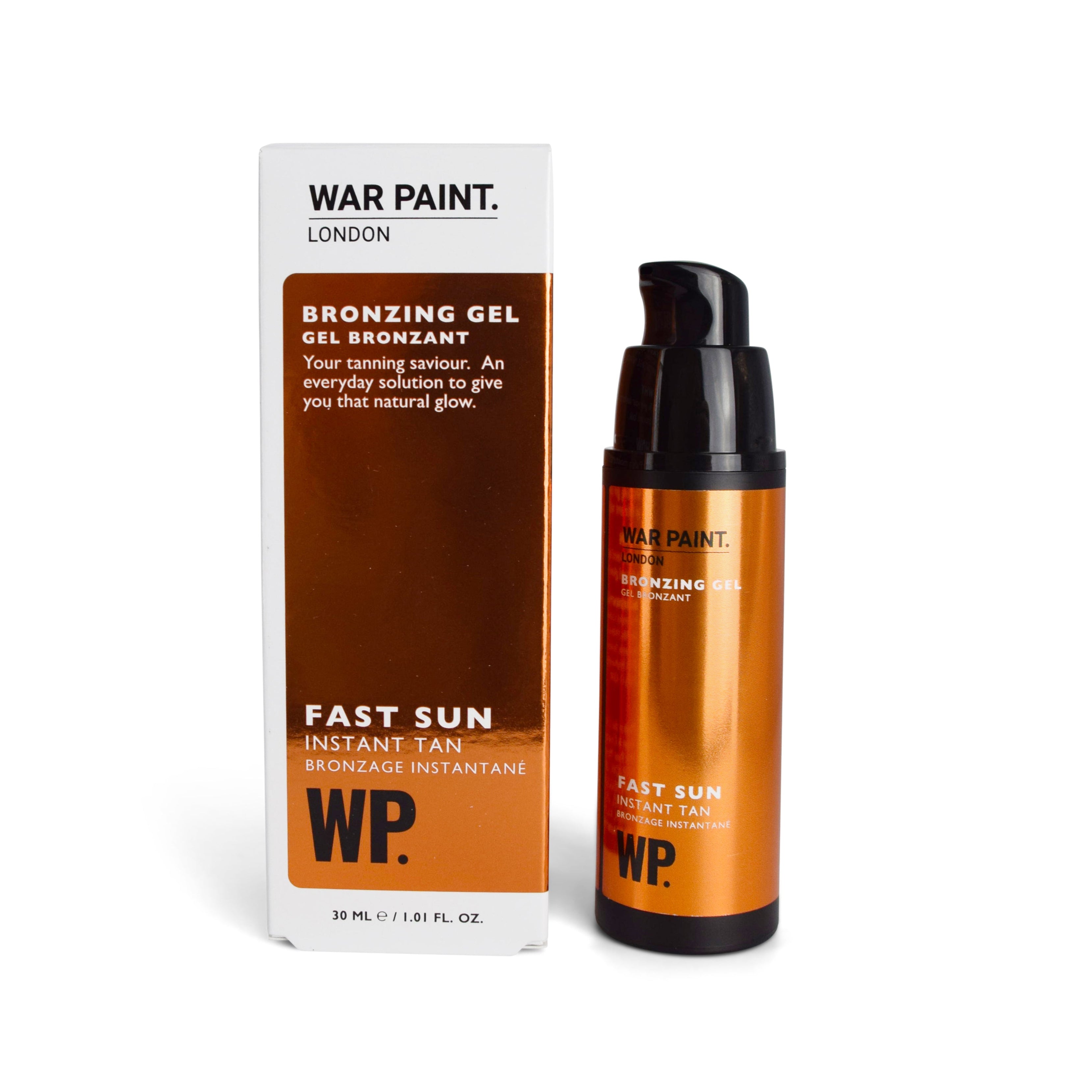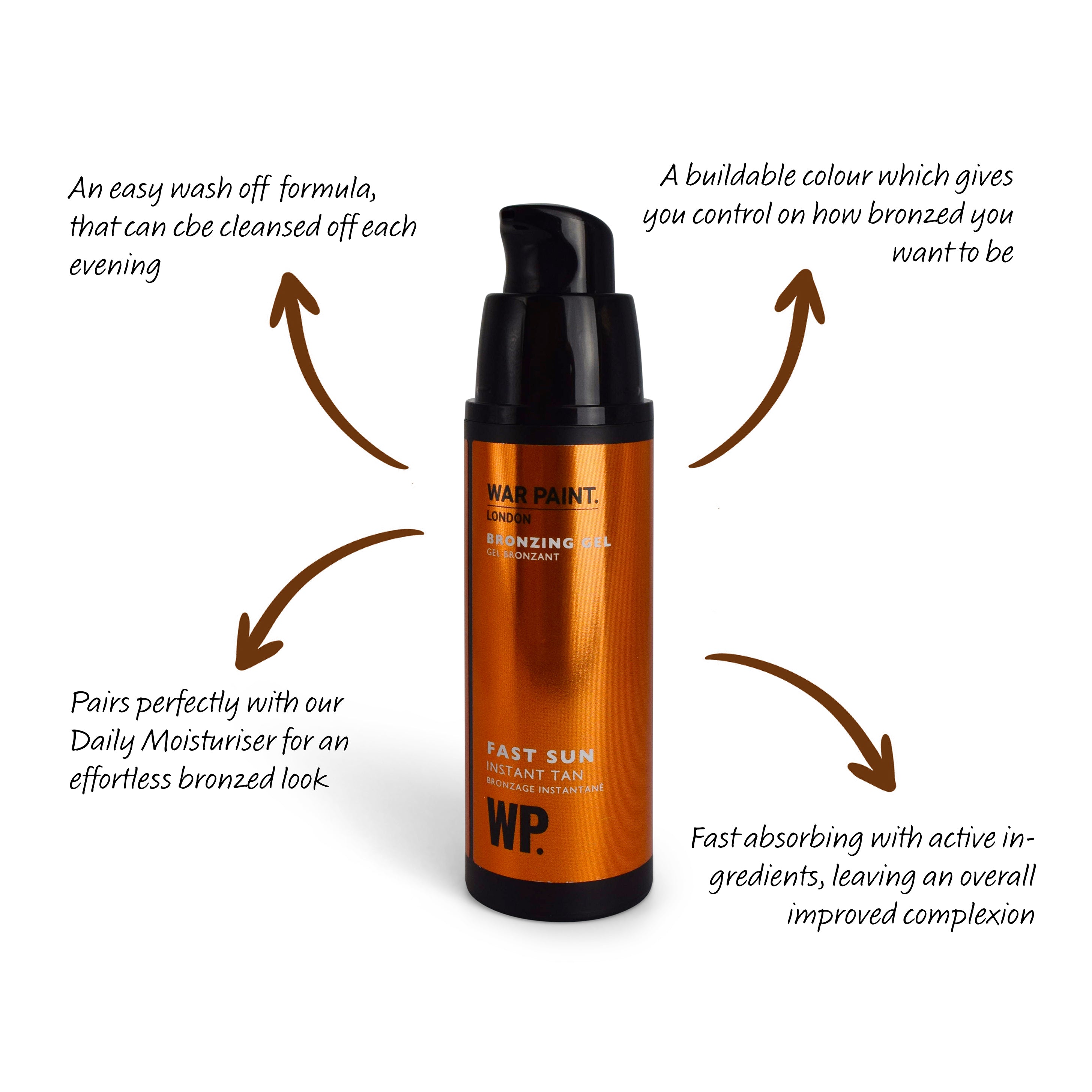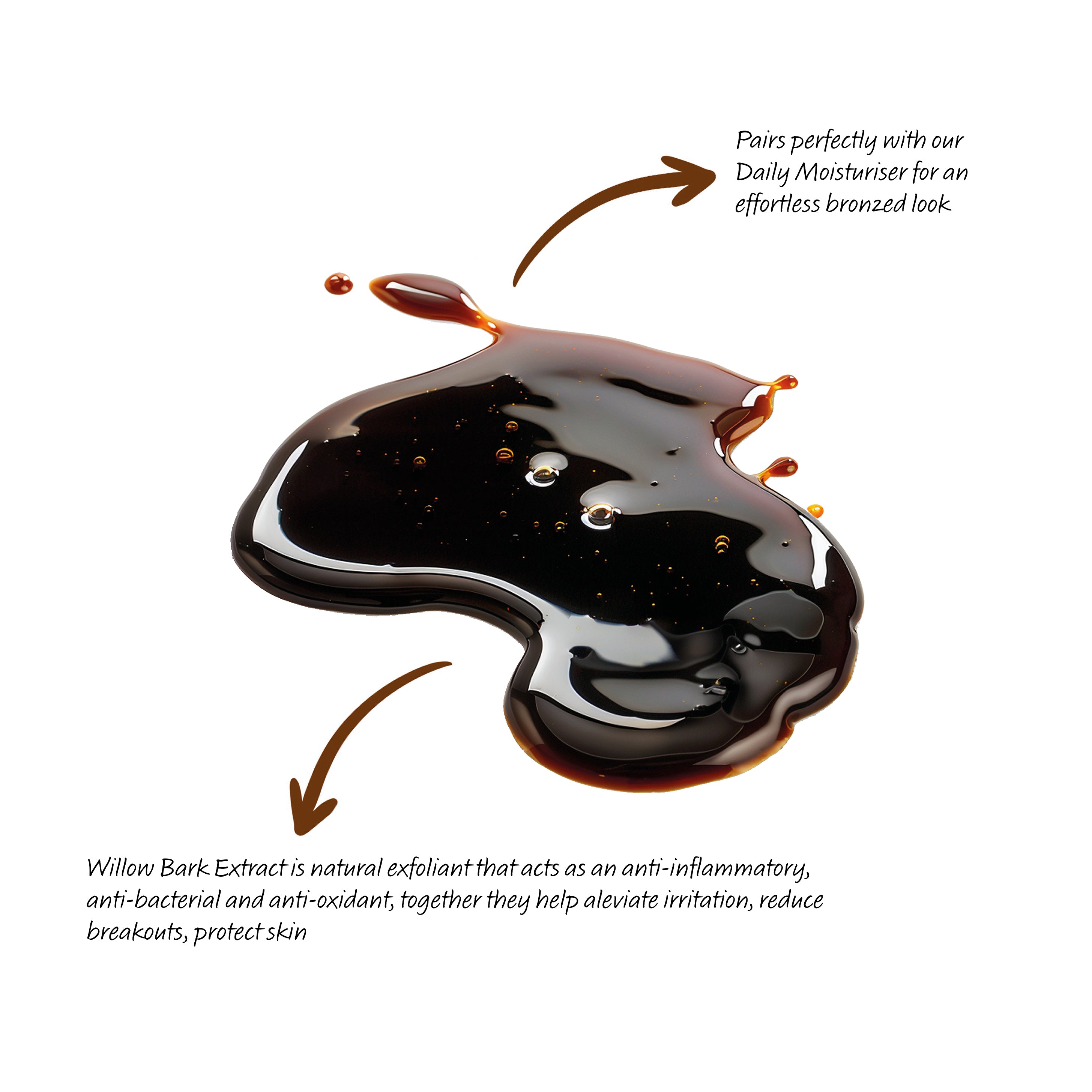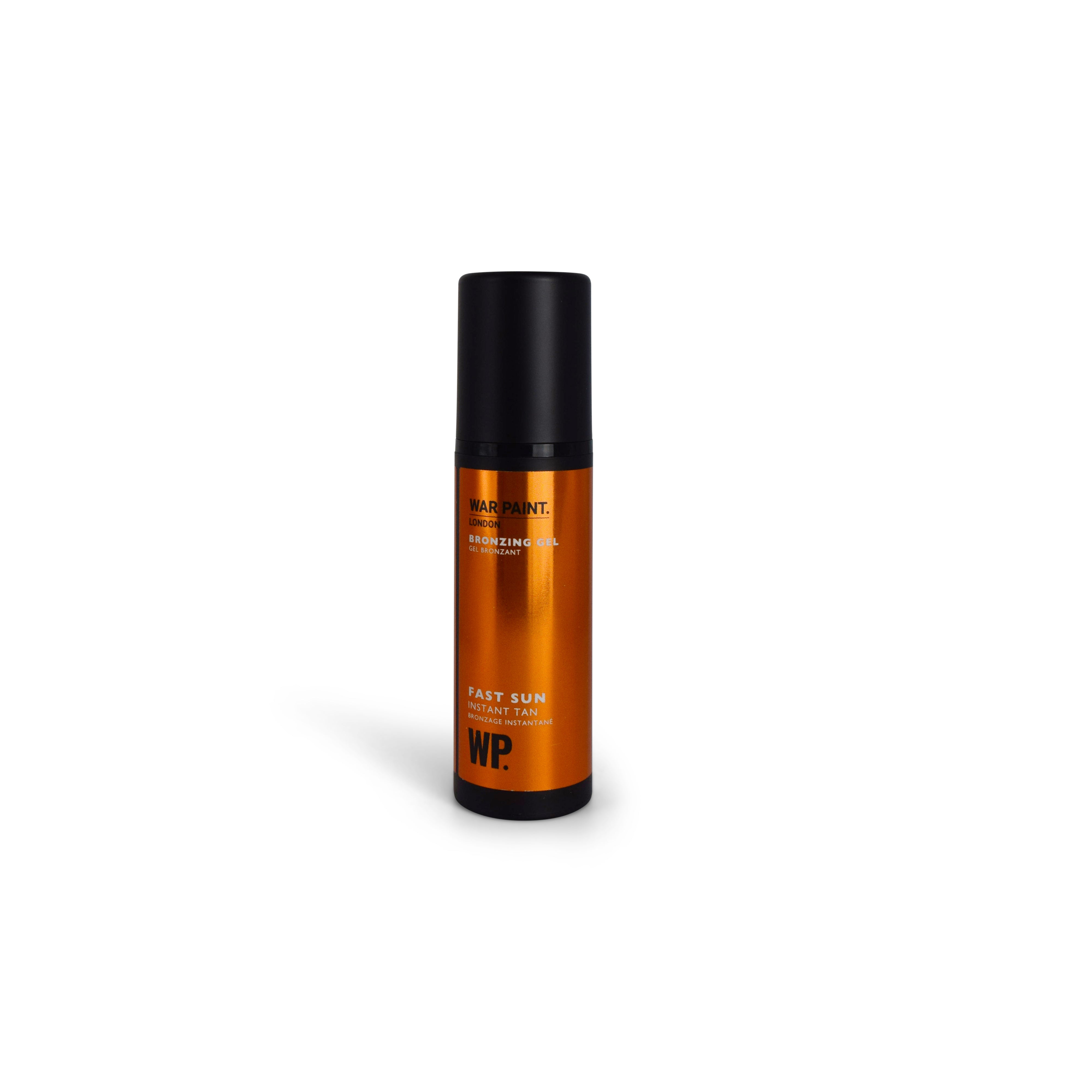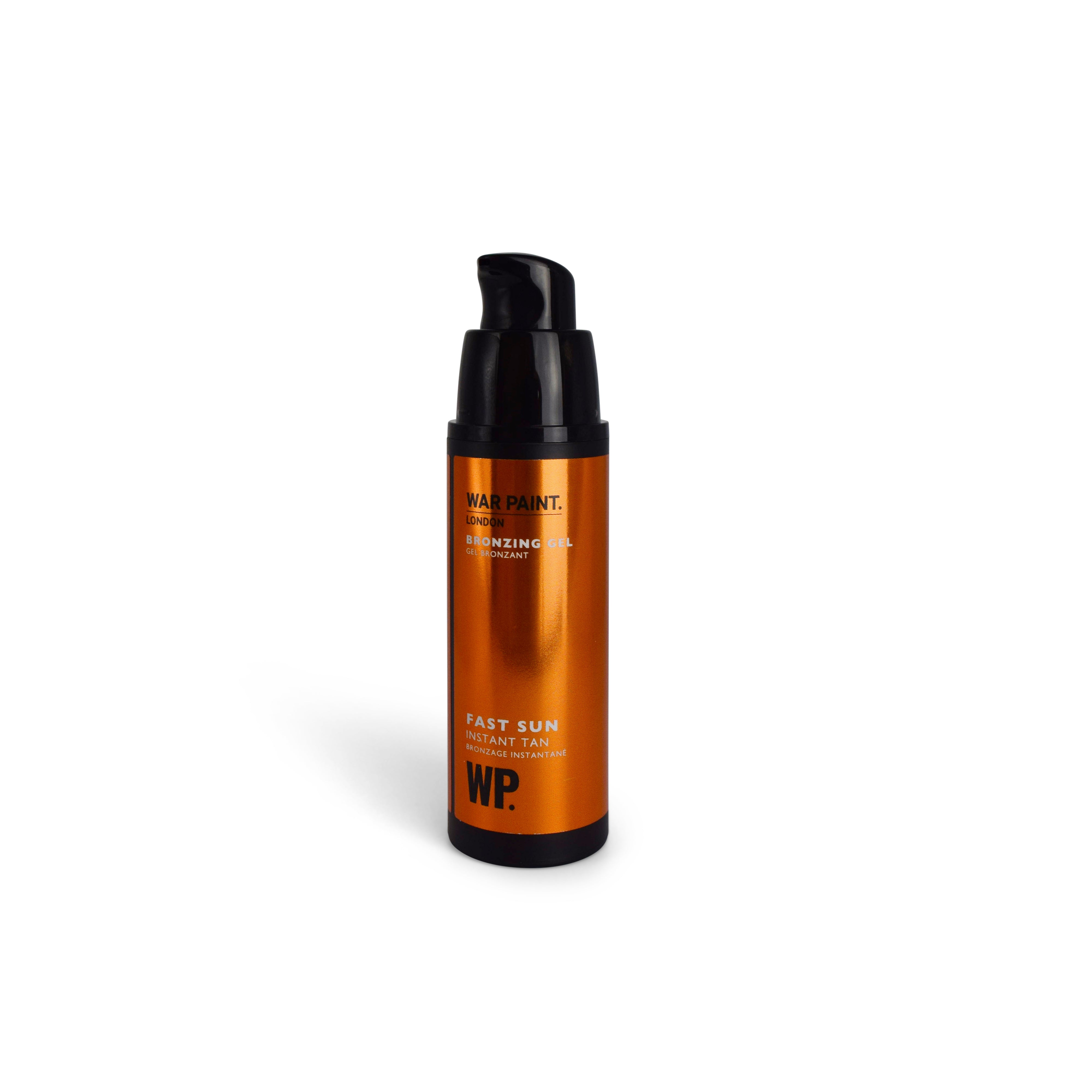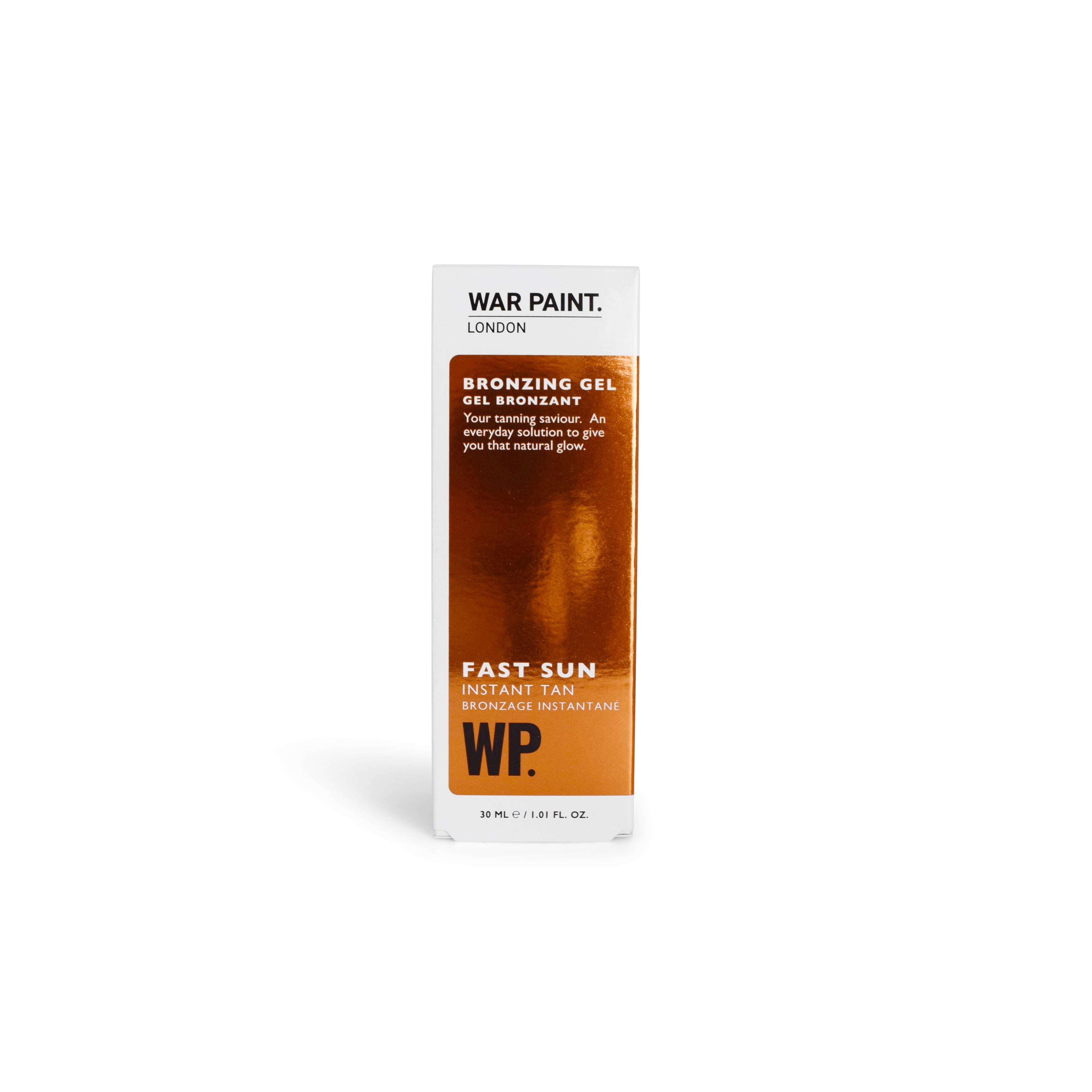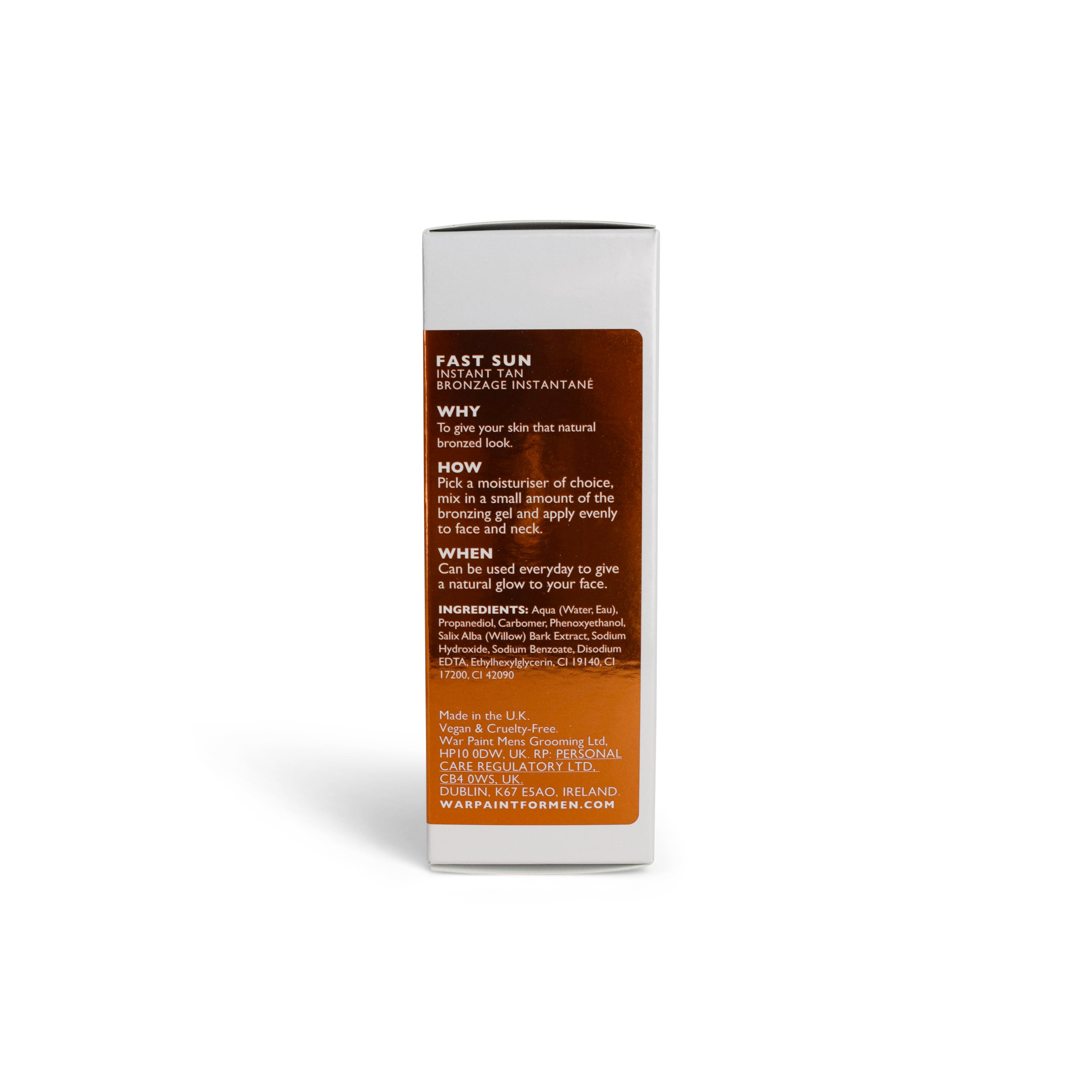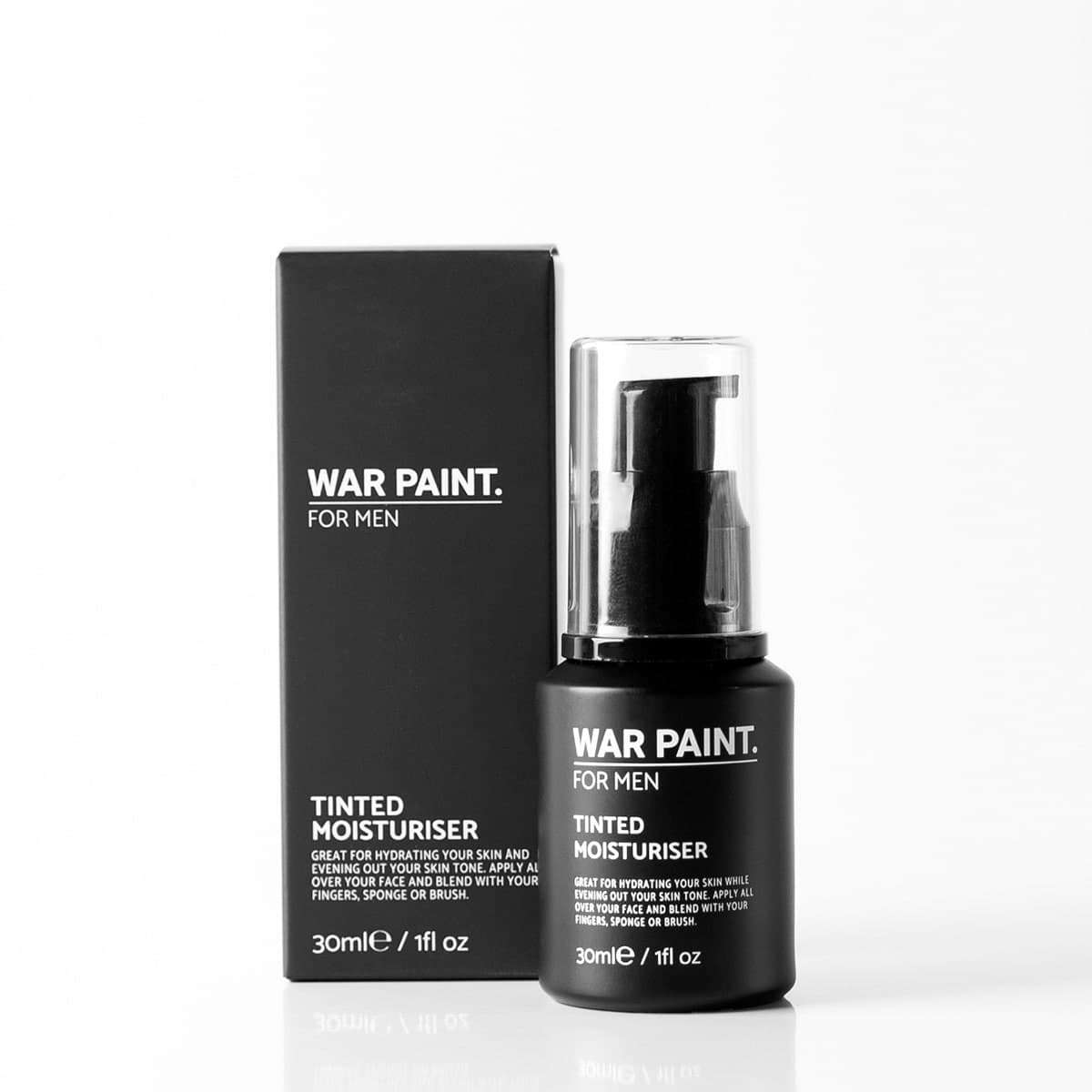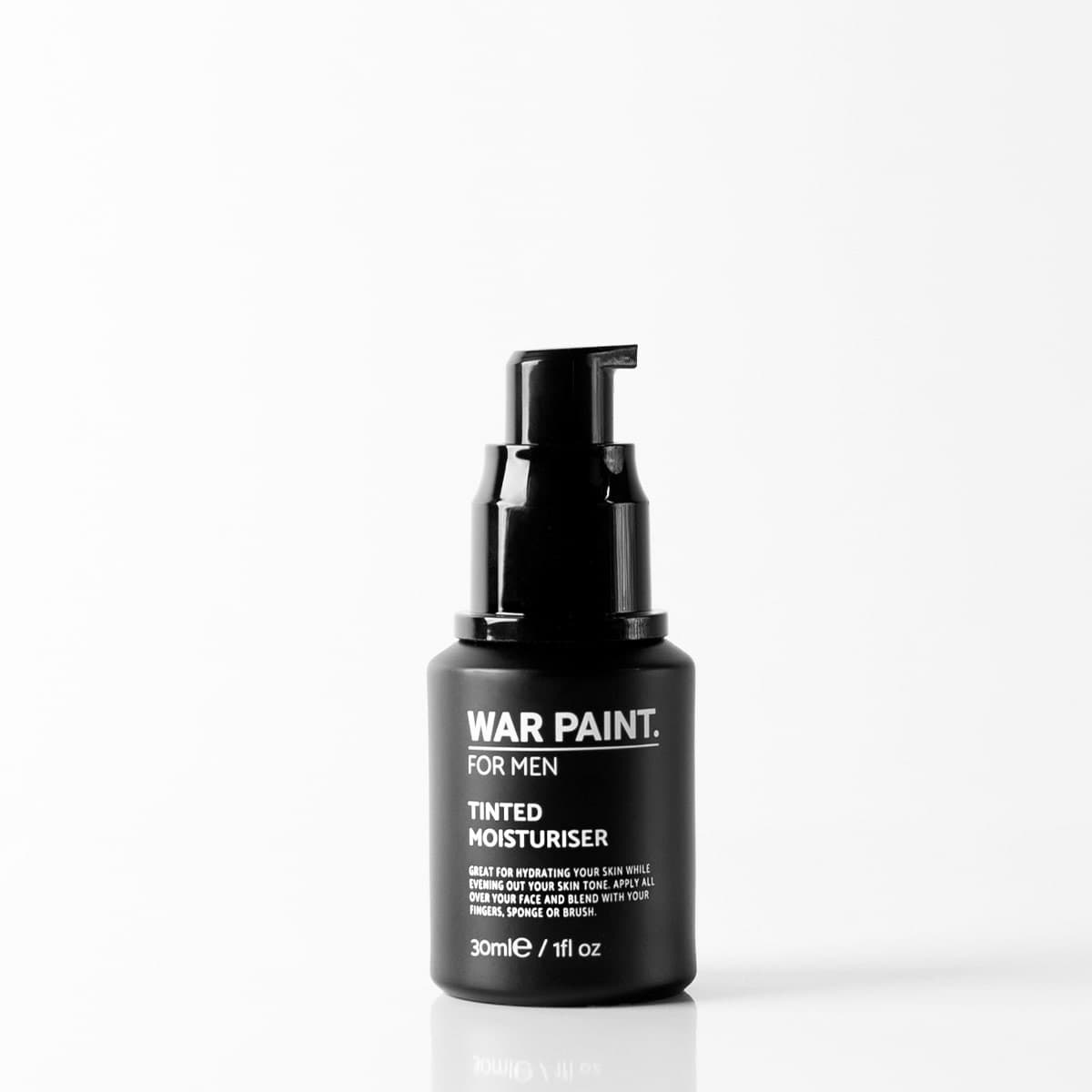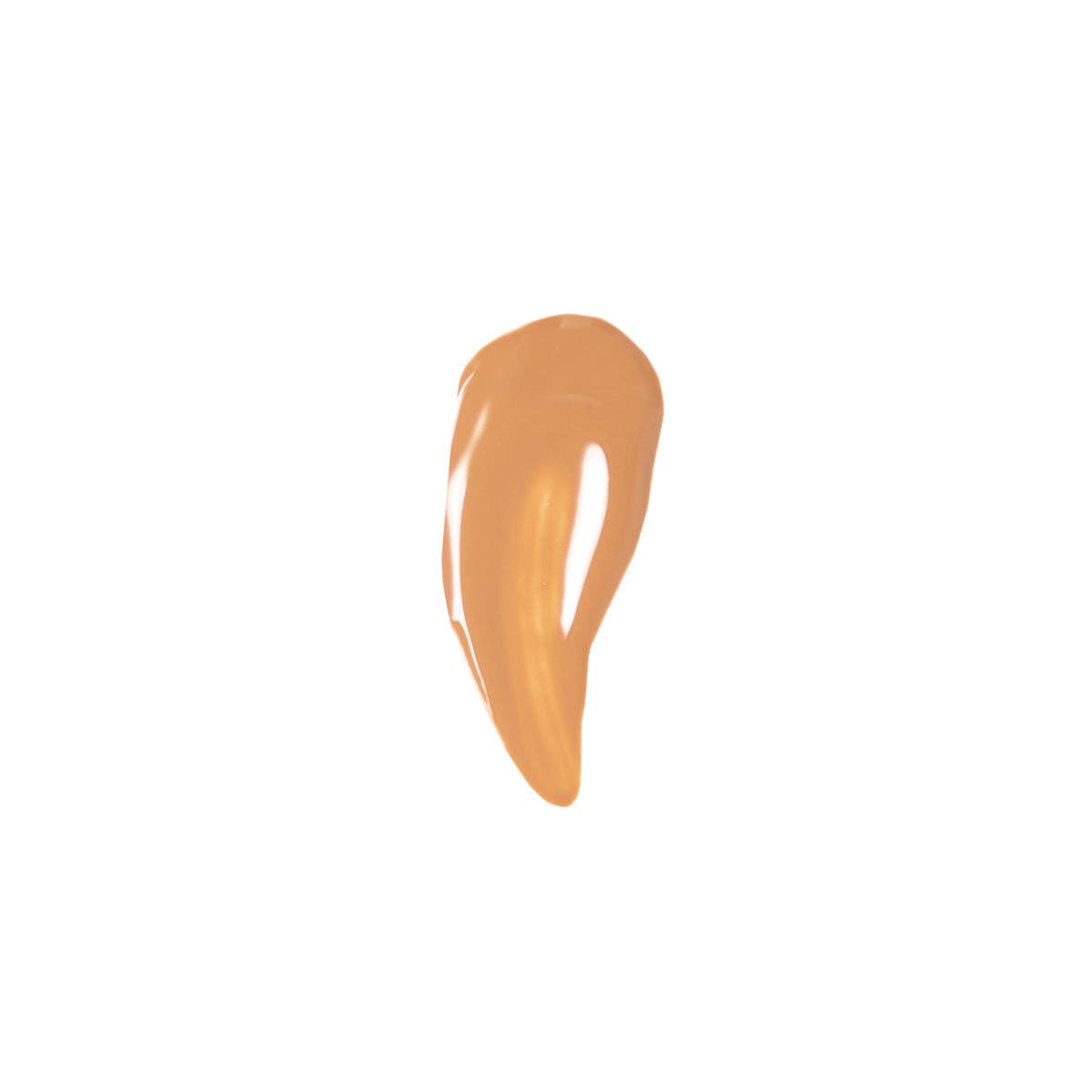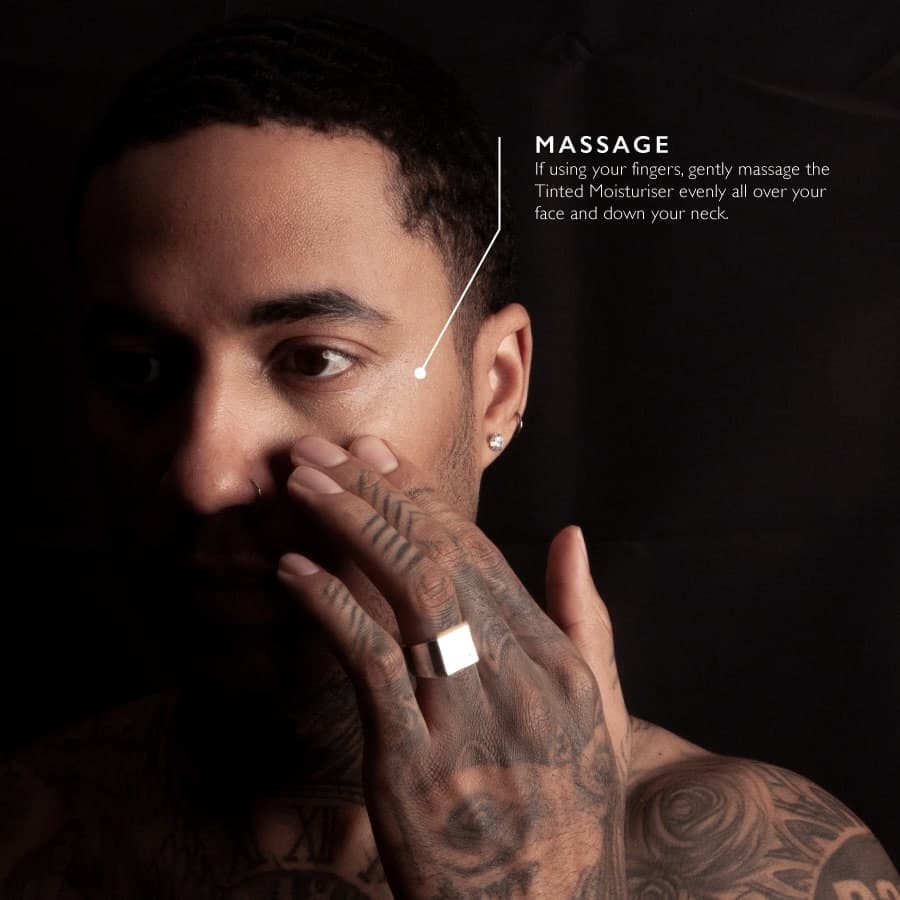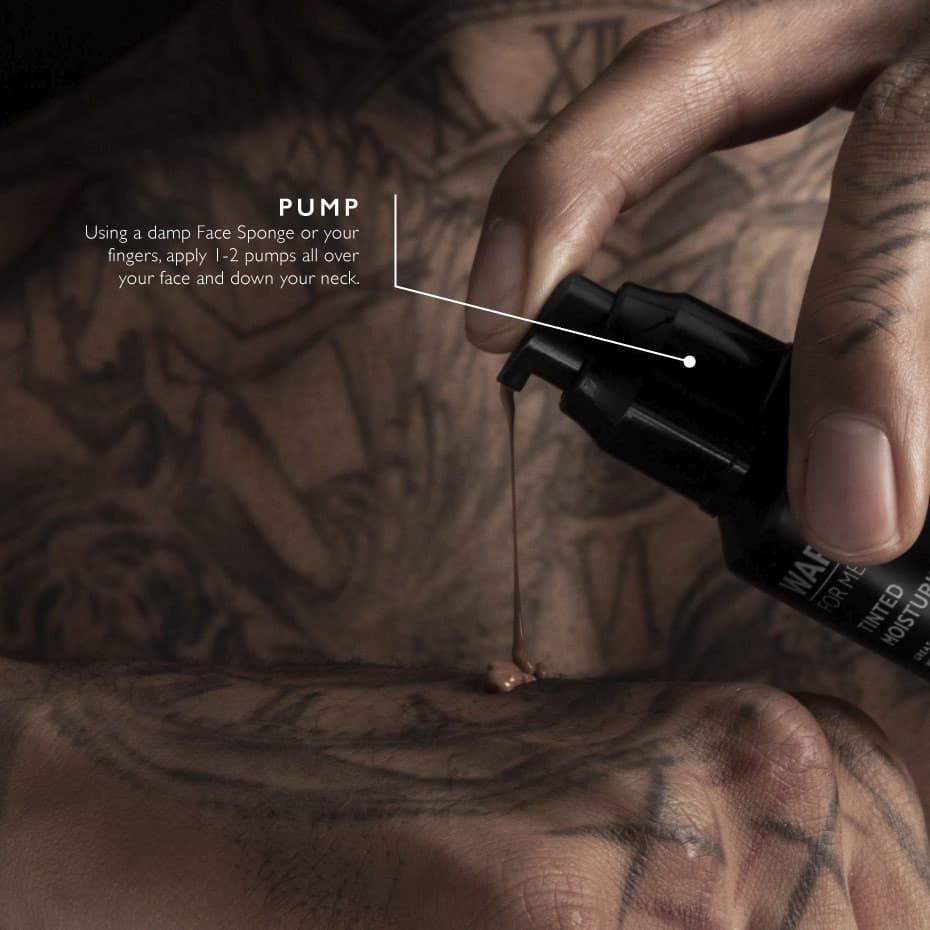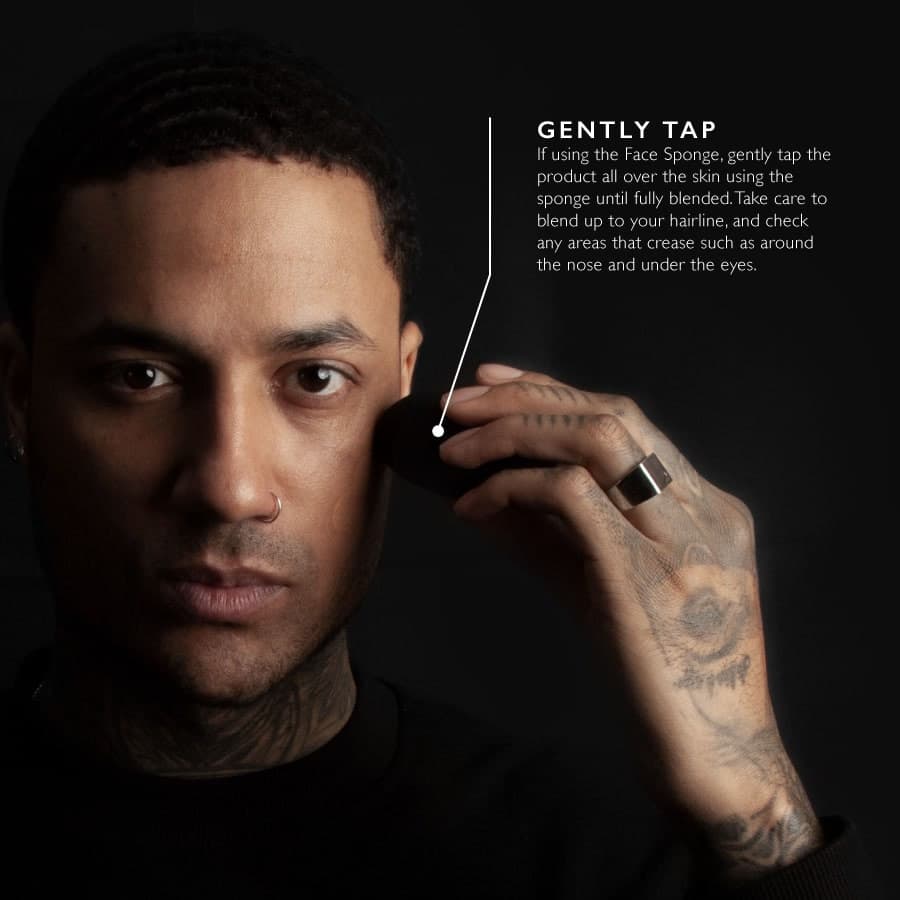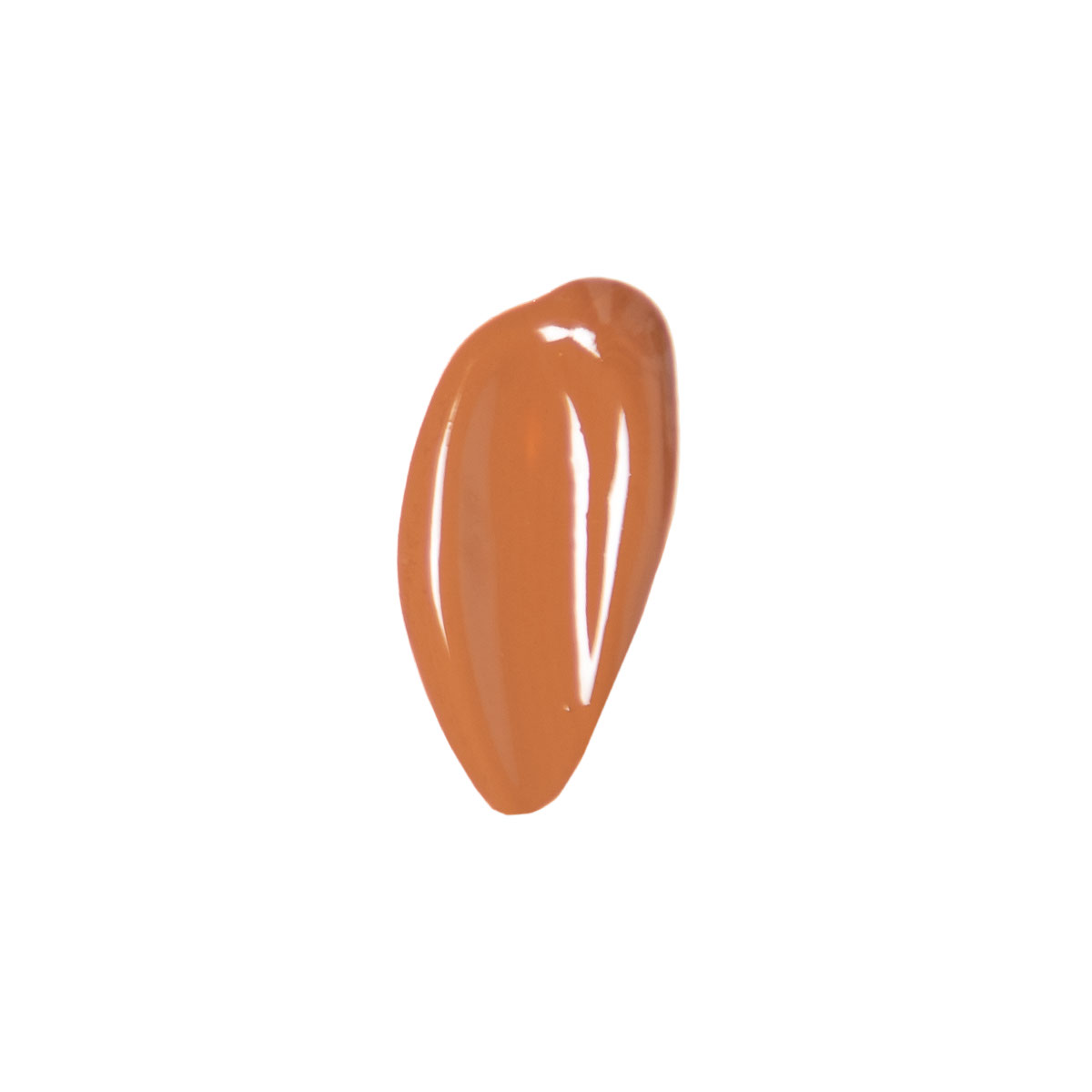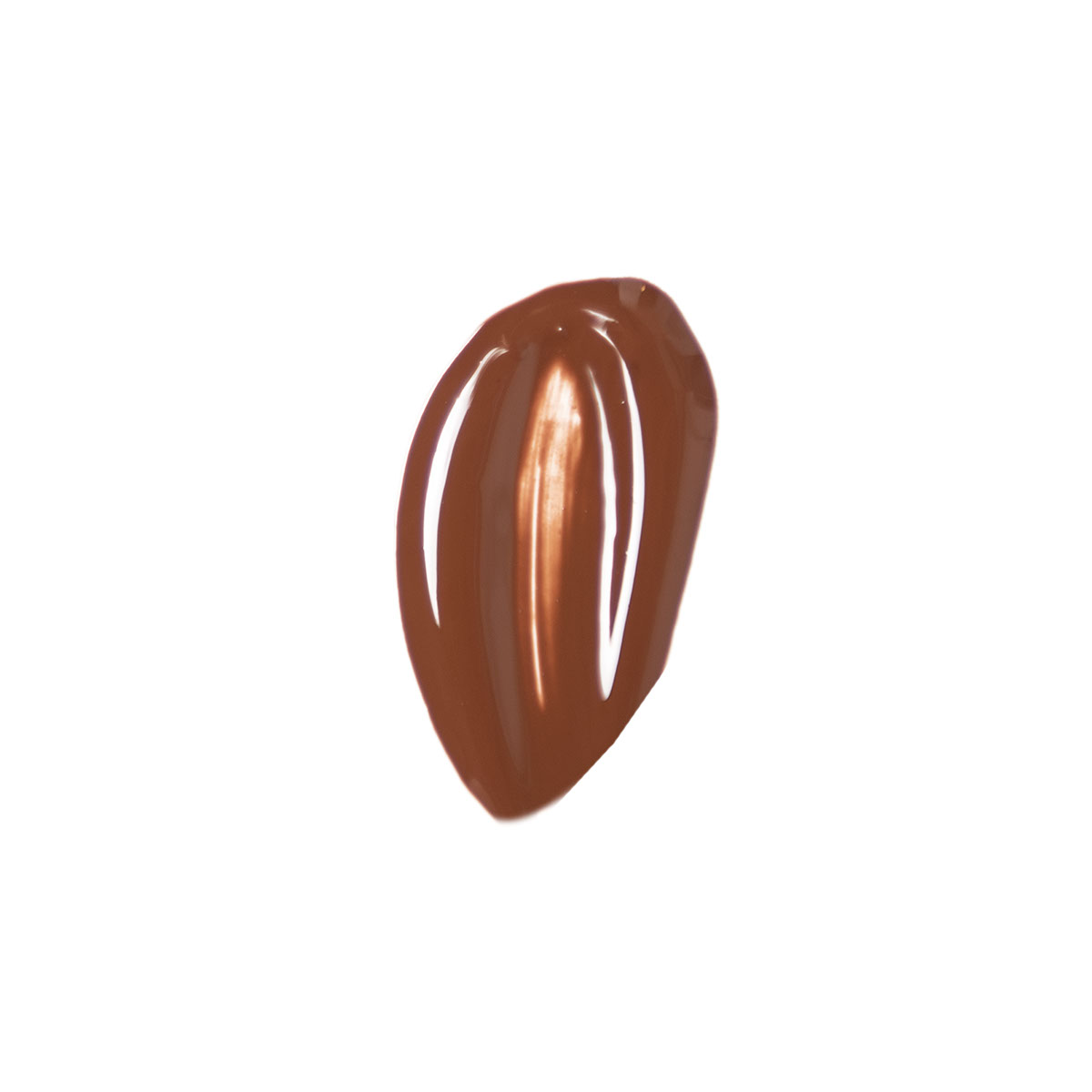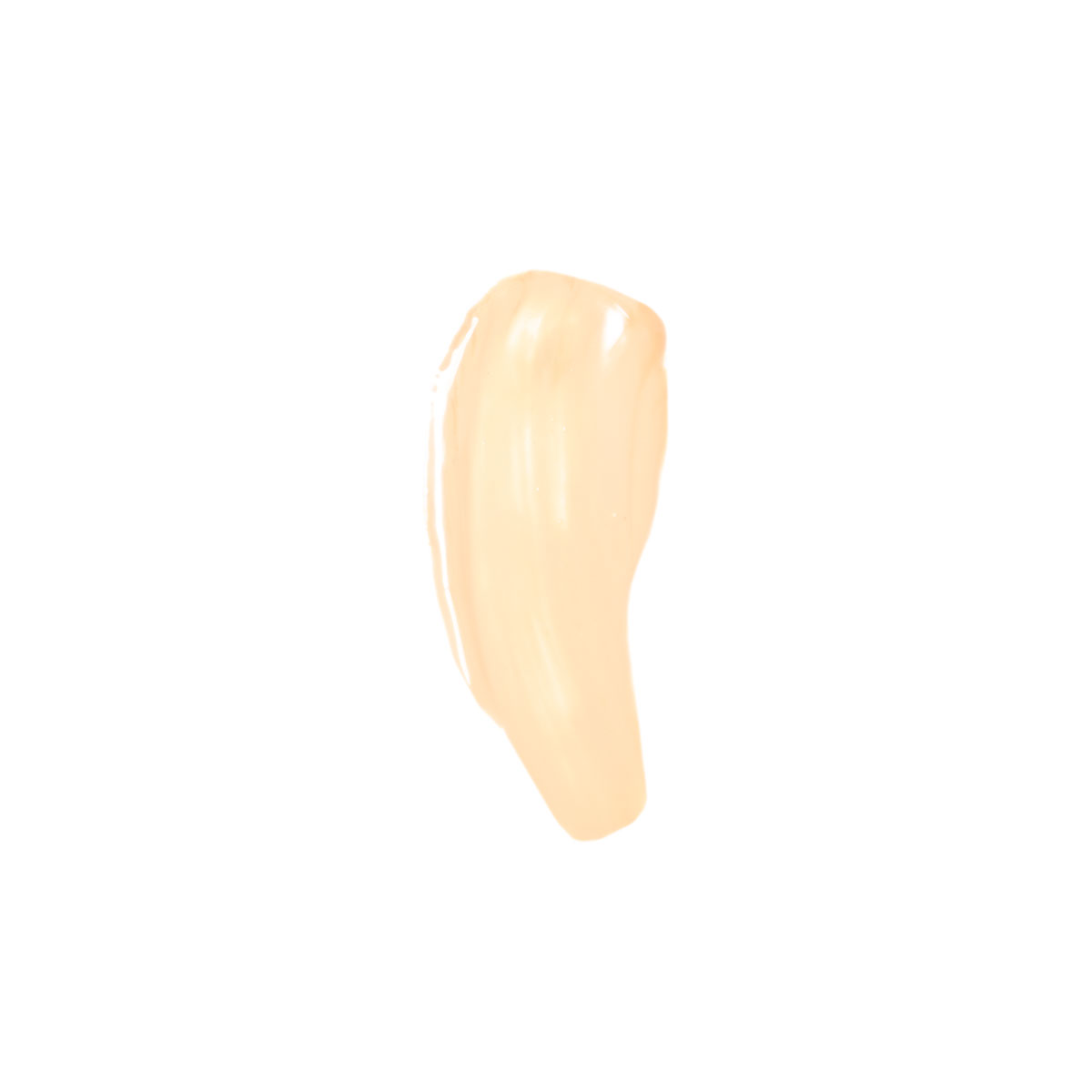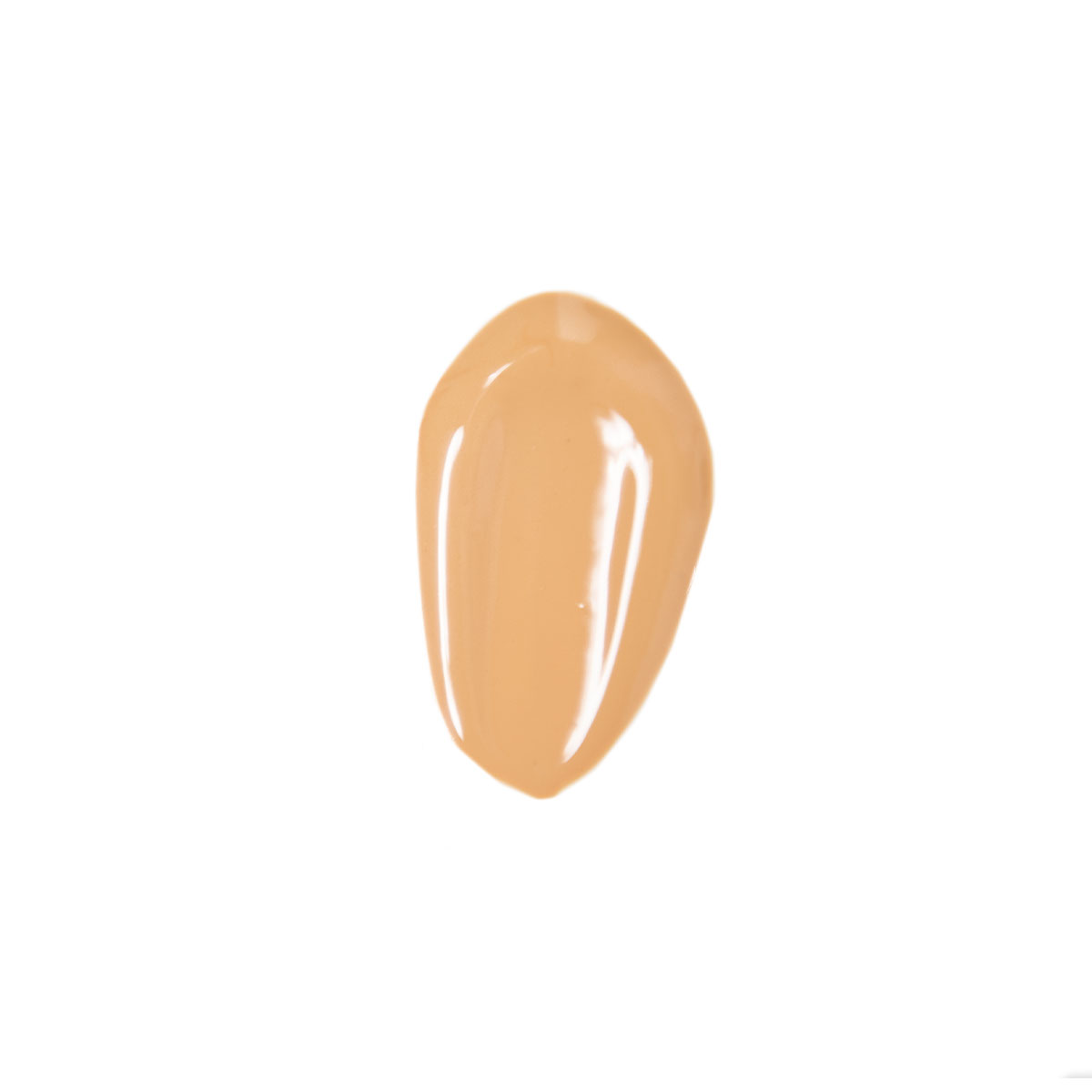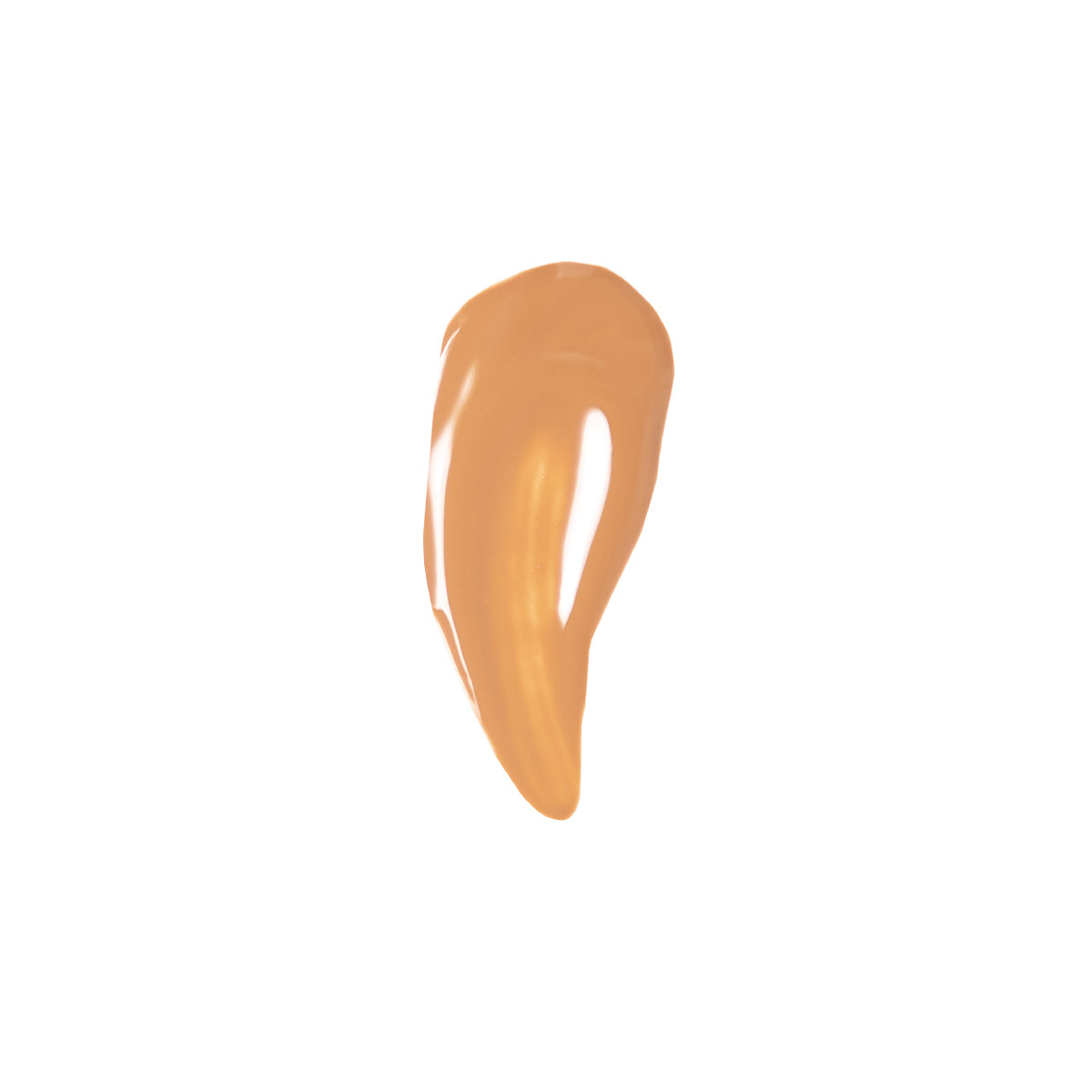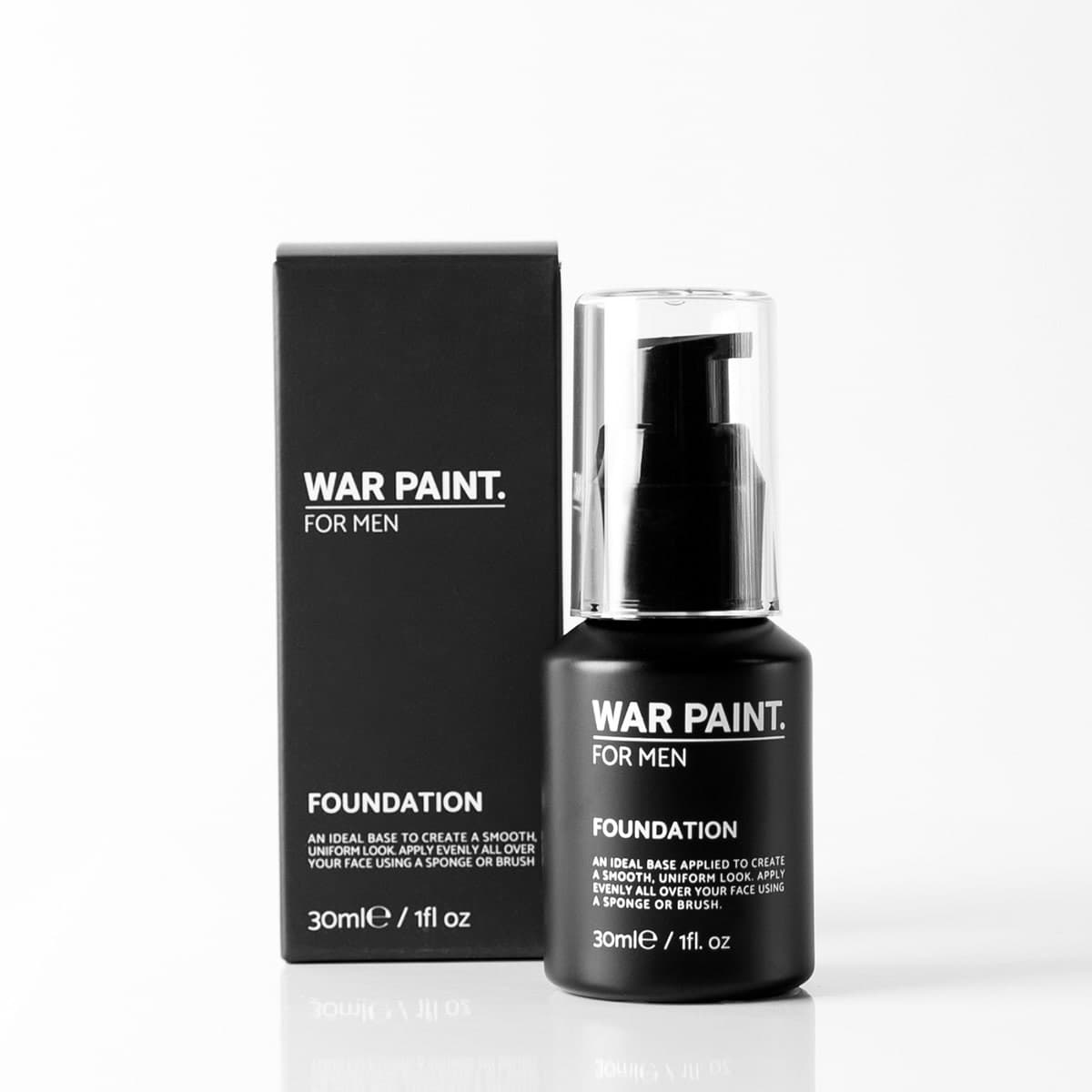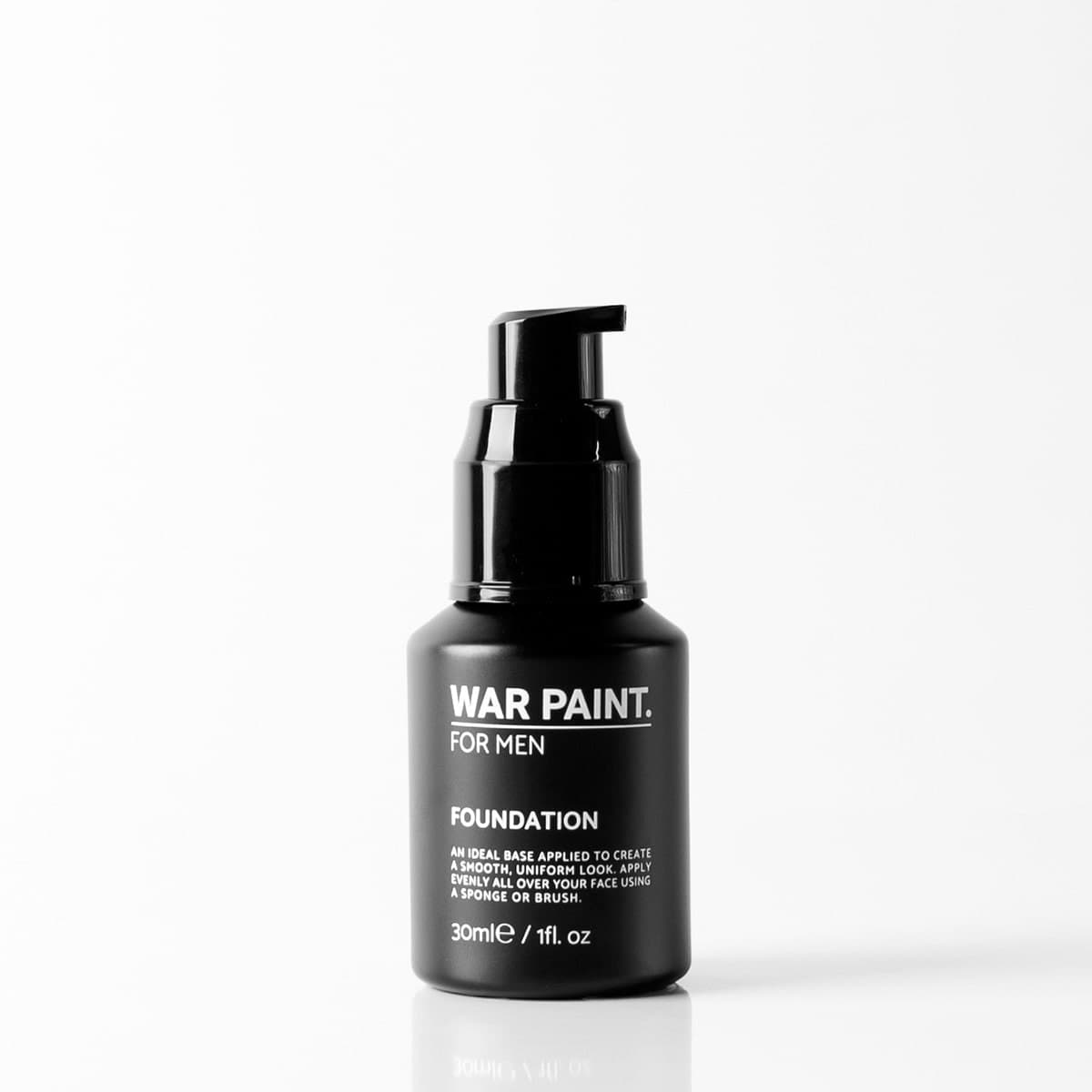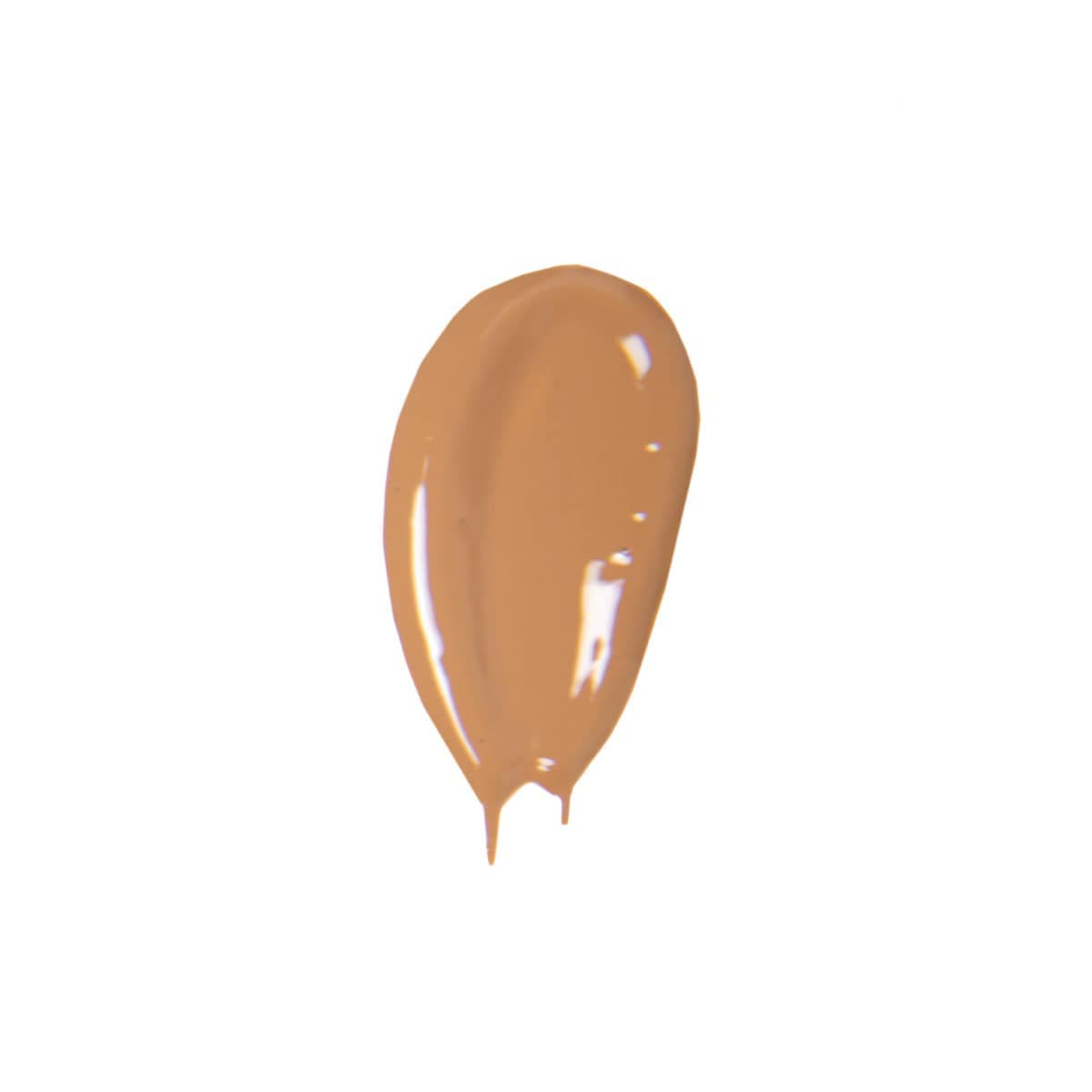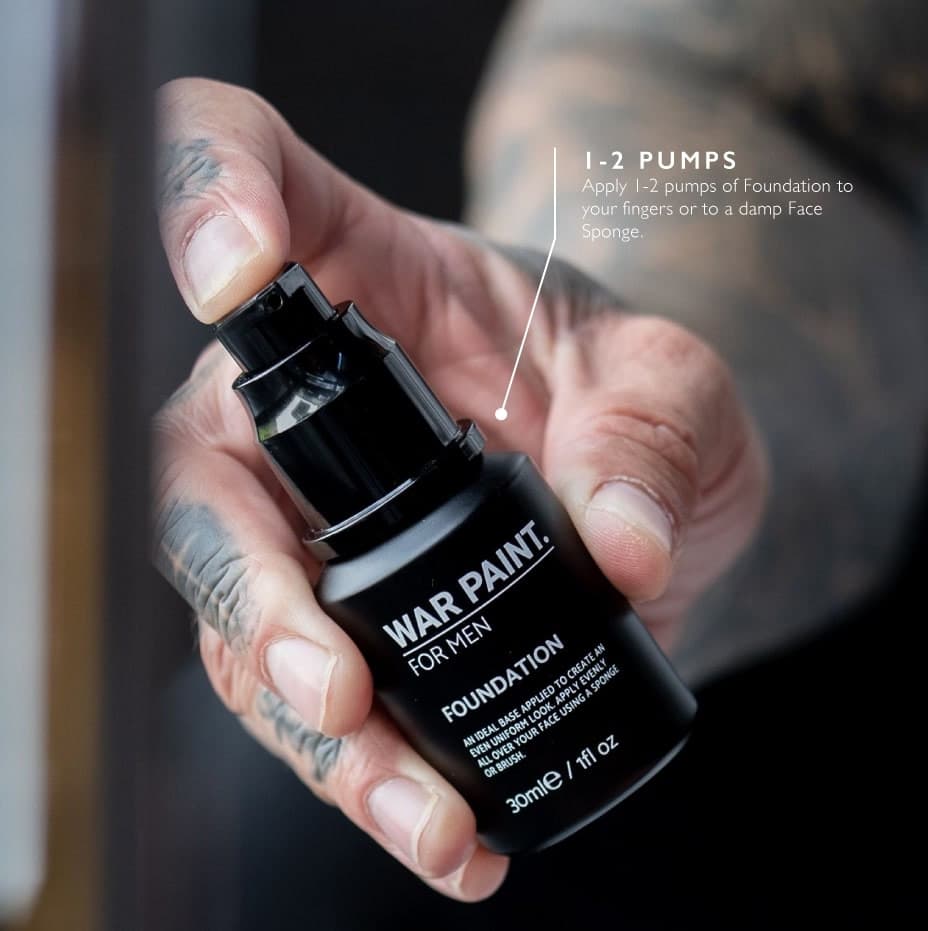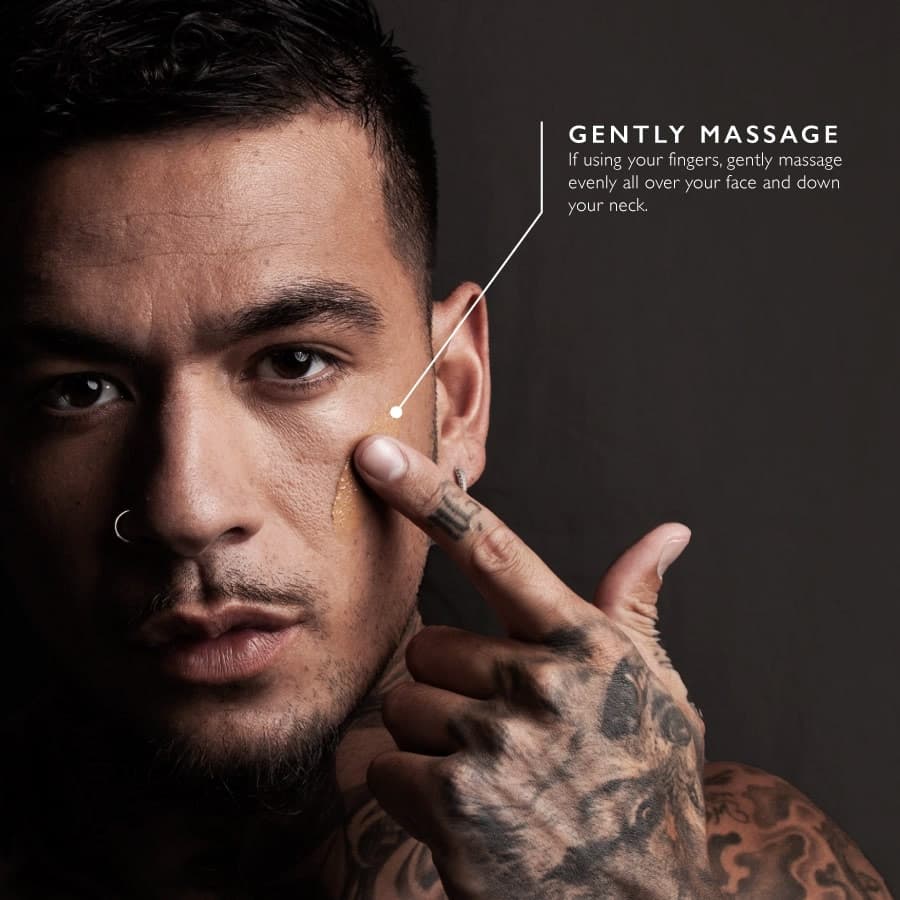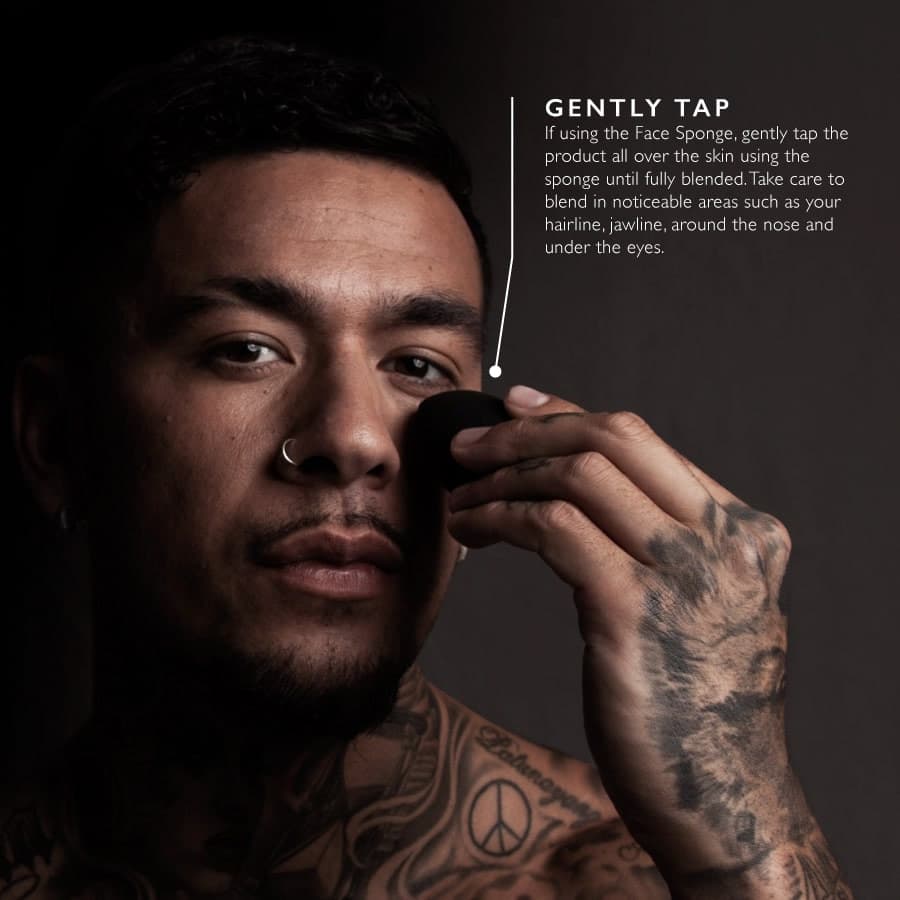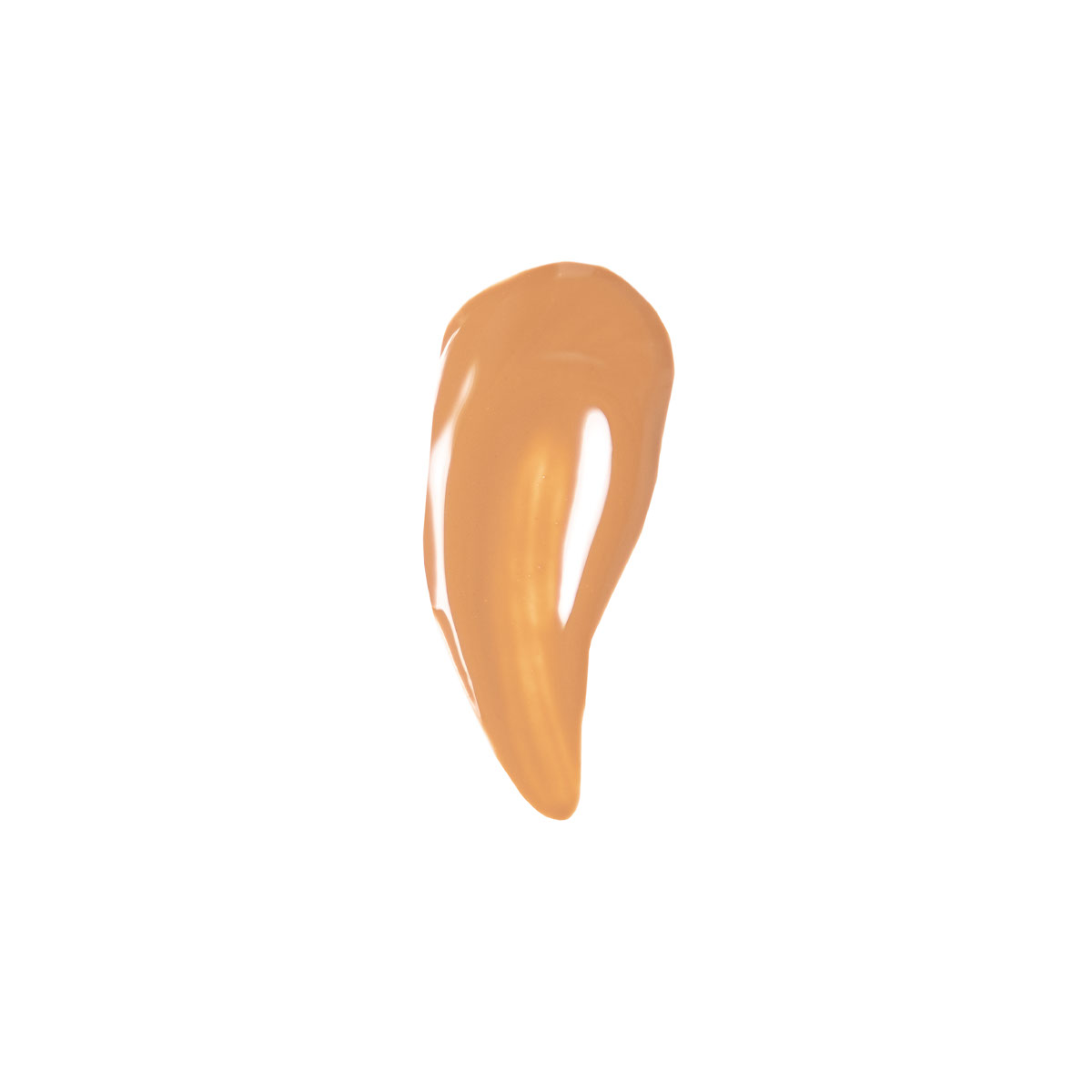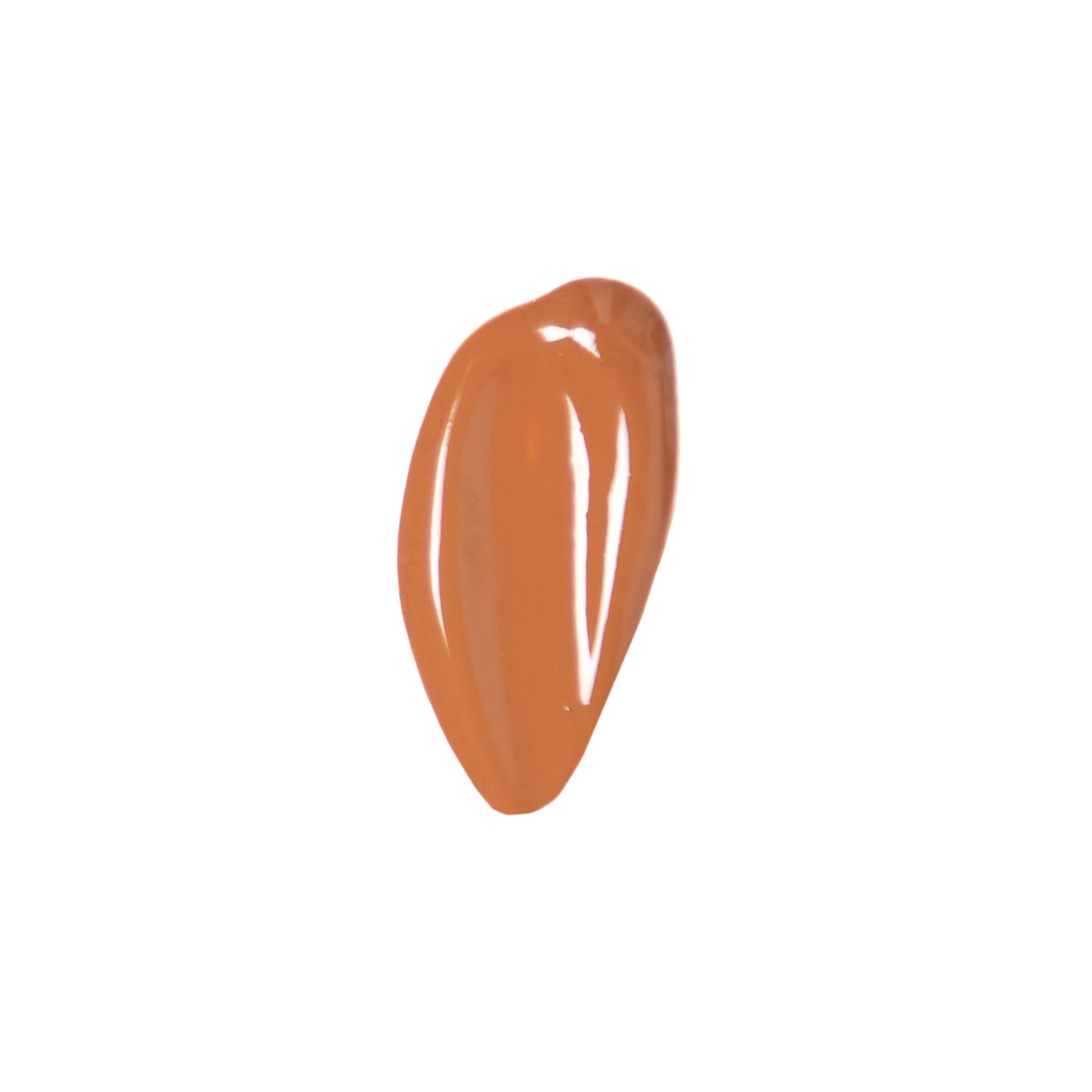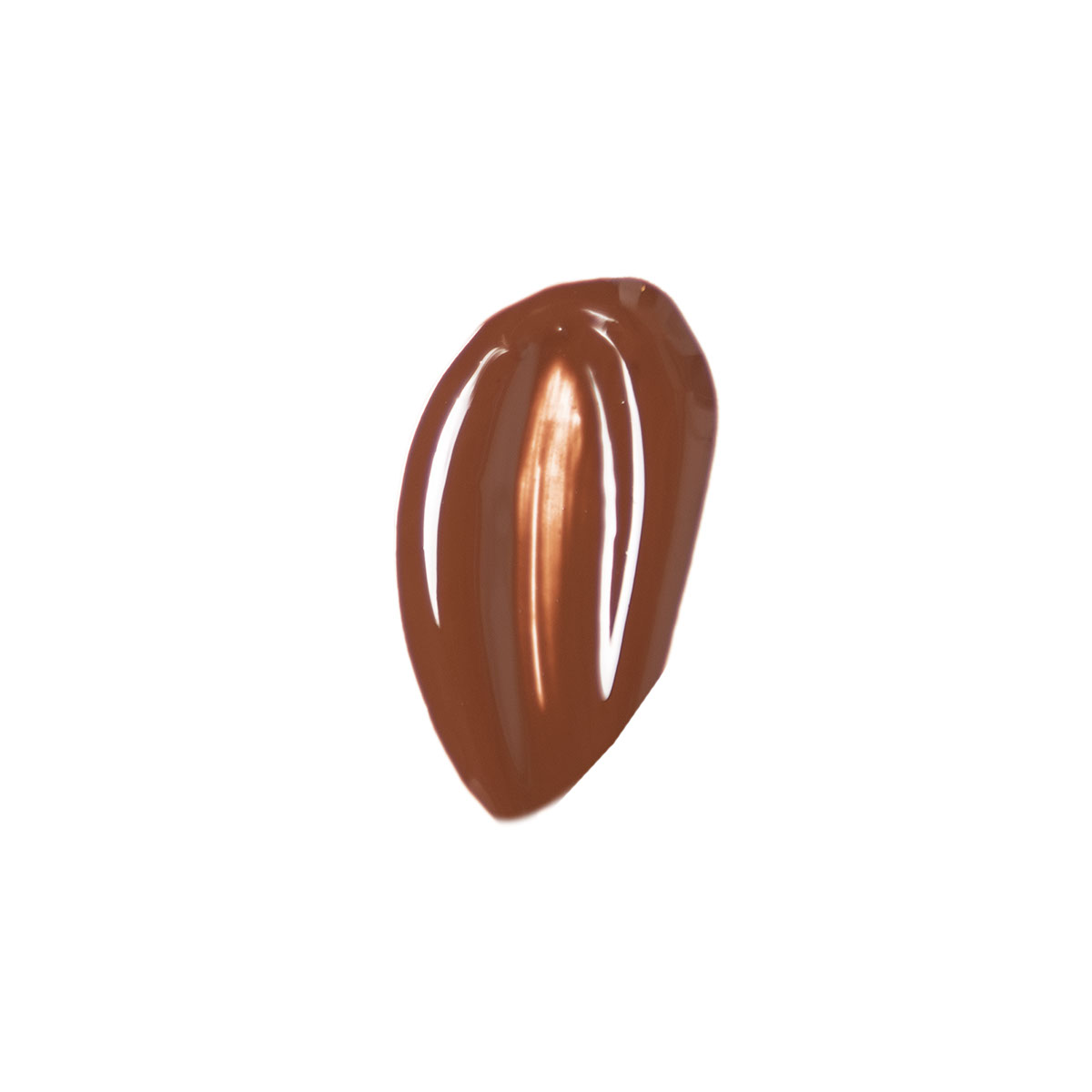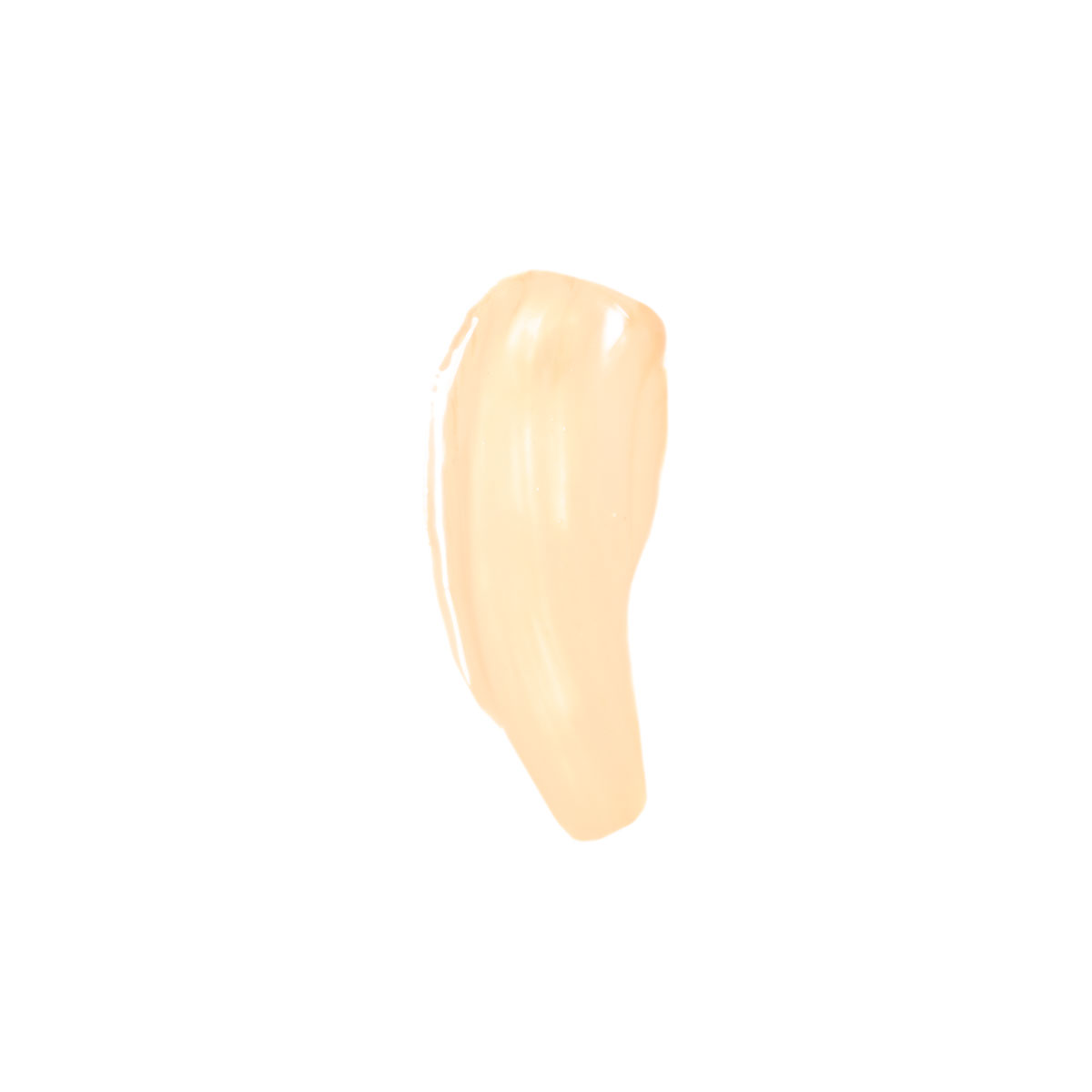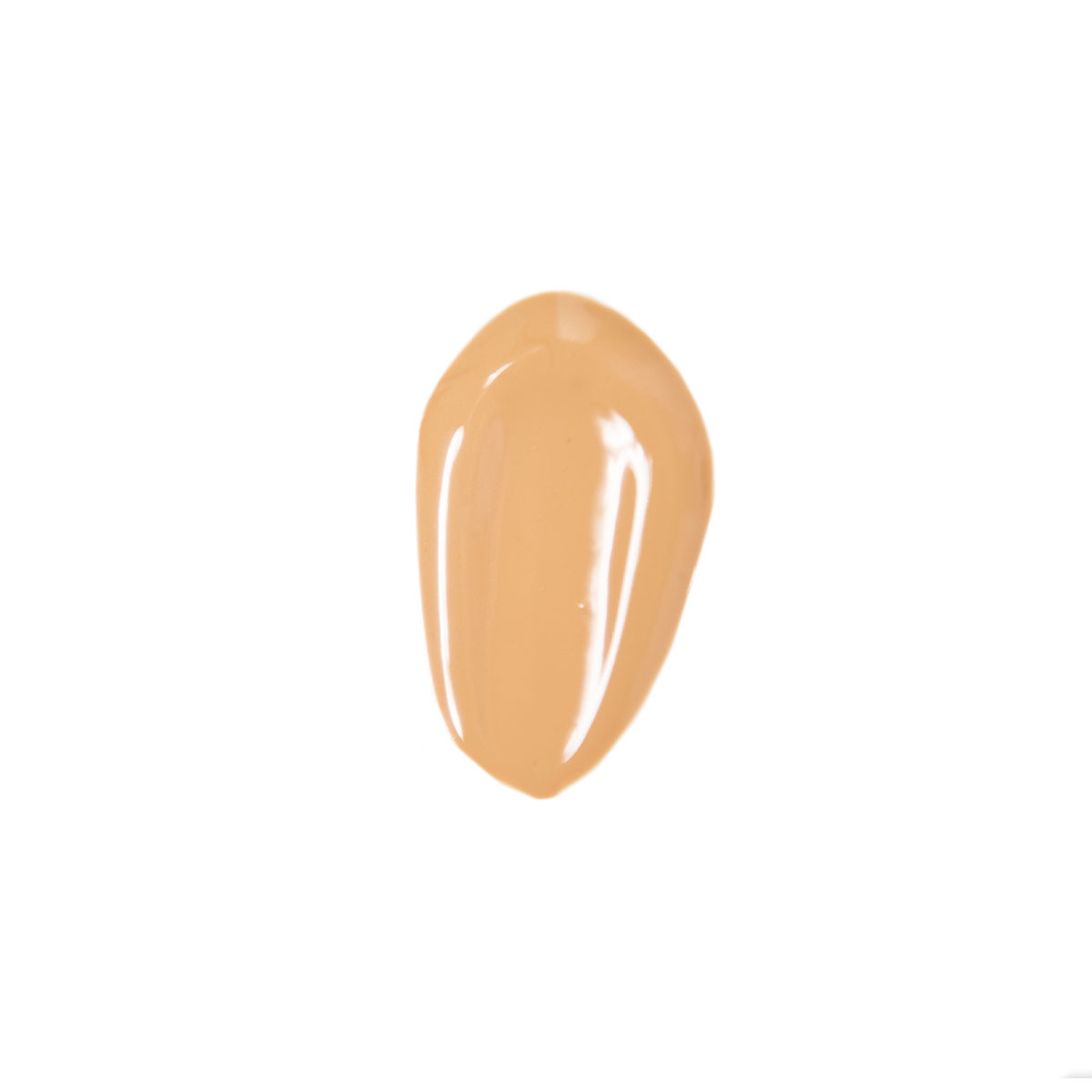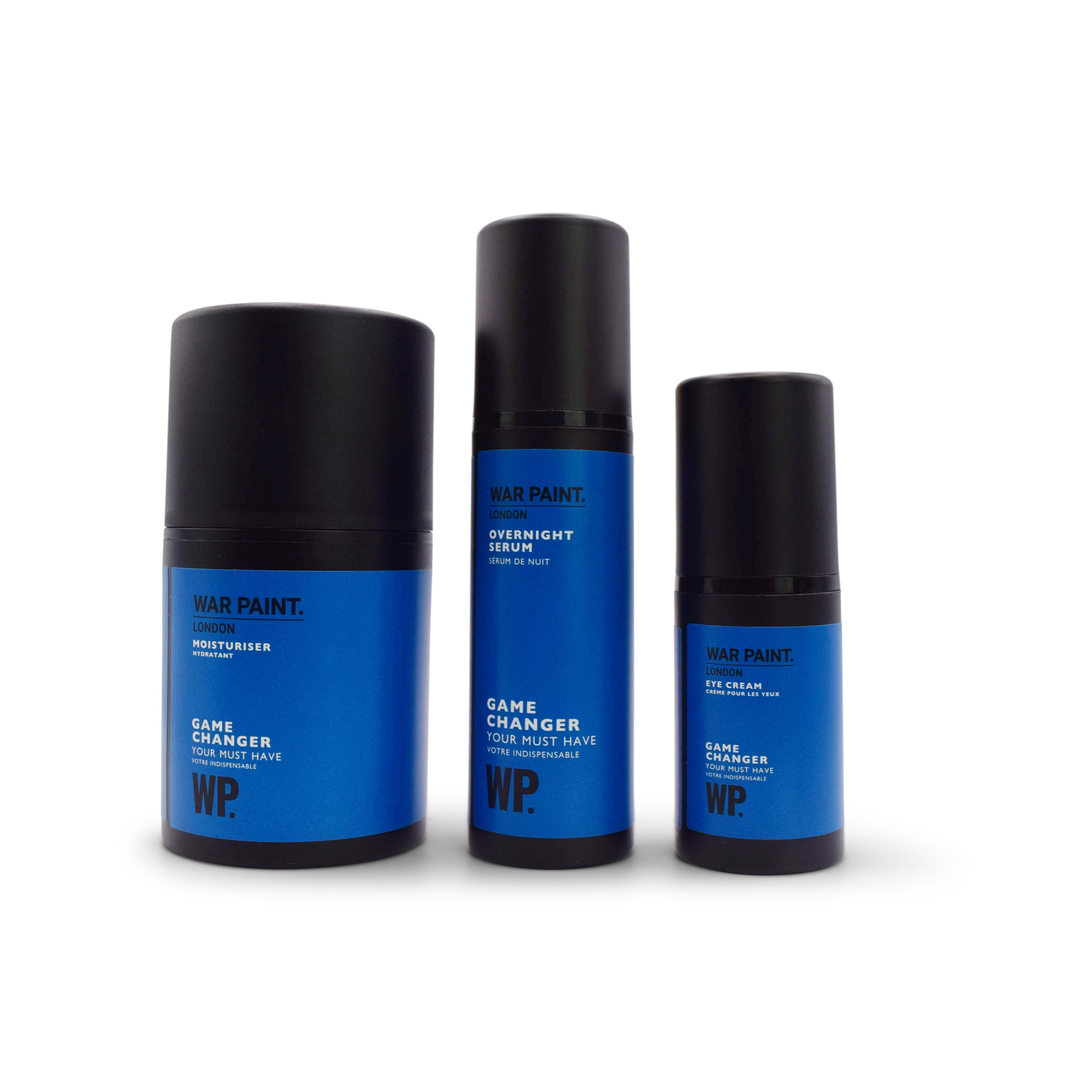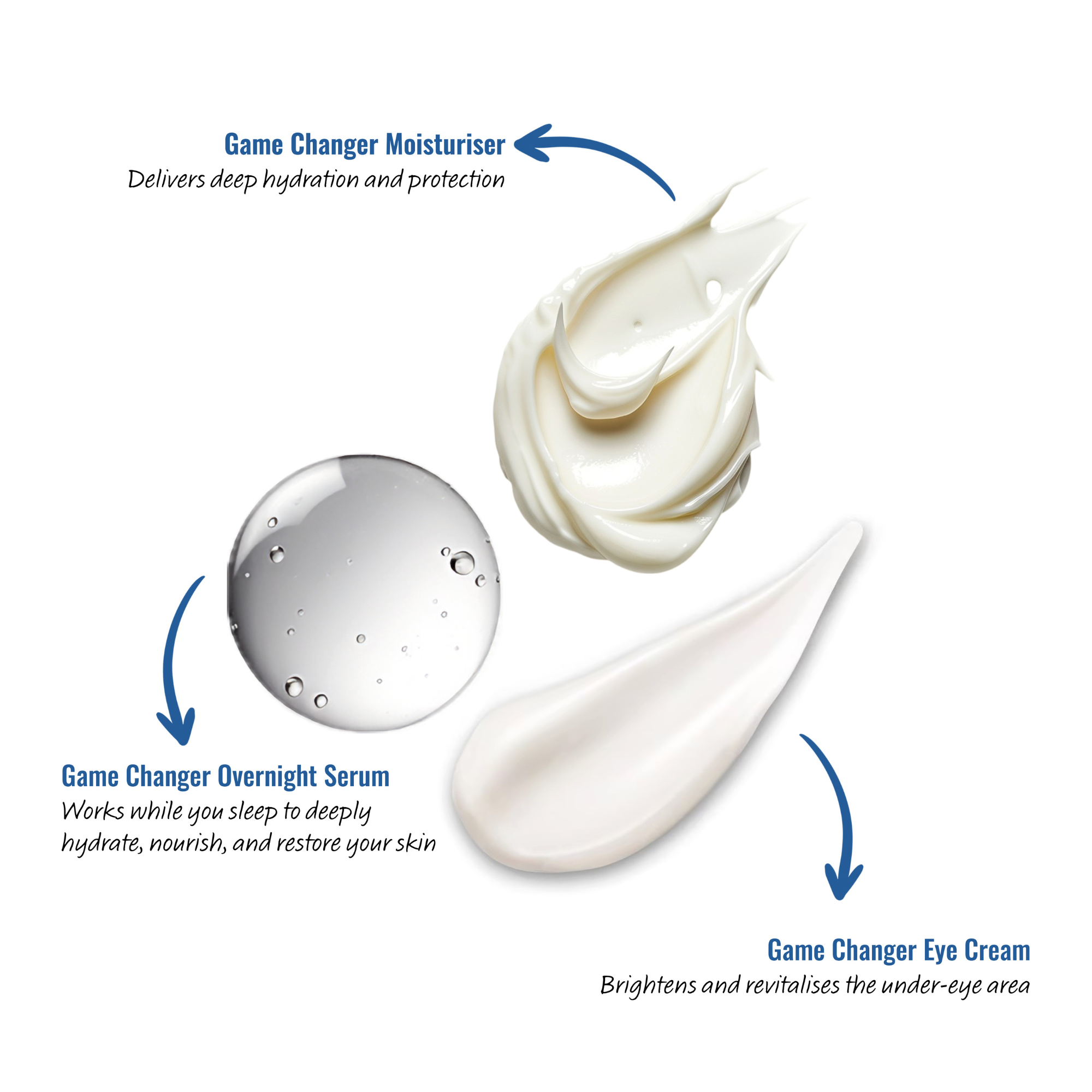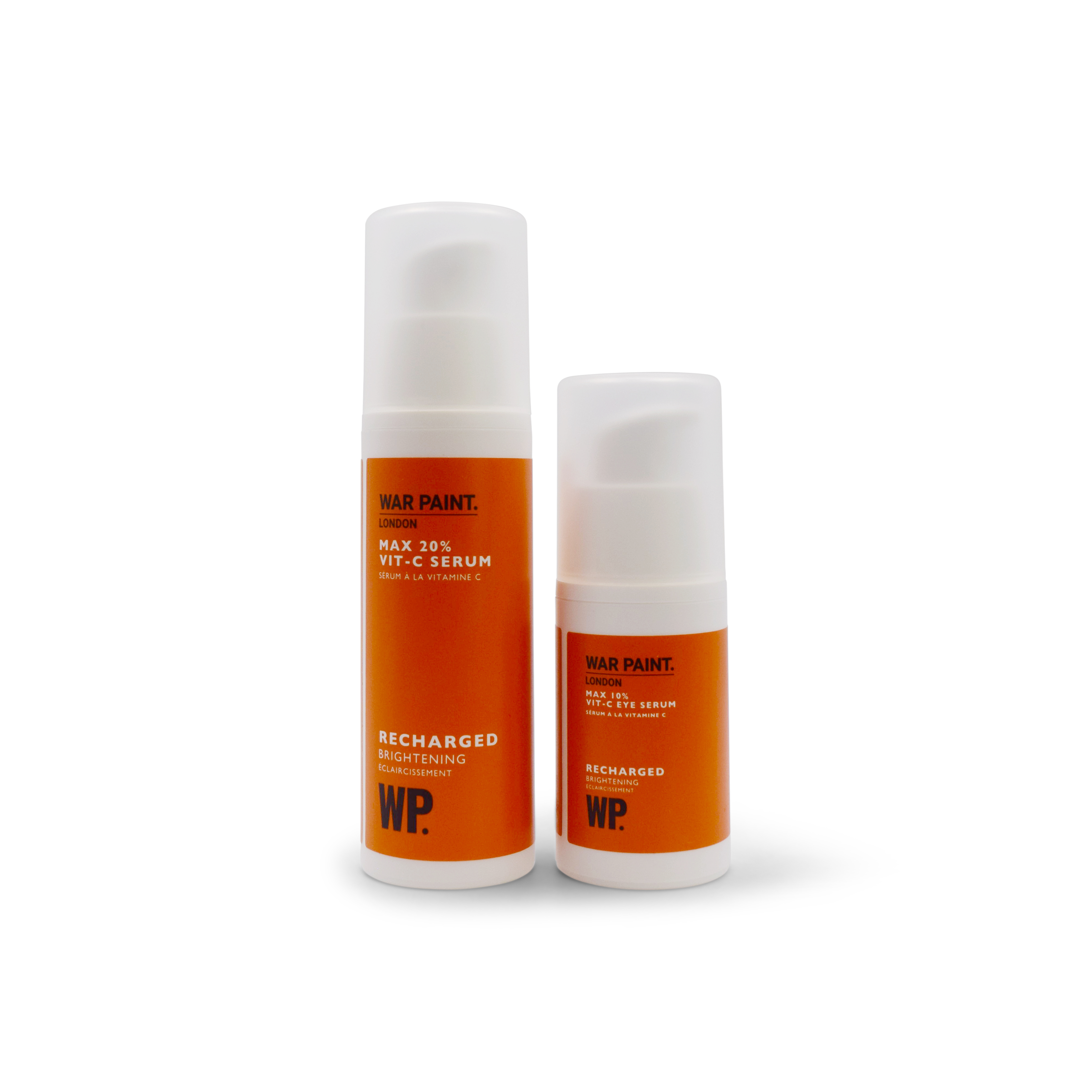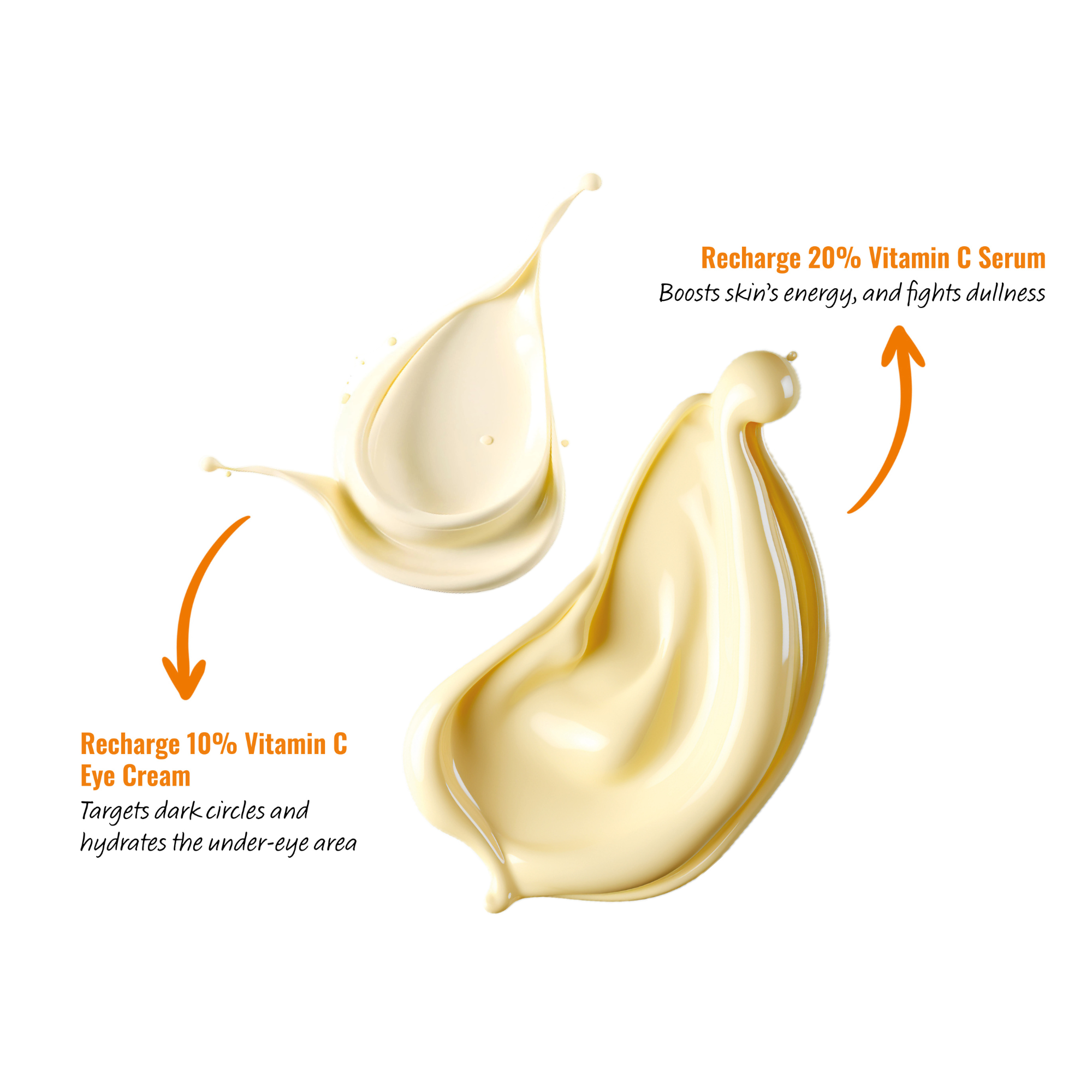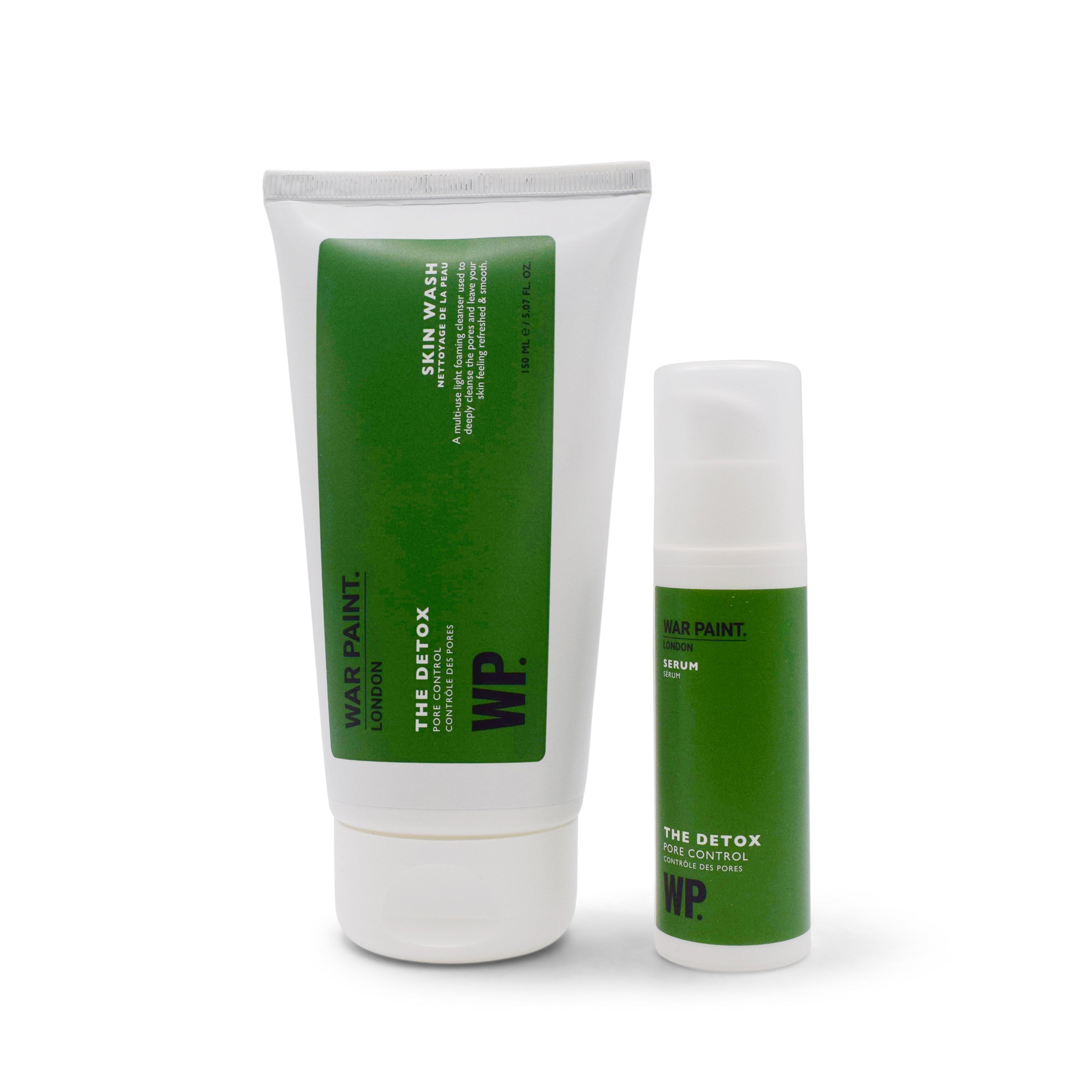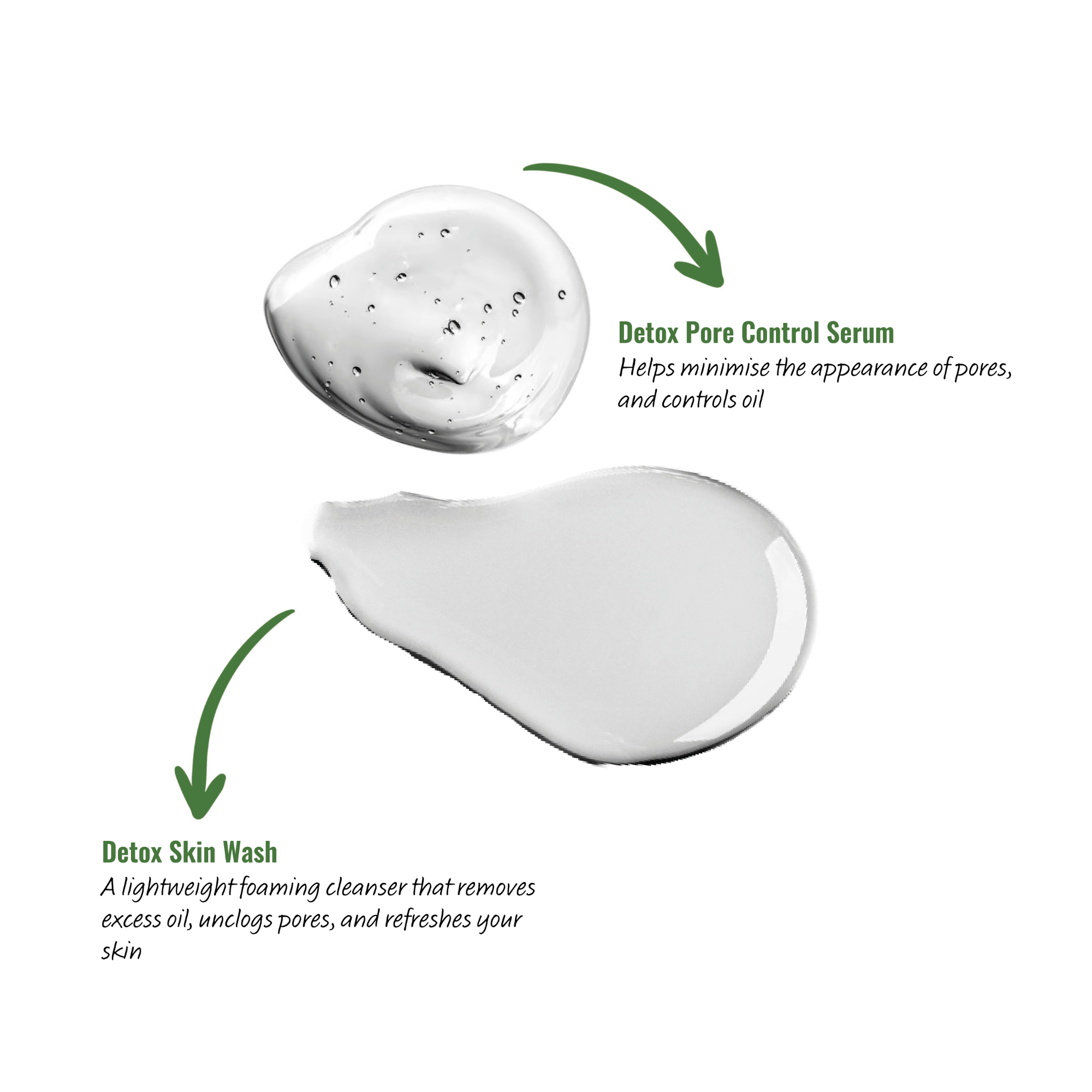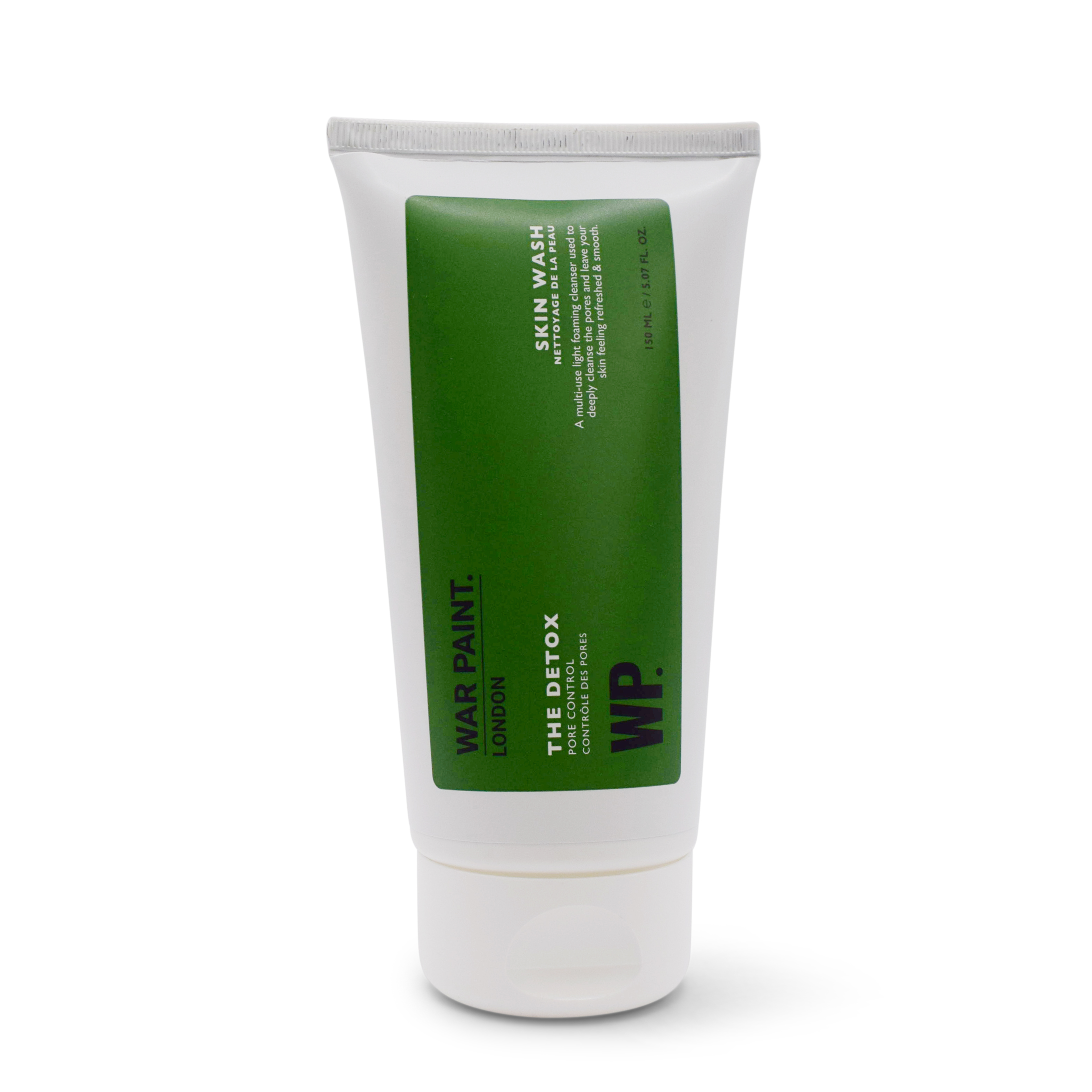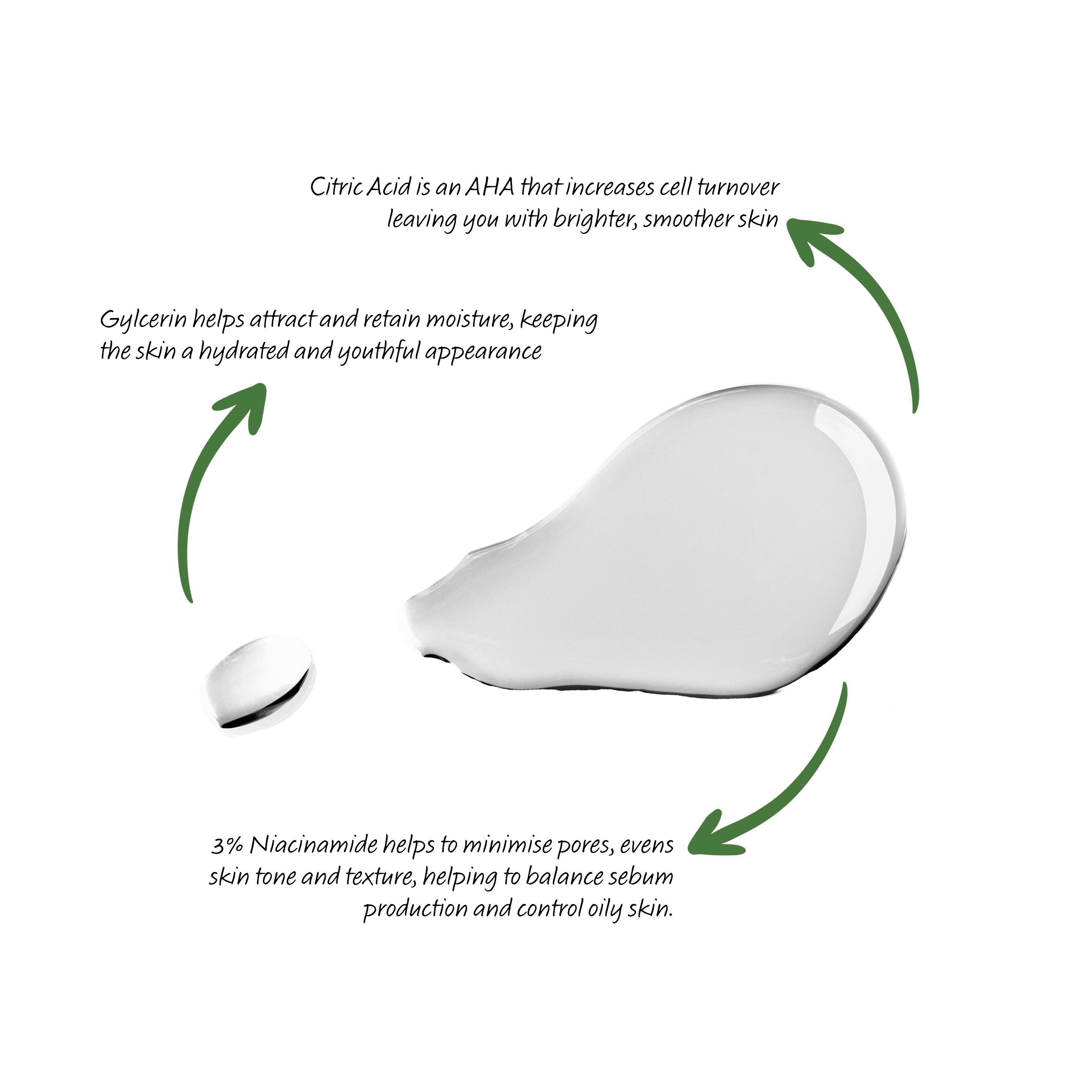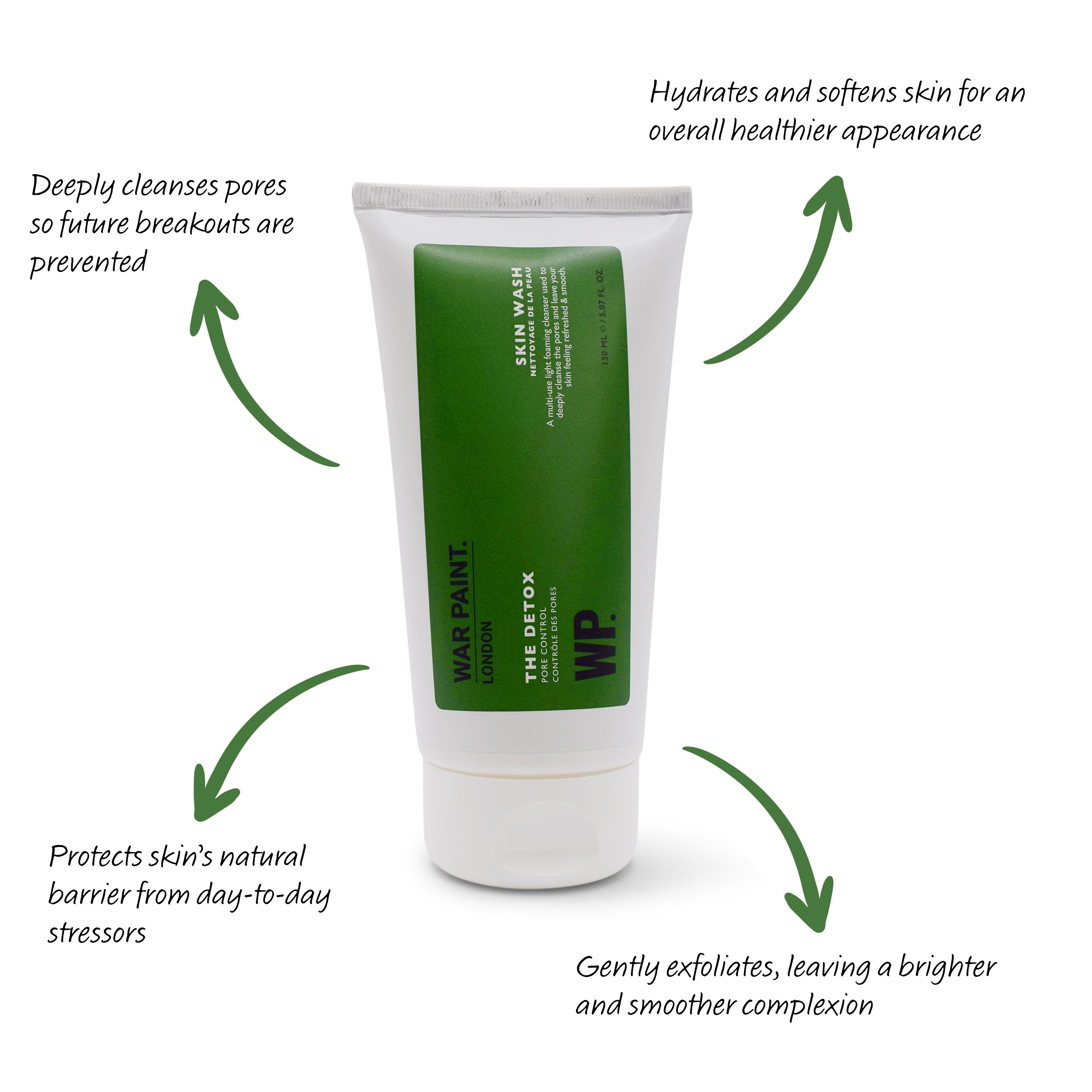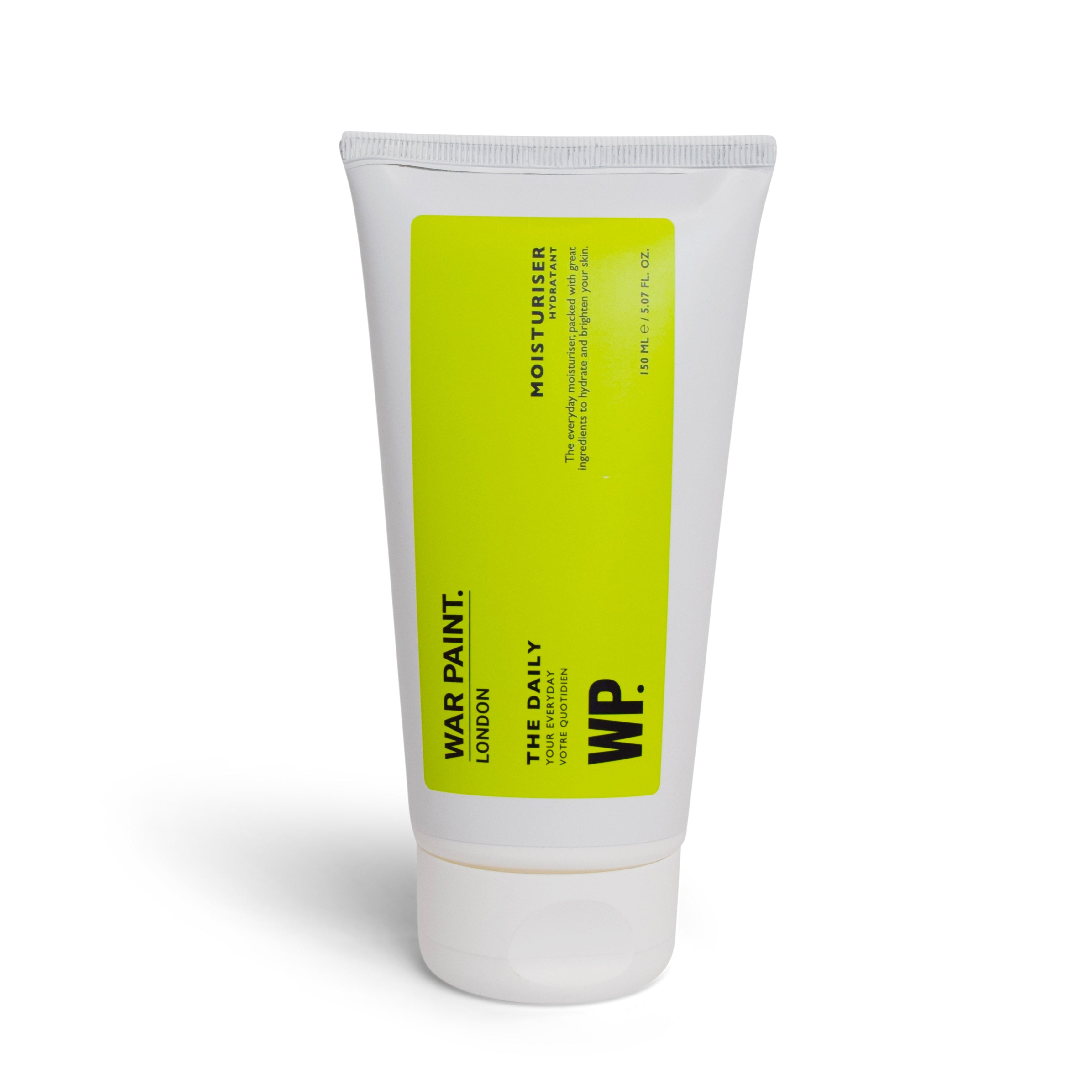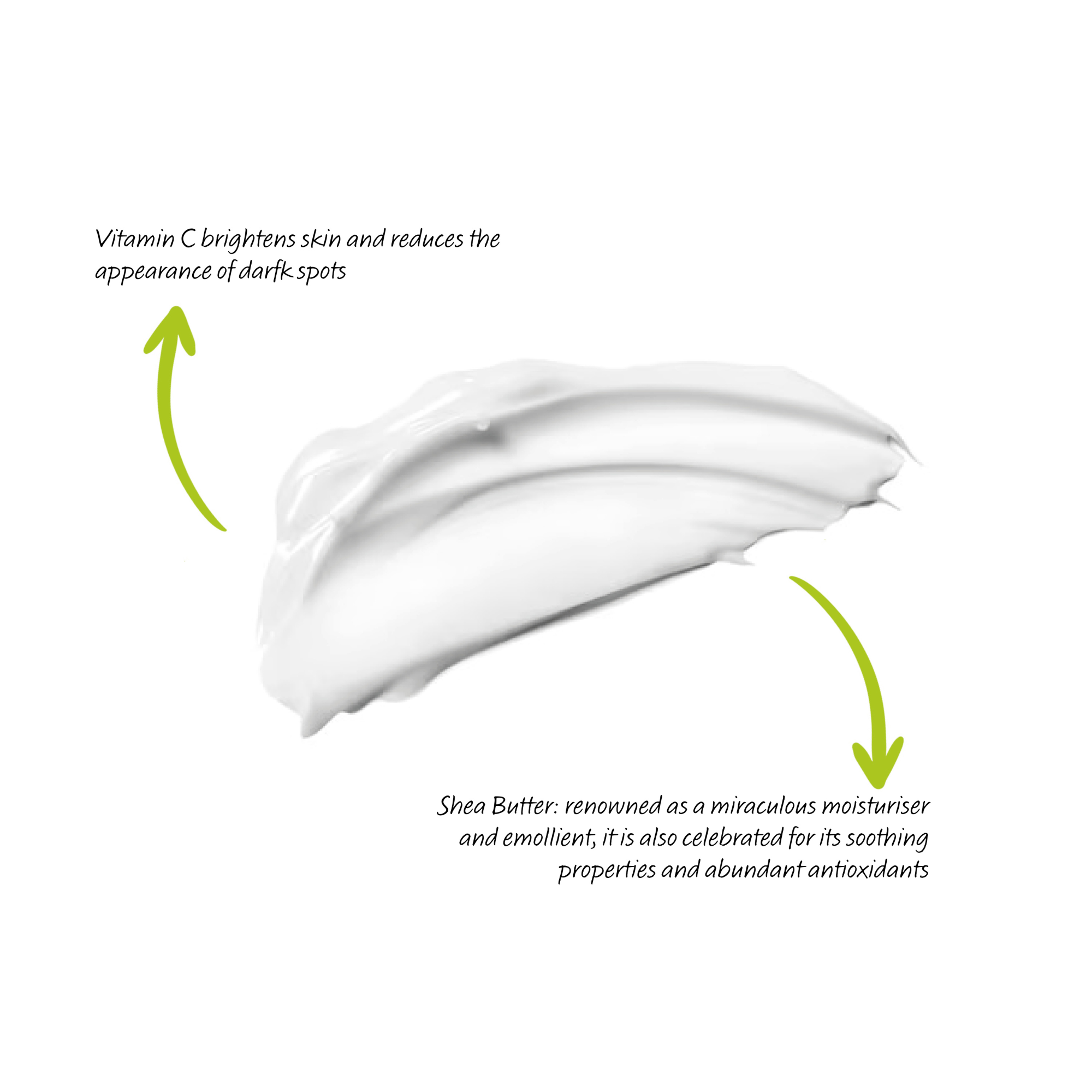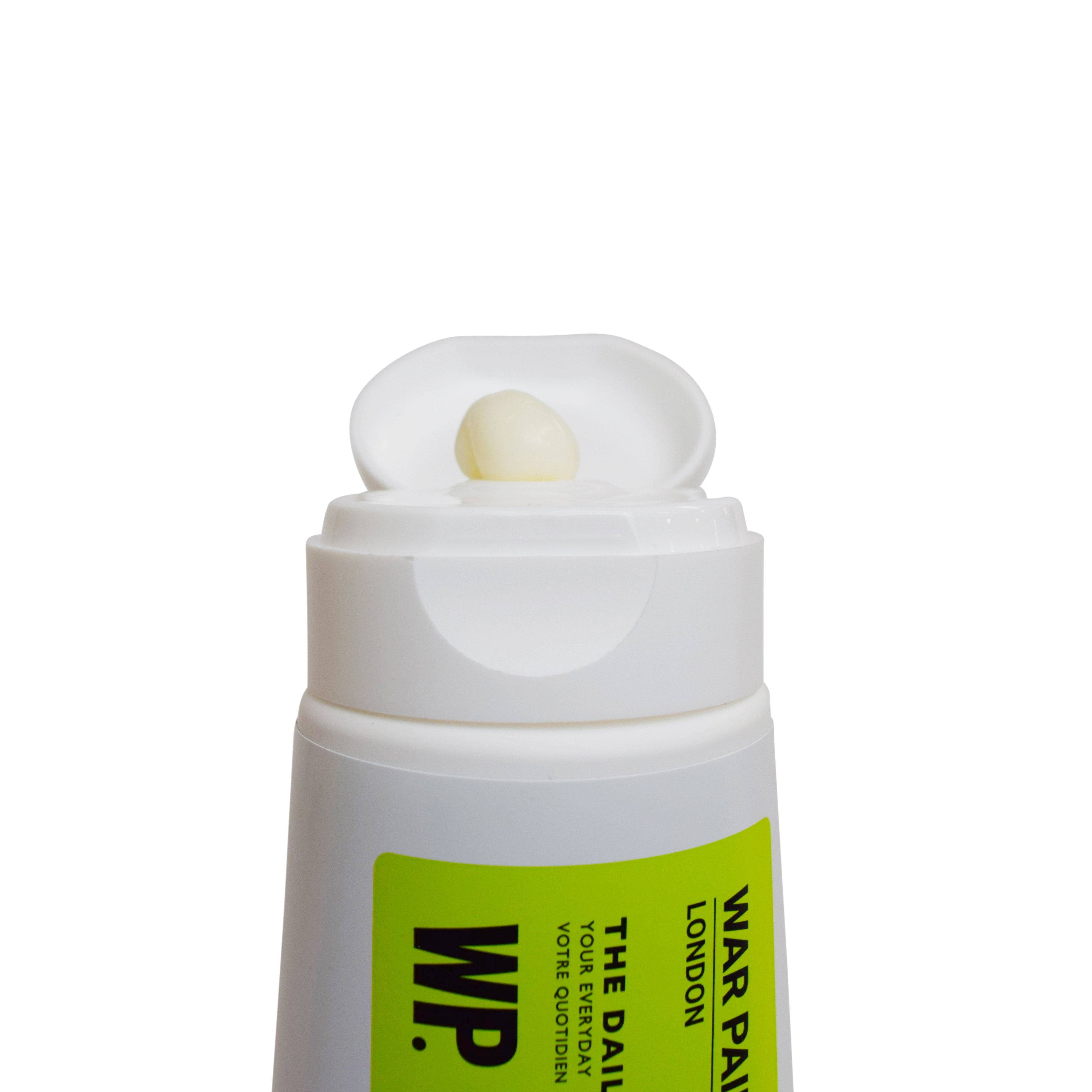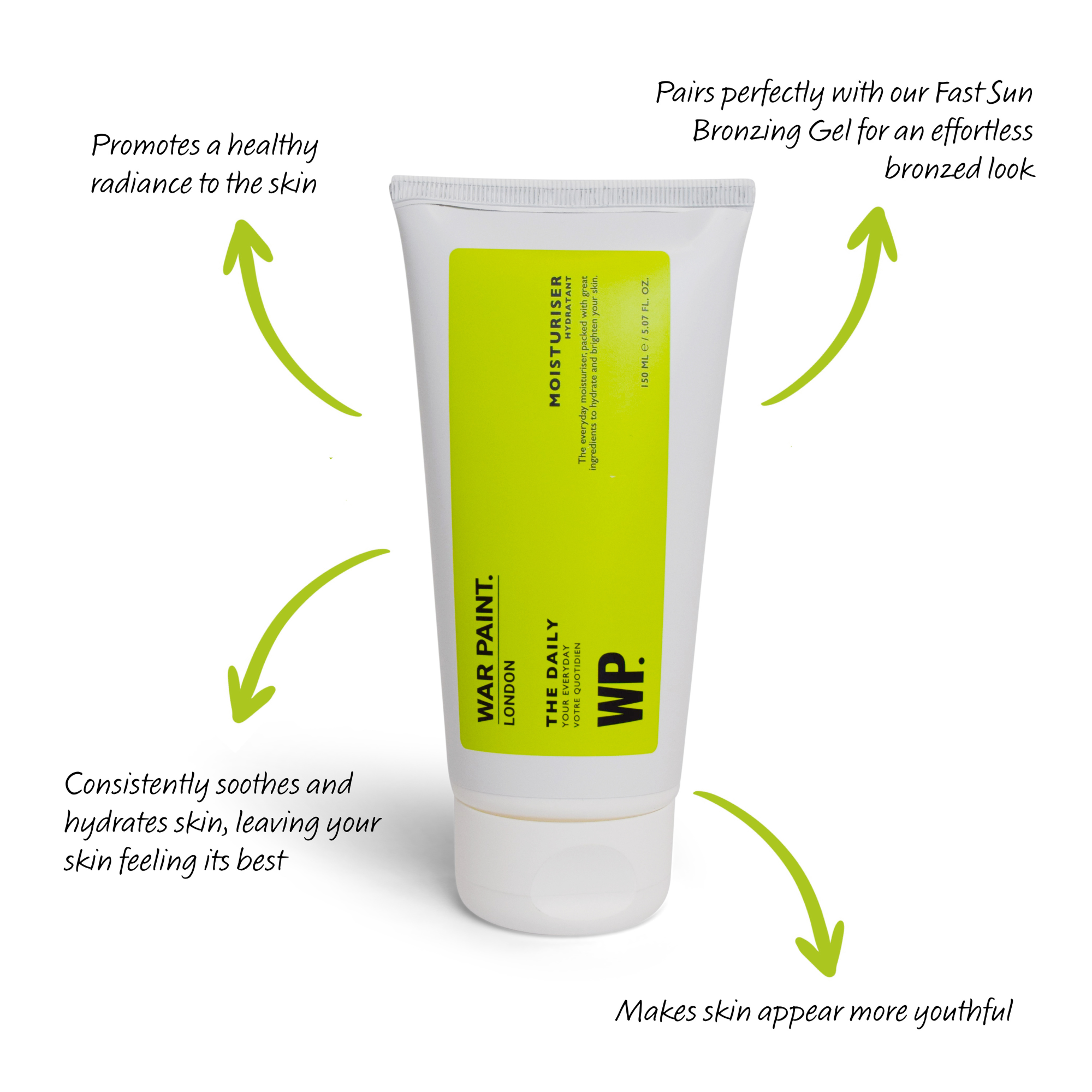In today's fast-paced world, where social media seems to be recommending us new products every week, it's crucial to find skincare products that provide effective results without weighing us down. One such gem in the skincare world is the lightweight moisturiser.
In this article, we’ll be delving into the skin benefits of a lightweight moisturiser and how it can revolutionise your skin’s health. Get ready to discover the secrets to happy, hydrated skin without the heavy feeling.
THE MAGIC OF A LIGHTWEIGHT MOISTURISER
A lightweight moisturiser is a face cream that feels, you guessed it, light.
Have you ever moisturised with a men’s face cream or used a hand cream and then tried to open something or type on your phone? Do you remember that almost slippery or sticky feeling? That’s down to the oils in the moisturiser, which can take a while to be absorbed into your skin. Lightweight moisturisers tend to be water-based rather than oil-based so that they absorb into your skin quickly without any greasy residue left behind.
A lightweight texture to your skincare is ideal during summer months when you might not need as much hydration compared to during the cold winter months. It’s also excellent for anyone with oily or blemish-prone skin who might not like the feeling of a thick or heavy face cream.
If you wear makeup, a lightweight moisturiser makes a great base. As it absorbs quickly into your skin, you can get to applying your makeup straight away rather than needing to wait for your skincare to sink in. Another plus is that they don’t leave behind any residue, which can make makeup application difficult and patchy.
The Benefits of a Lightweight Moisturiser
There are several reasons lightweight moisturisers are gaining so much popularity. They’re a great way to get deep hydration without the heavy feeling. You might assume they’d be less hydrating, but most of the time, that isn’t the case.
The non-greasy formula style is great for all skin types. If you have dry skin, a lightweight moisturiser can still provide the level of hydration you need. If you have an oily or blemish-prone skin type, a lightweight moisturiser is great as it will help to balance oil production without being too heavy or greasy.
For most men, time is a crucial factor when choosing their grooming routine. We want quick, easy and effective products. A lightweight moisturiser will be absorbed super quick, so you’ll get instant and noticeable results. You can then move on to the next part of your routine and layer up with other skincare products, such as Eye Cream, or you can move on to your makeup products without needing to wait for anything to be absorbed. Not only this, but your makeup will last longer and look better if your skin is suitably hydrated. If you have dry patches makeup could cling to them, which isn’t the vibe.
Choosing the Perfect Lightweight Moisturiser
Picking your ideal lightweight moisturiser doesn’t have to be complicated. Start by thinking about your skin type and skin concerns. Depending on what these are, you may want to look for specific ingredients or look for certain words on the packaging that will indicate to you that it’s made for your skin type. For example, if you want something to help your skin look less dull, look for something that will brighten.
If you're after a lightweight moisturiser, a gel formula is a great place to start. Check out the War Paint Moisturiser which is super lightweight, and great for optimising skin health. This clever formula works for all skin types.
If you don’t know your skin type, here’s a quick way to test. Start by washing your face with lukewarm water and a gentle cleanser. Pat it dry with a towel and then wait for 20-30 minutes without putting on any products or skincare. If your skin feels tight or has flaky areas, it sounds like you have dry skin. If you sometimes get reactions to different products, you’re likely to have sensitive skin. If your skin feels a little greasy and you often get breakouts, you probably have oily skin. If you have some areas that are dry and some that are oily, you have what’s called combination skin.
Here are some hints to help you find your ideal lightweight moisturiser.
If you have dry skin: Look for ingredients such as hyaluronic acid or sodium hyaluronate. Look for words related to hydration, such as ‘moisture’ and ‘hydrated’.
If you have oily/blemish-prone skin: Look for ingredients that help to exfoliate such as mandelic acid, niacinamide, salicylic acid, and kaolin. You can also look for words like AHA and BHA. Avoid ingredients that can strip the skin of natural moisture, such as alcohol, which can cause more problems with oiliness long-term.
If you have sensitive skin: A few ingredients to look out for are aloe, tiger grass, niacinamide and hyaluronic acid. Look for words such as ‘calming’, ‘soothing’ and ‘gentle’.
Some people say you need to be able to understand every ingredient on the back of a skincare label. Which, unless you’ve worked in a lab, is highly unlikely. So don’t stress about not understanding what’s inside your products.
The top-rated ingredients to avoid are:
- Phthalates.
- Parabens: you’ll spot these on the packaging because they’ll usually have the word paraben in them e.g. methylparaben.
- Polyethylene Glycol aka PEG (especially in your moisturisers or sunscreen)
- Triclosan & Triclocarban.
- Sodium Lauryl Sulfate, aka SLS.
- Sodium Laureth Sulfate.
The last thing to consider when choosing a moisturiser is SPF. It’s important to wear SPF every single day, regardless of the weather. UVA and UVB rays, which cause damage to the skin, can reach you through clouds and even glass windows. You can choose a separate moisturiser with SPF to your usual moisturiser, or you can choose a formula that combines the two.
Incorporating a Lightweight Moisturiser into Your Skincare Routine
Adding a lightweight moisturiser into your routine is simple. The usual order for a morning skincare routine would be: cleansing, toning, serums, eye cream, moisturiser, and SPF. After this, you can move on to makeup application. Of course, you don’t need to be doing all those steps if that doesn’t suit you. You can just cleanse and moisturise. Some people even prefer just to cleanse once per day.
At night, the same method applies. Remove makeup if you’ve been wearing it, then cleanse, tone, serum, and finally moisturiser. It’s important to moisturise before bed because while you sleep, your skin is working hard to repair from damage done during the day. Alternatively you can use a night serum, such as the War Paint Night Serum which does both jobs for you.
If you’re using multiple moisturisers or serums, the trick for layering them is working from the formula with the lightest texture to the thickest texture. This way, the thinner textures can easily go into the skin, and the thicker ones won’t be blocking them from where they need to be.
3 tips for applying moisturiser like an expert
-
Apply moisturiser while your face is still slightly damp. The moisturiser will cling to the water and help hold it in your skin.
-
Apply the moisturiser to the tips of your fingers and rub it in. If you apply it to your palm, the product will be absorbed to your hands rather than your face.
-
Use light, upward motions. There’s no need to rub your face too hard – let the moisturiser do the job.
With a lightweight moisturiser as your skincare ally, achieving the perfect balance of hydration and a light, non-greasy feel is no longer a dream. By incorporating this game-changing product into your routine, you'll unlock the secrets to radiant, hydrated skin without any heavy burden. Embrace the power of lightweight moisturisers and witness the transformation in your skincare regimen today.

